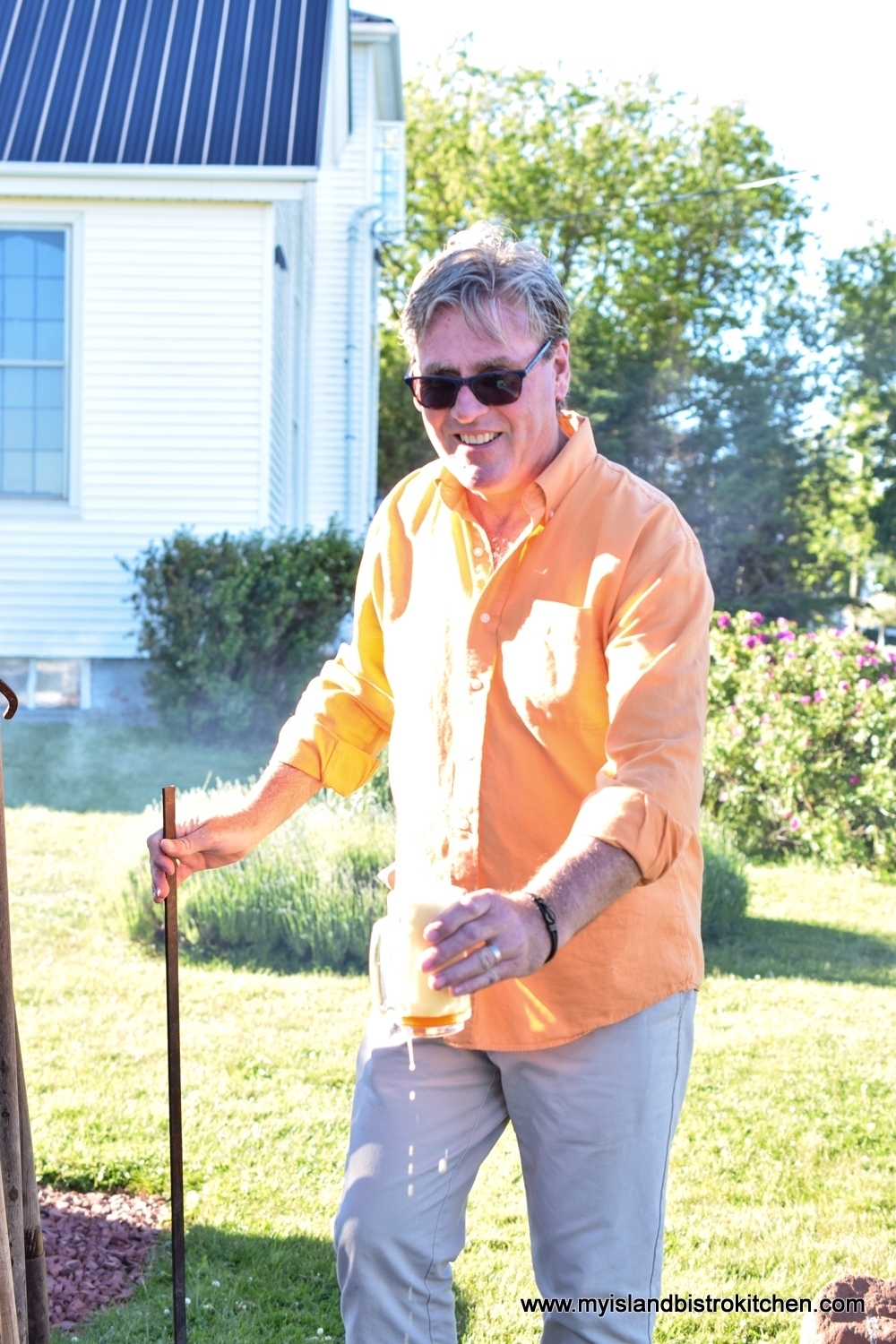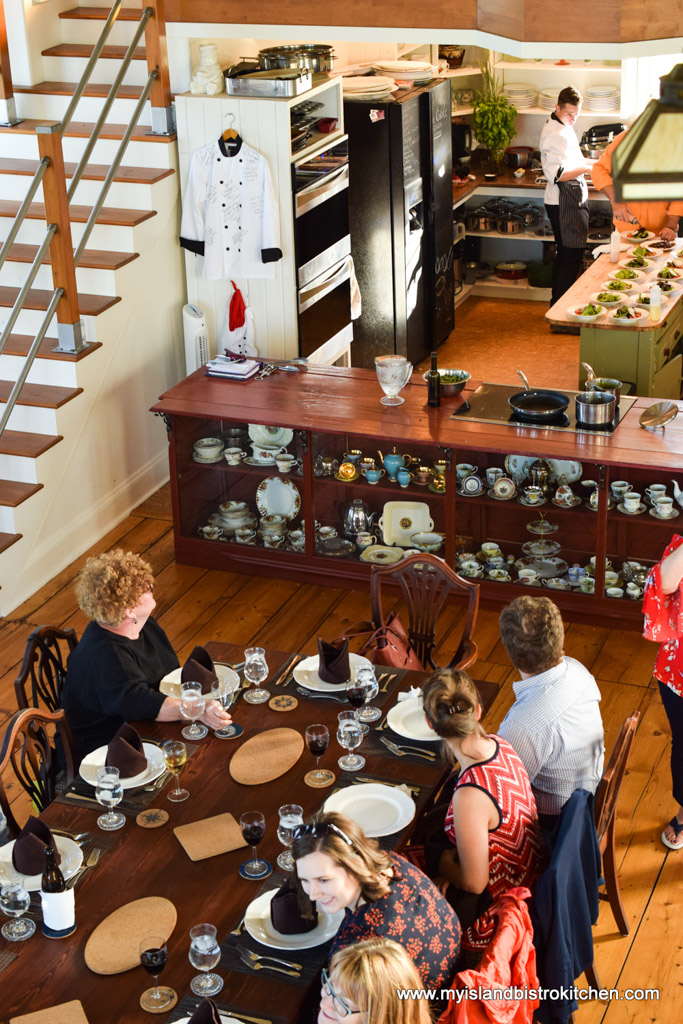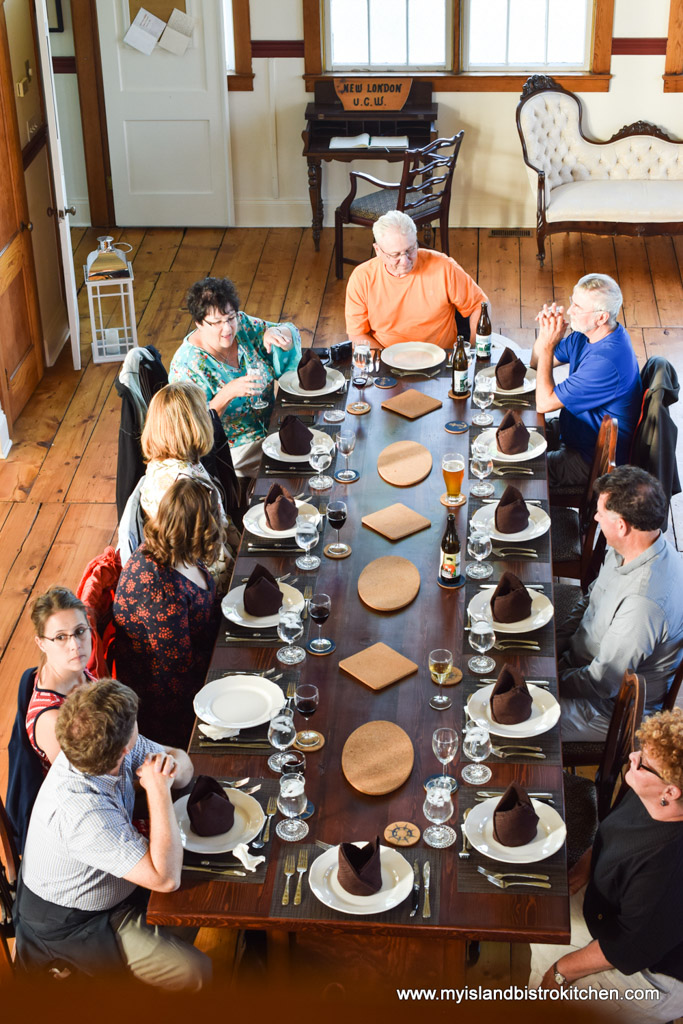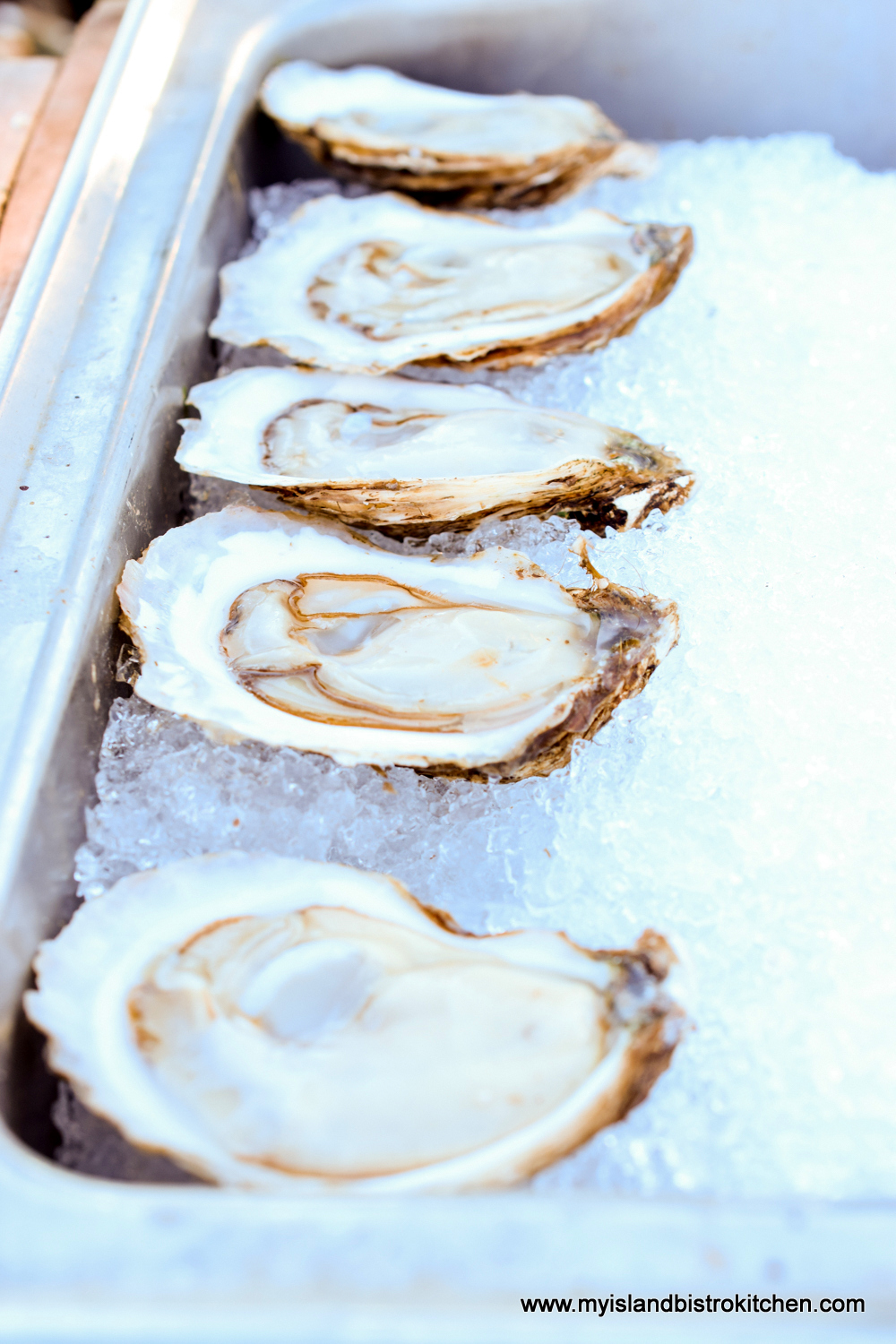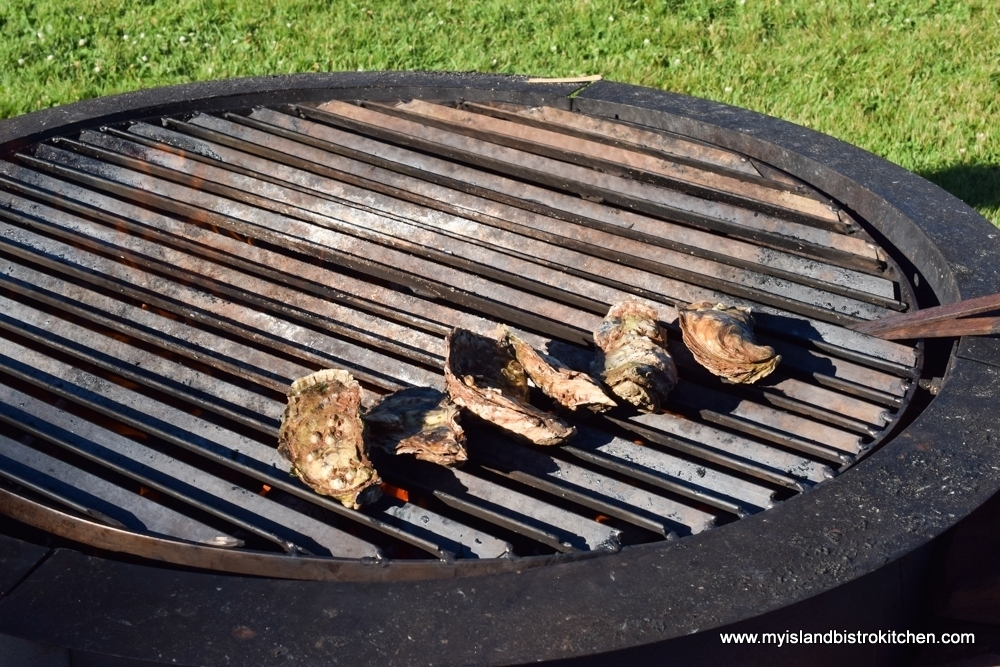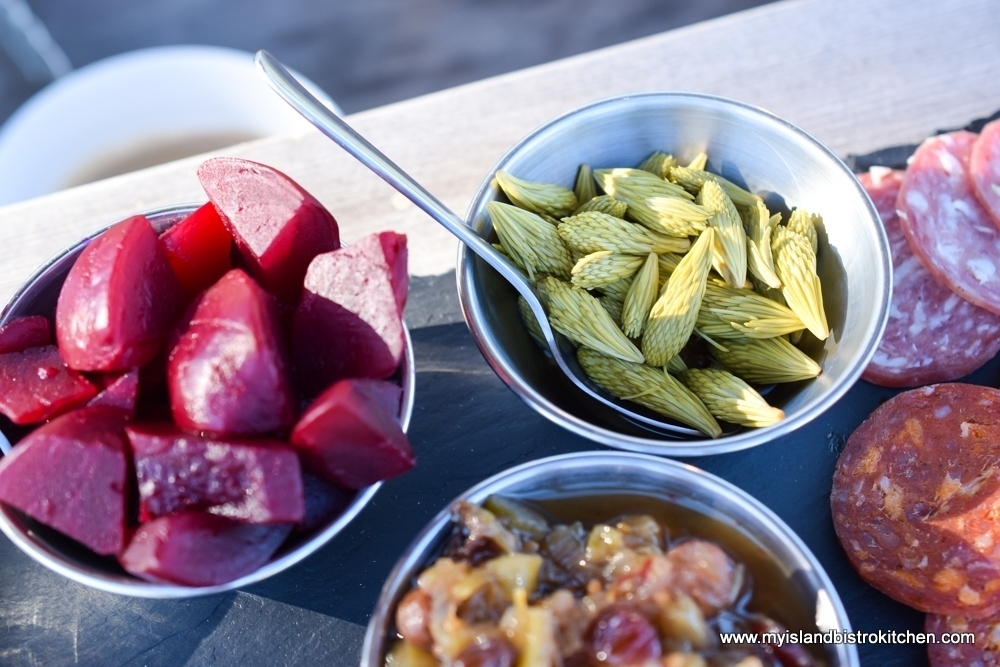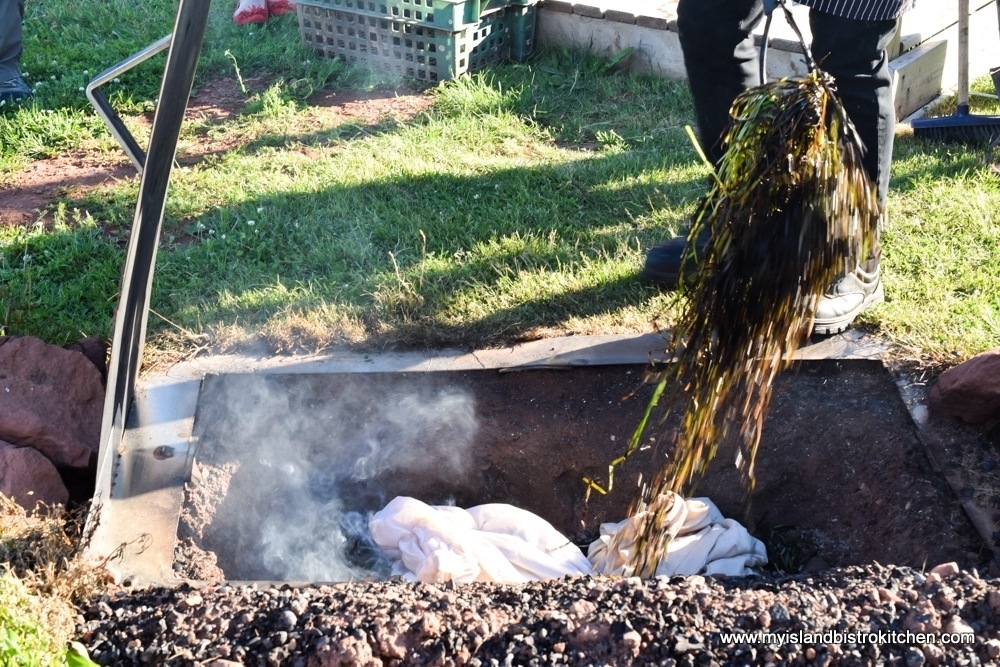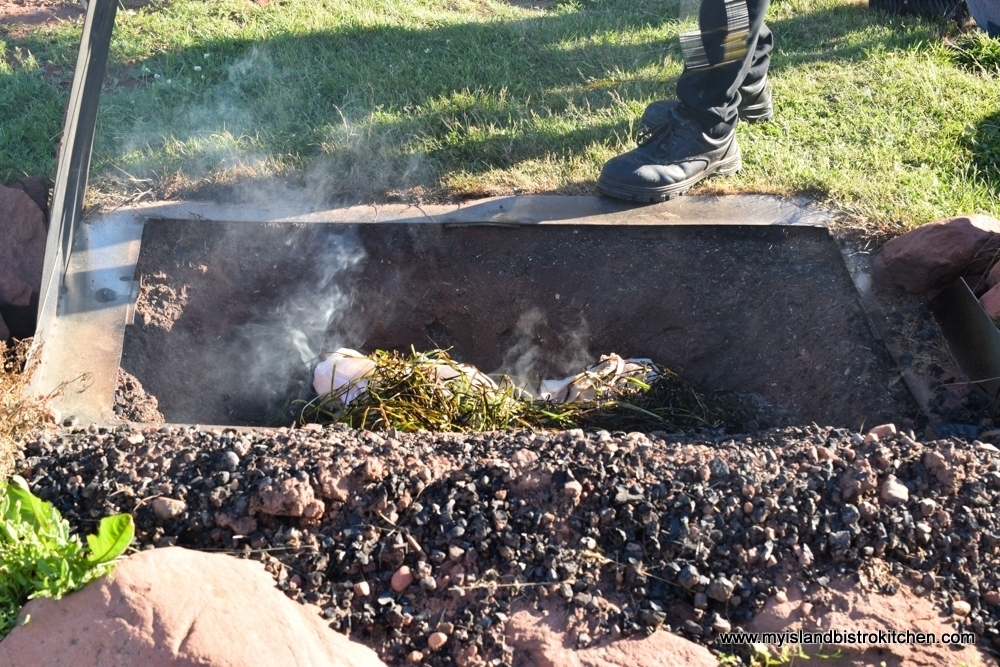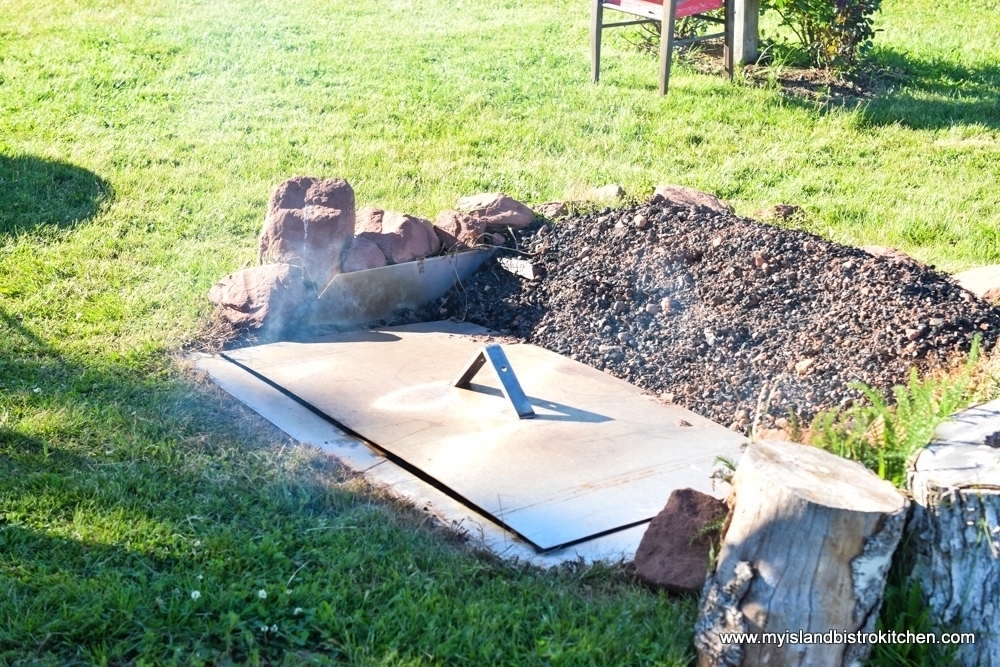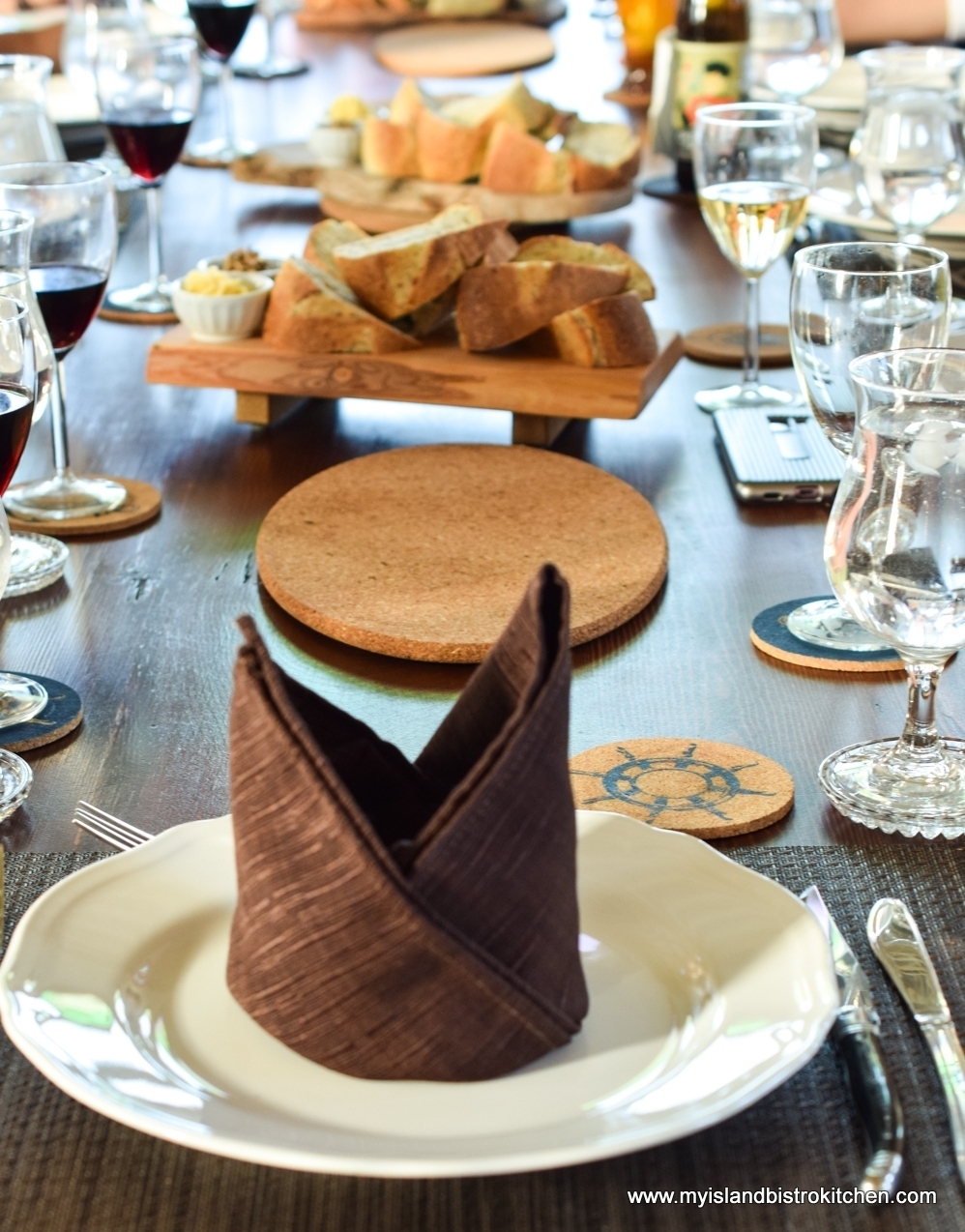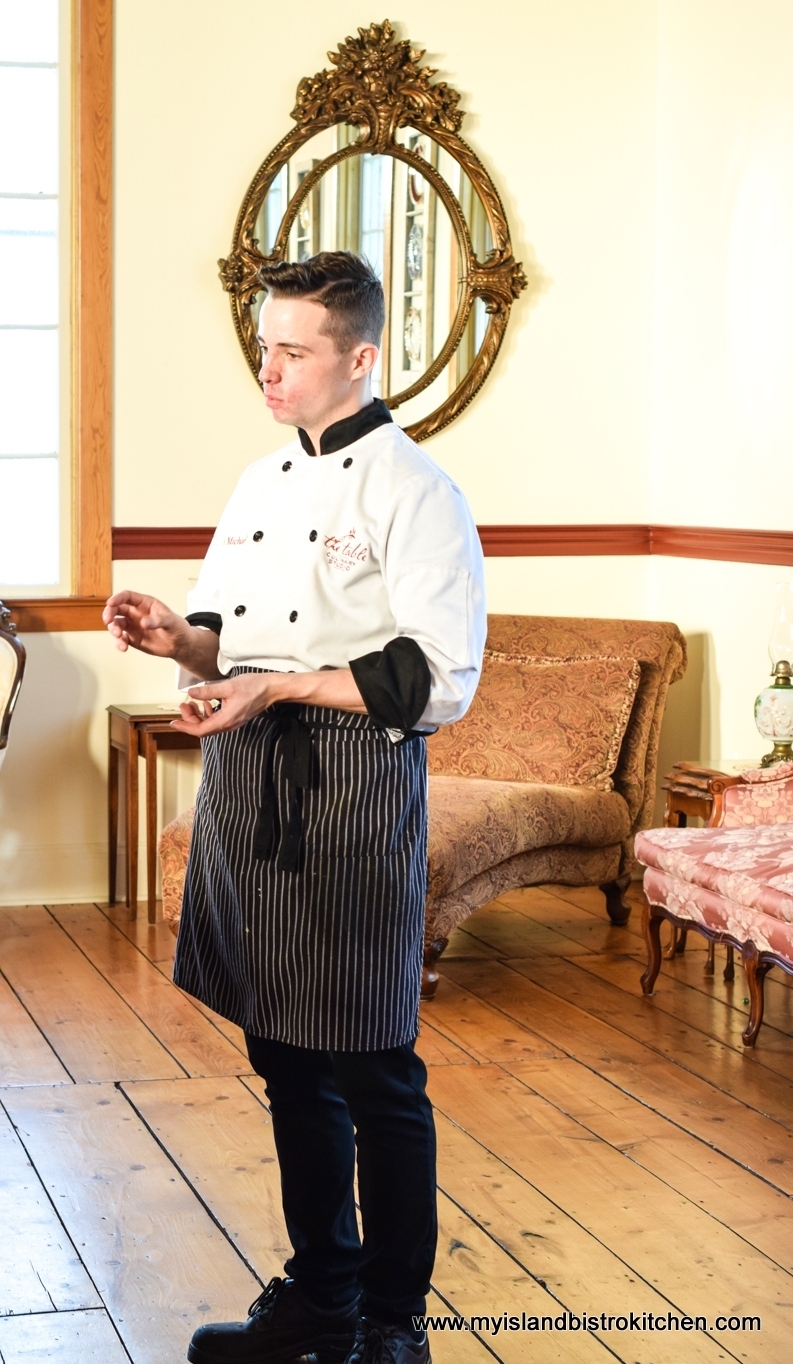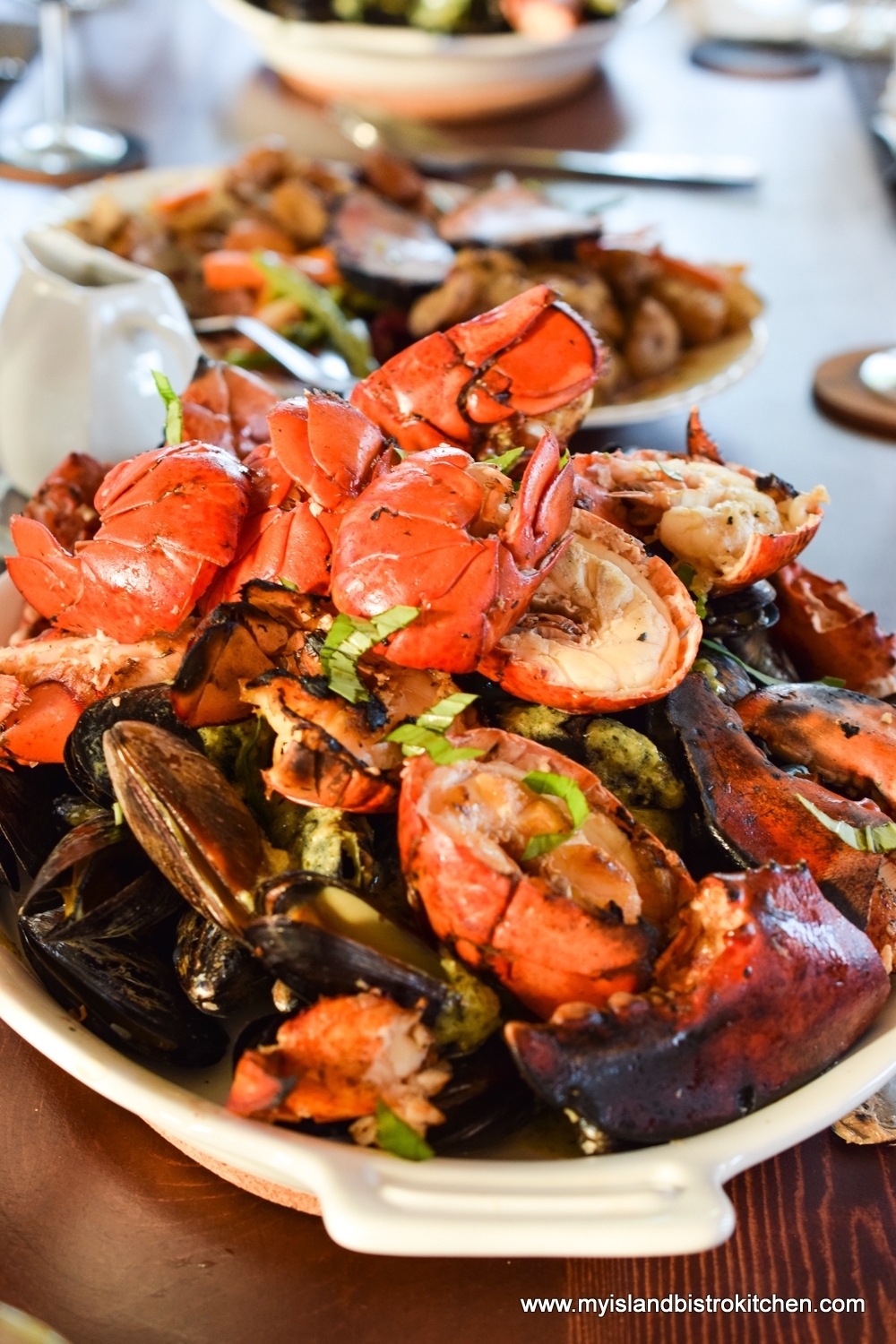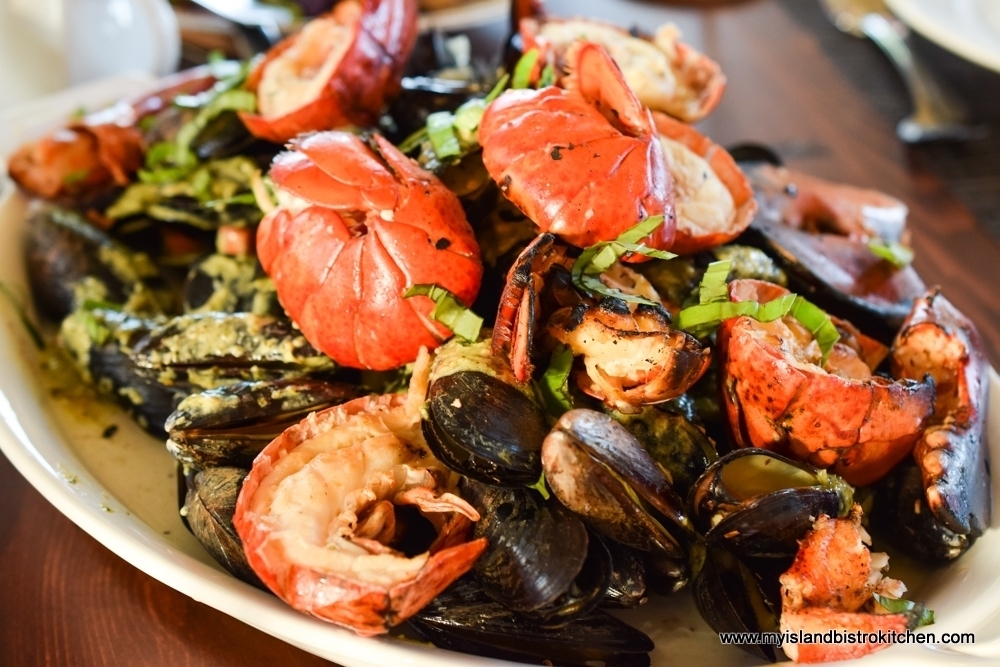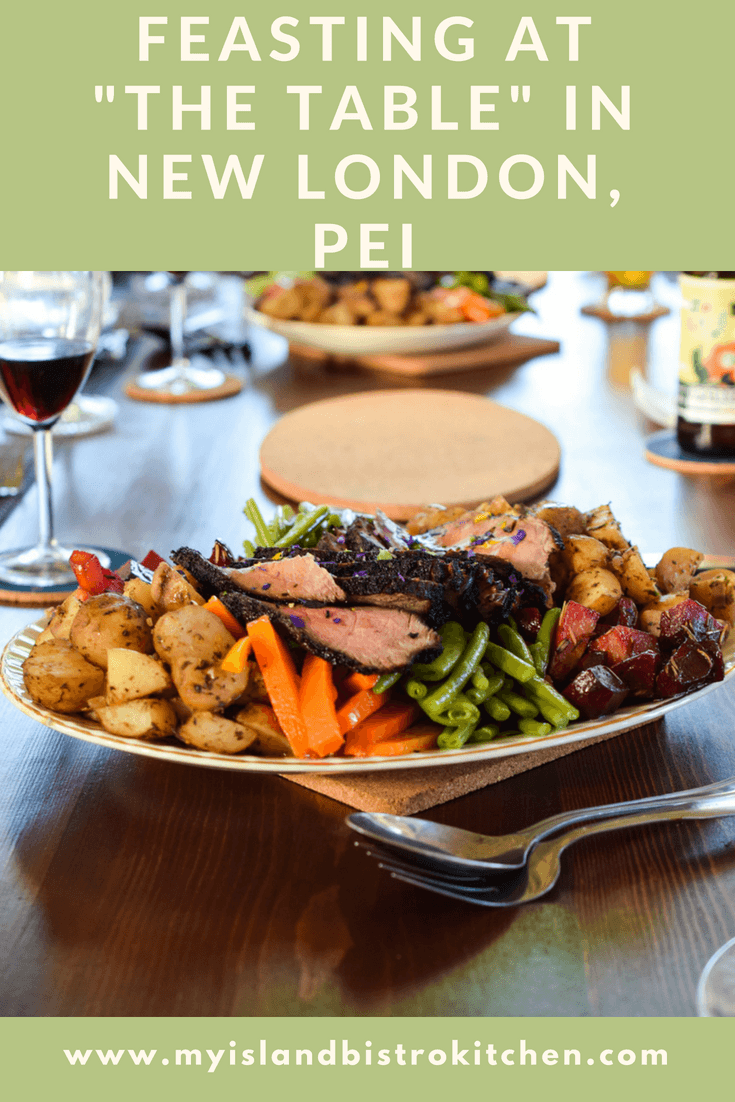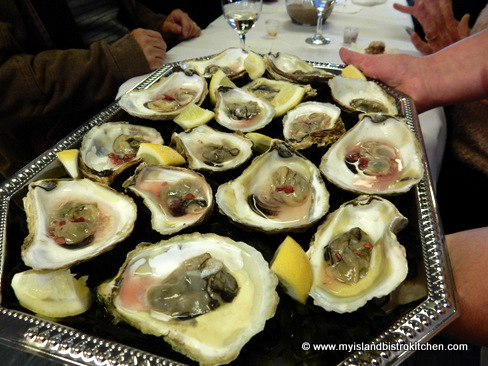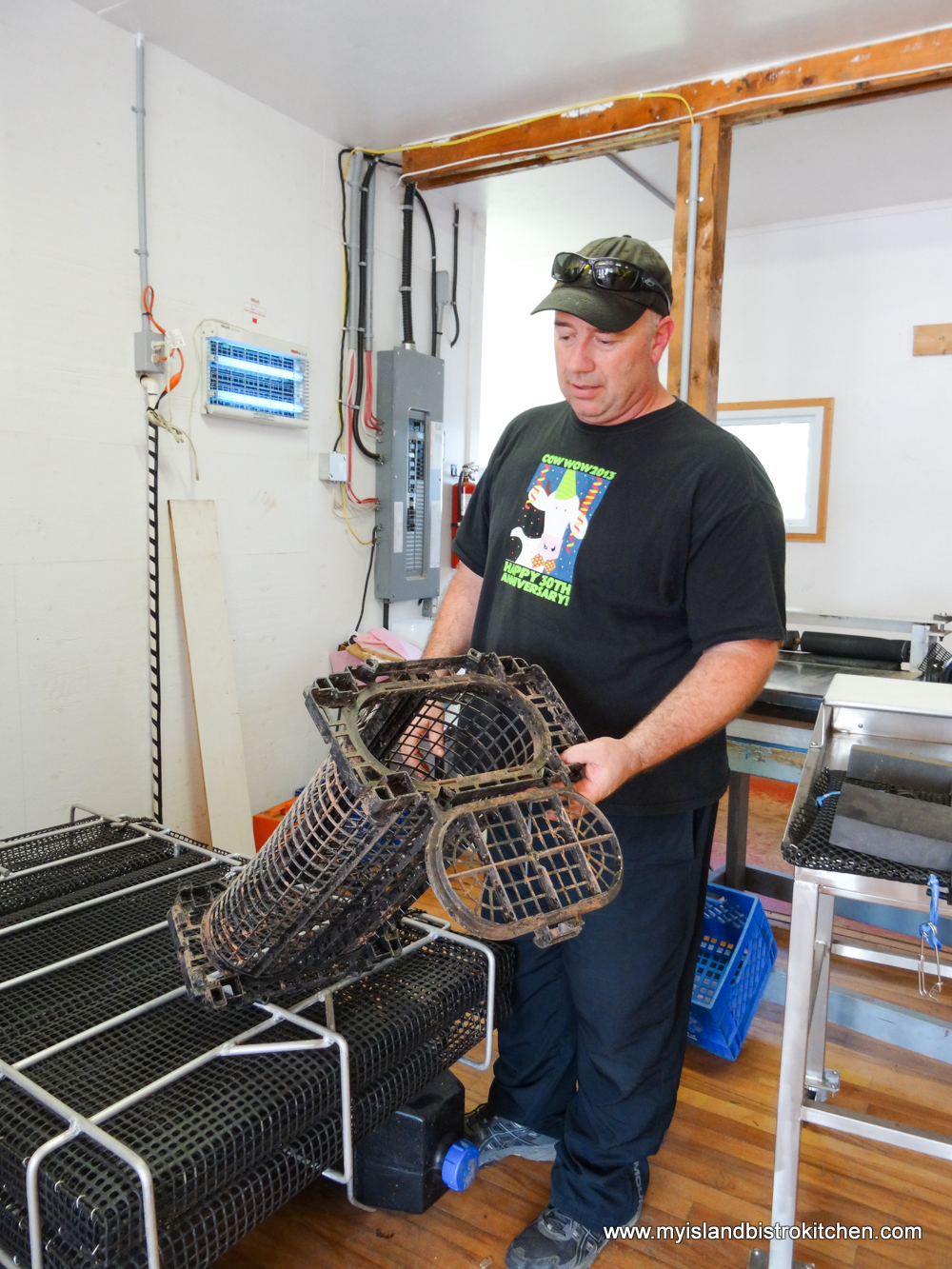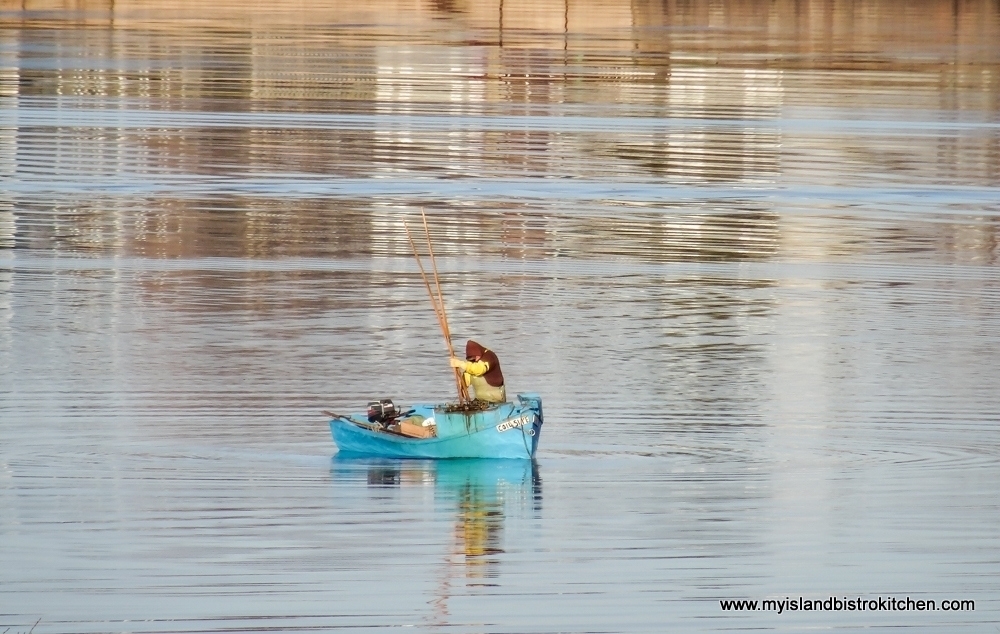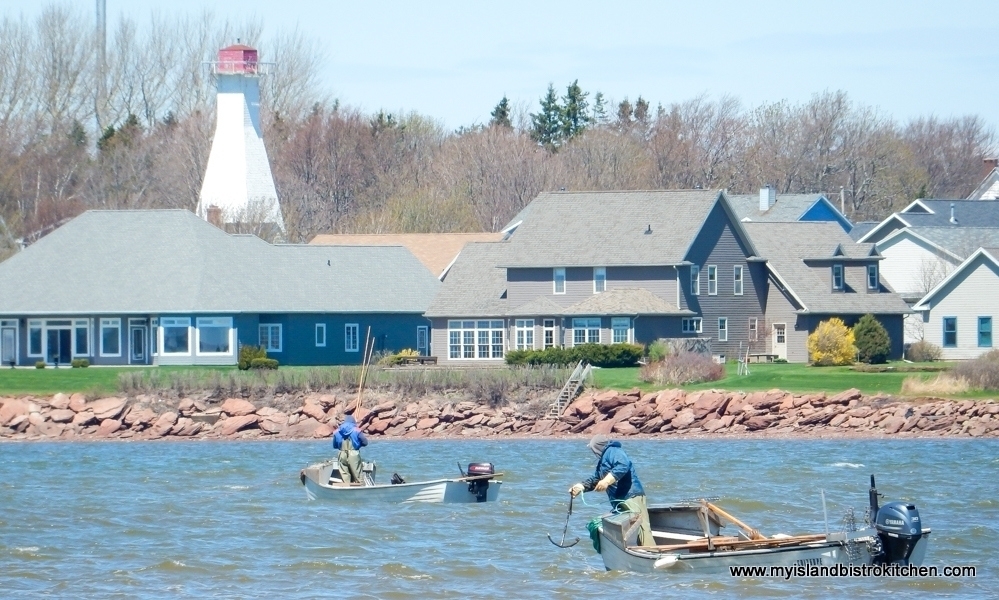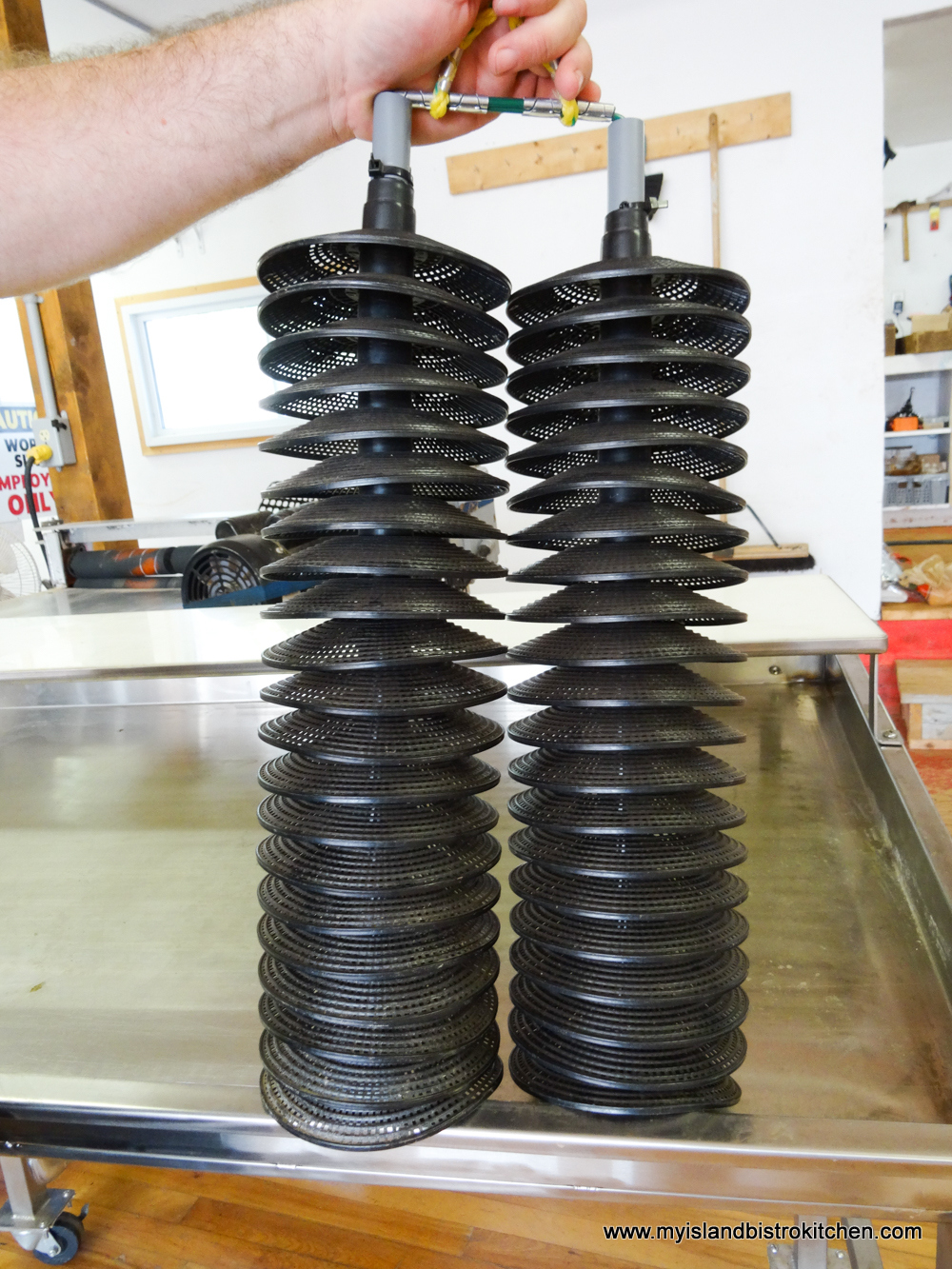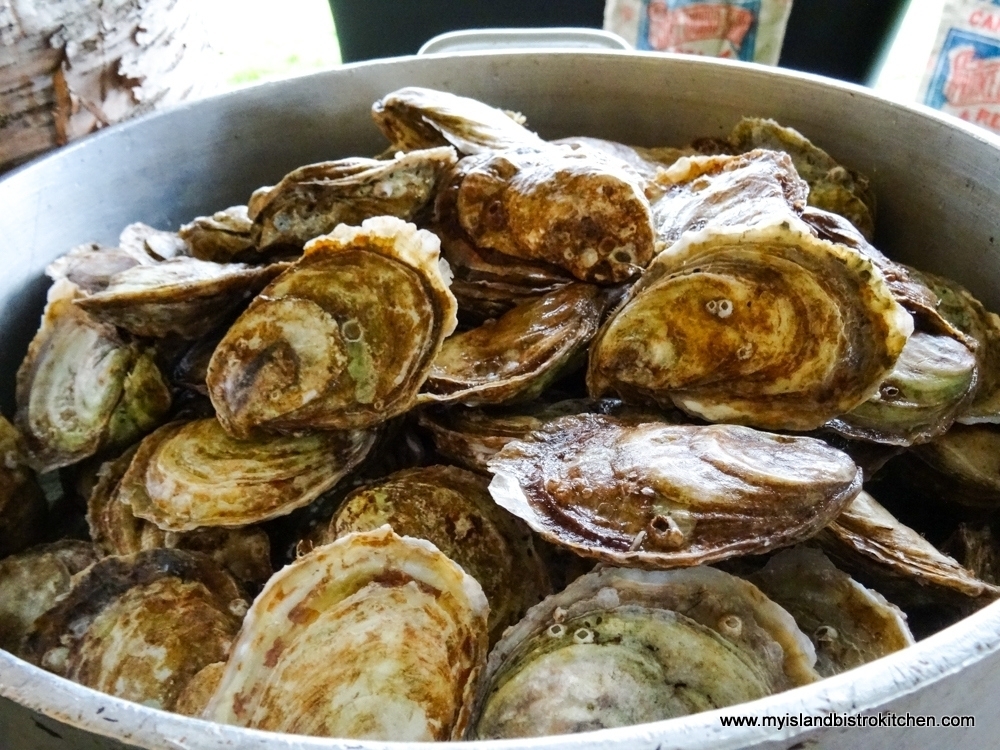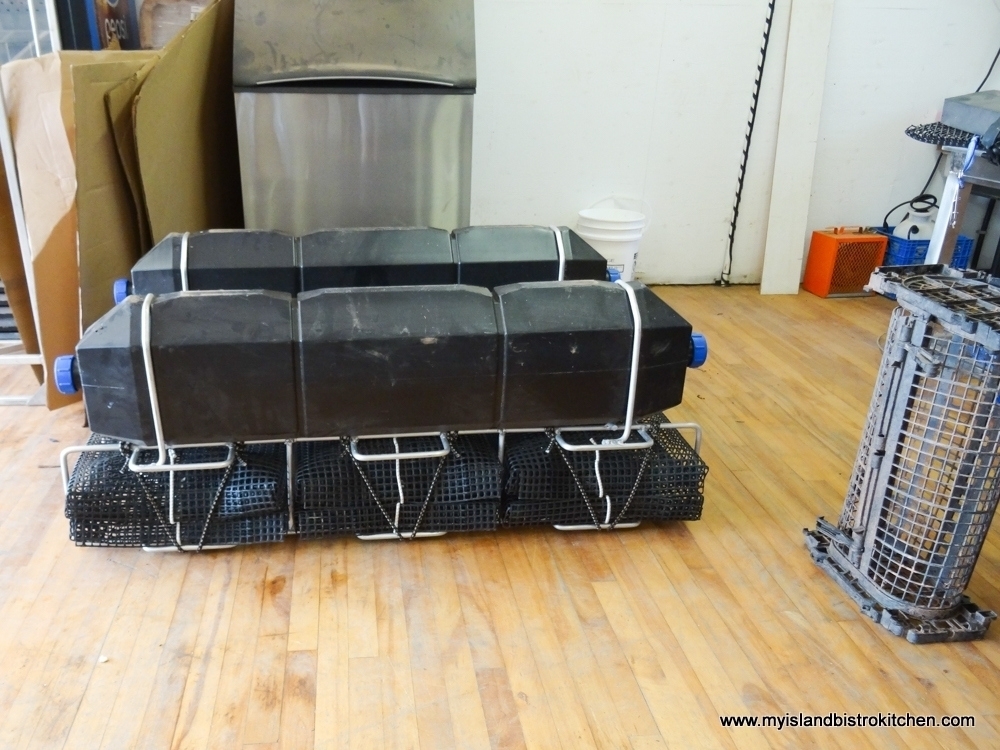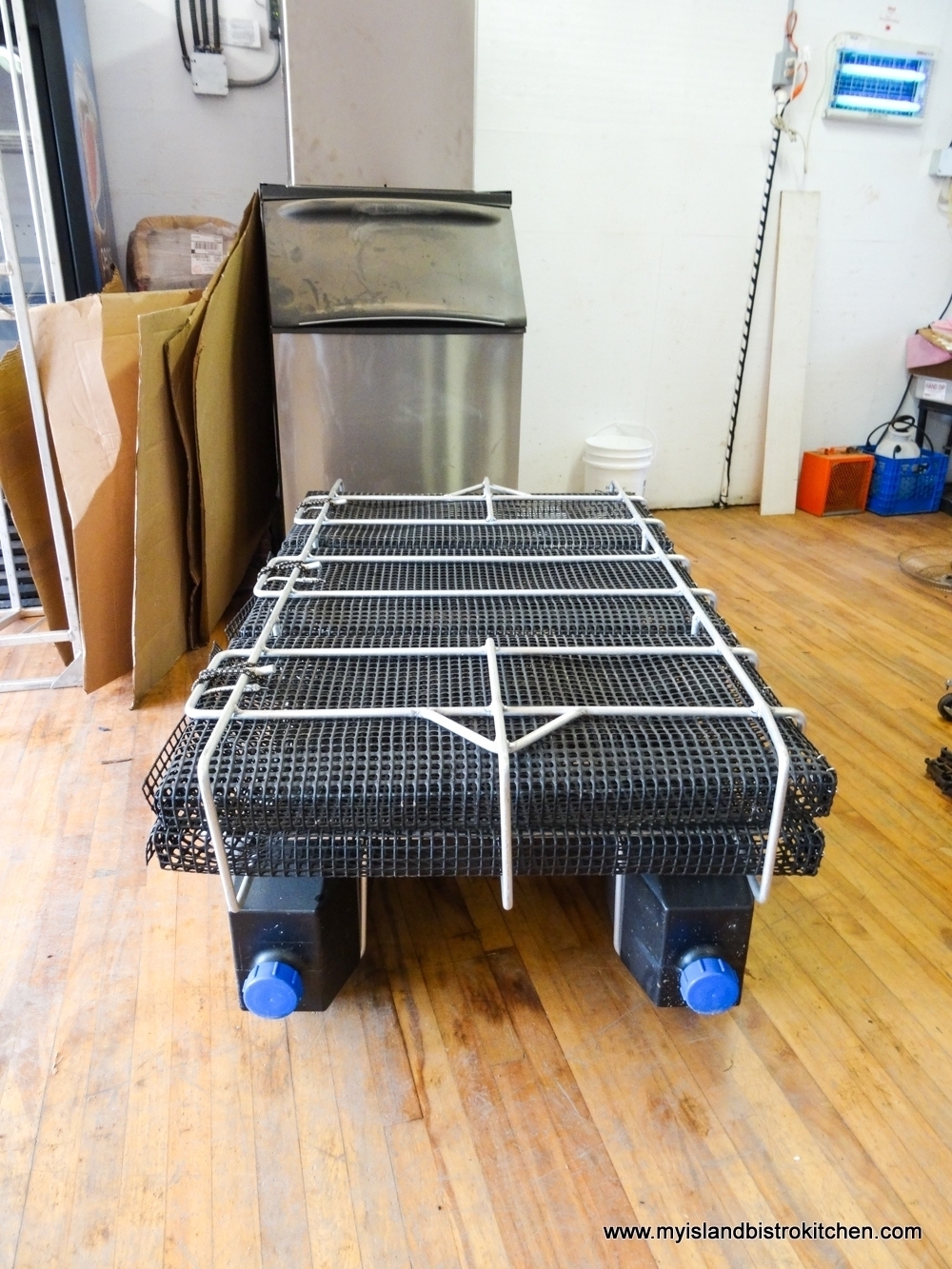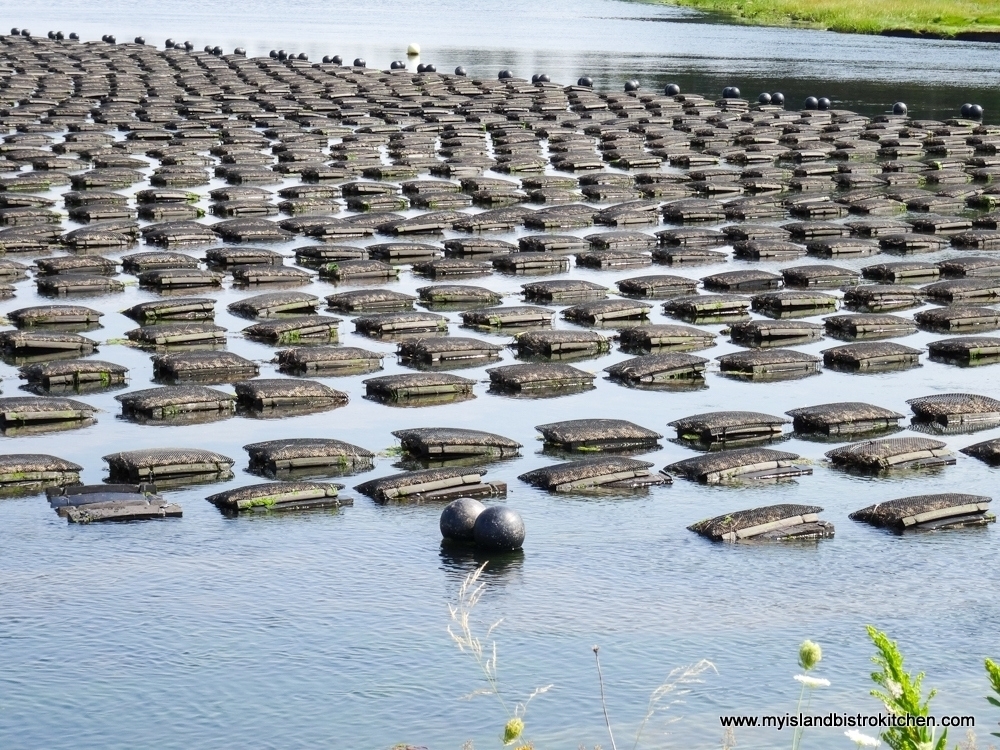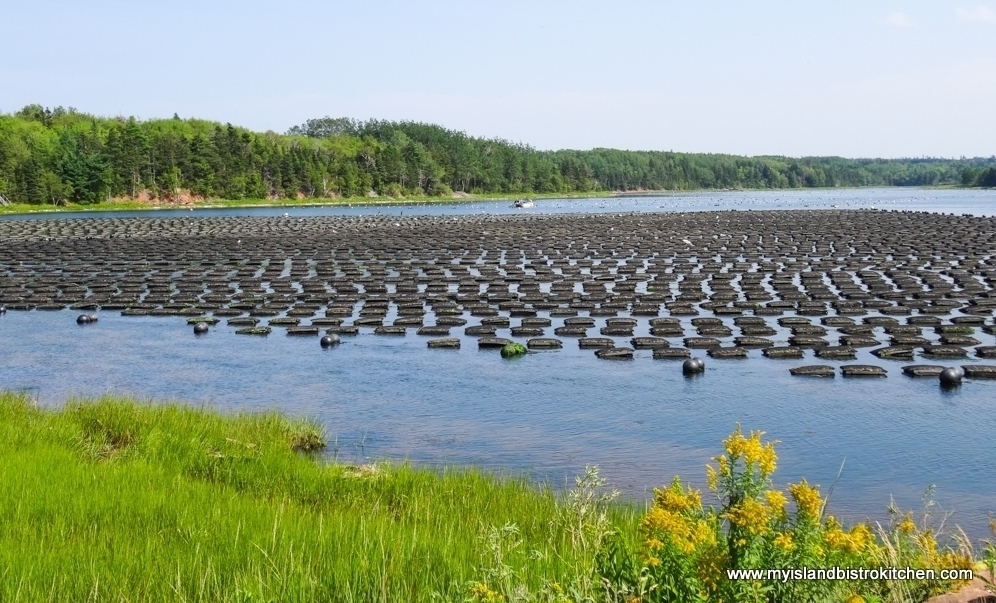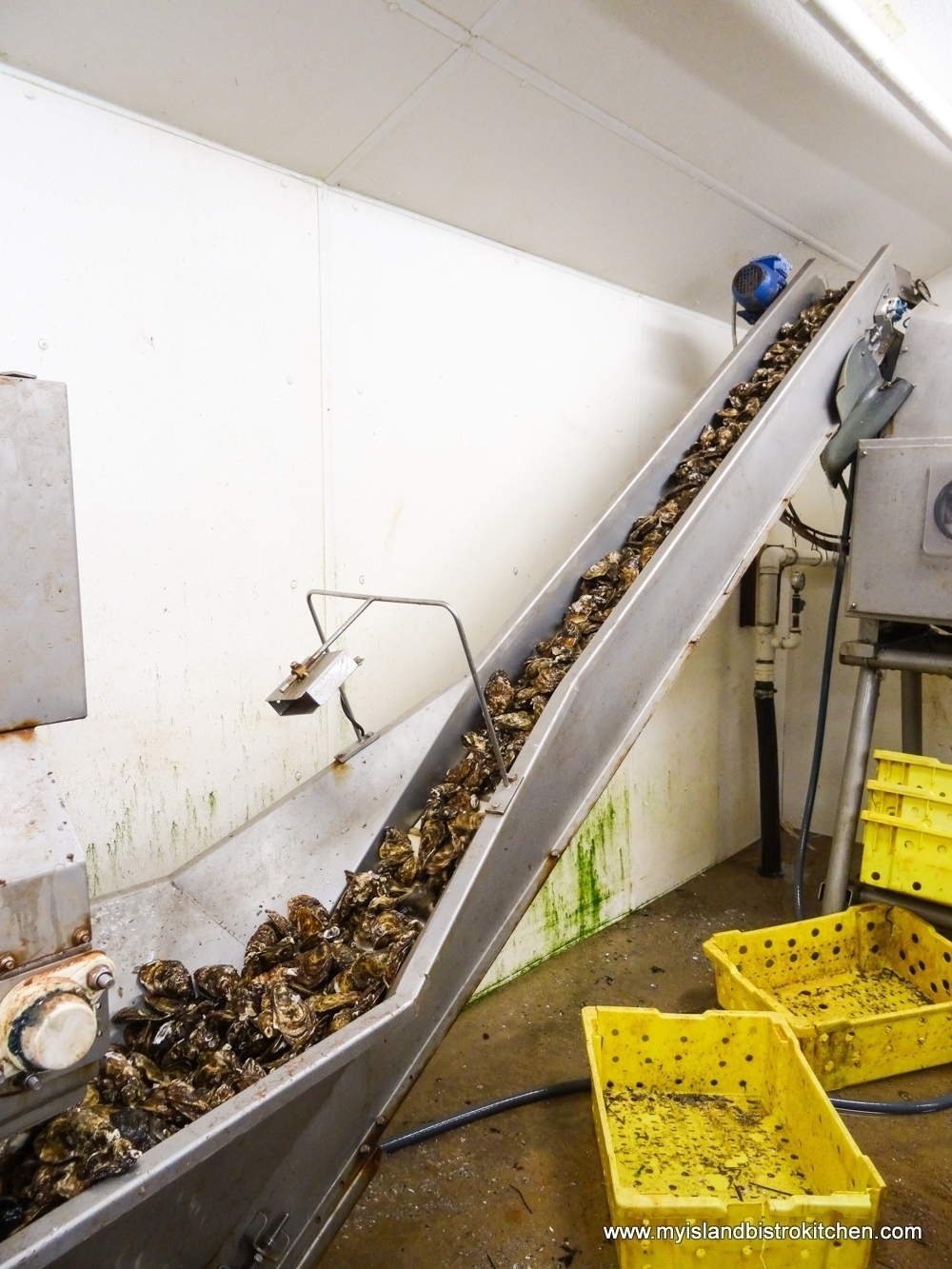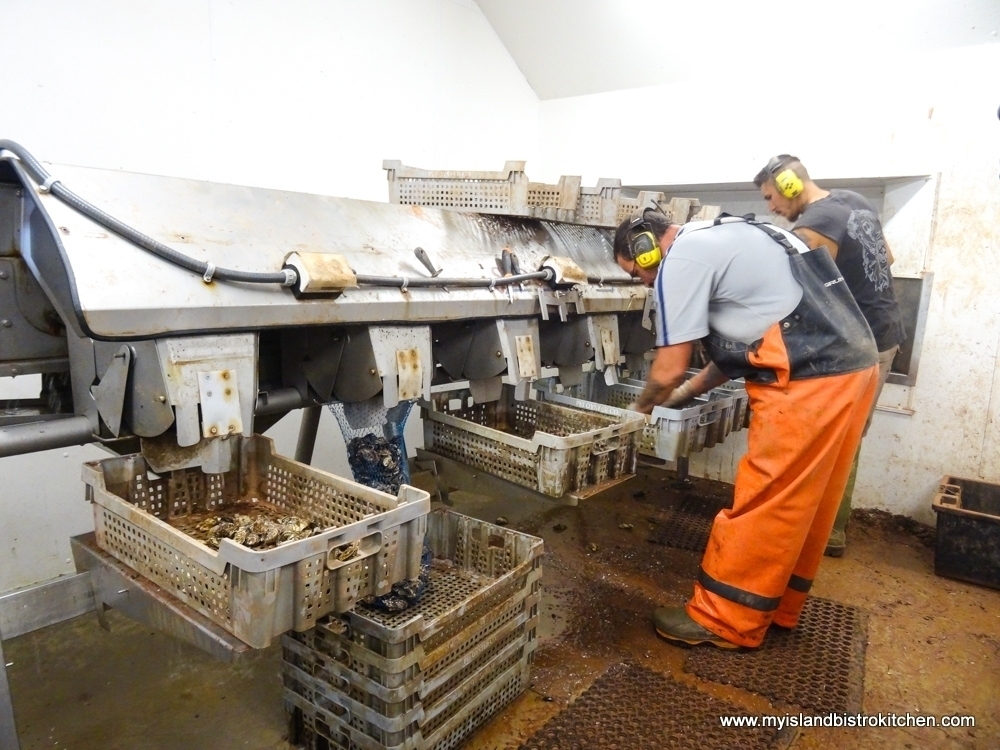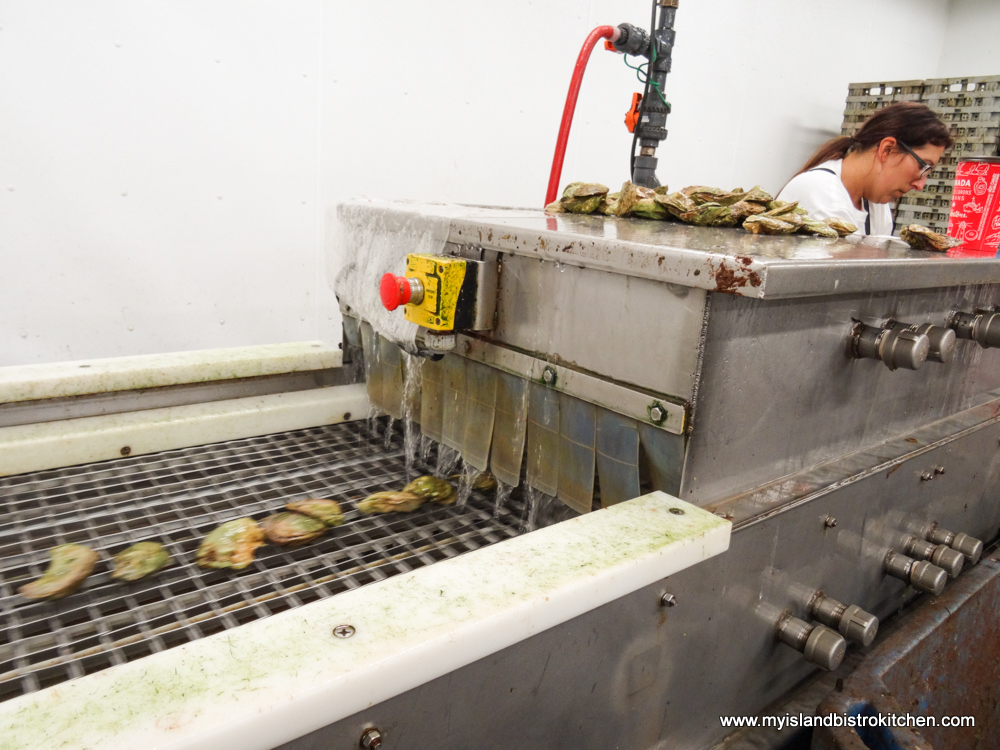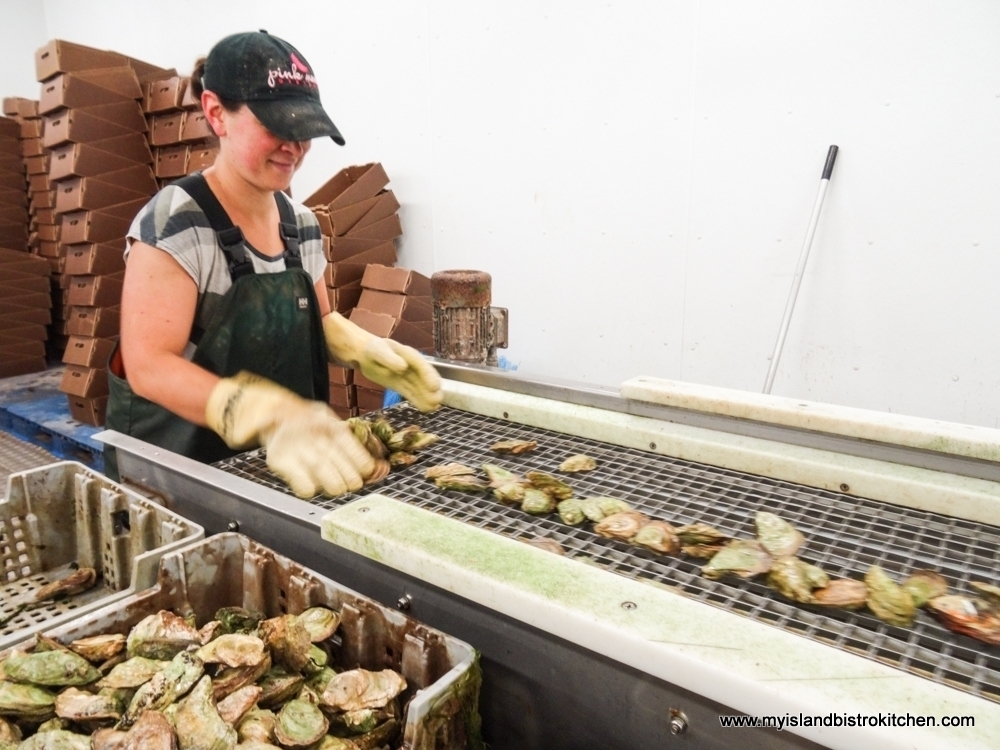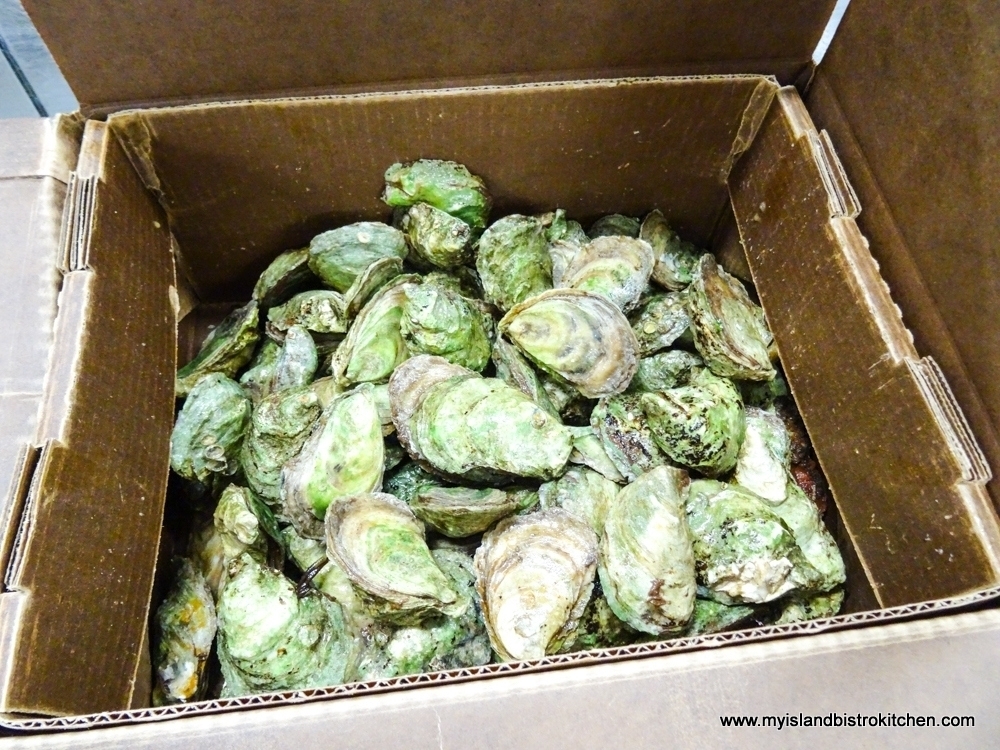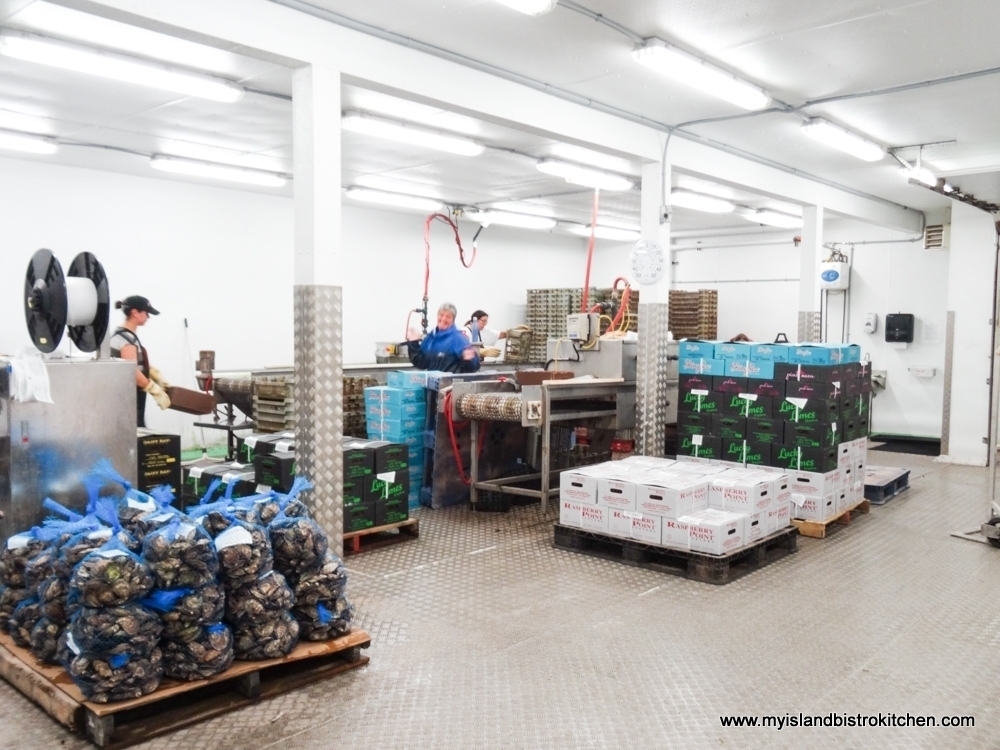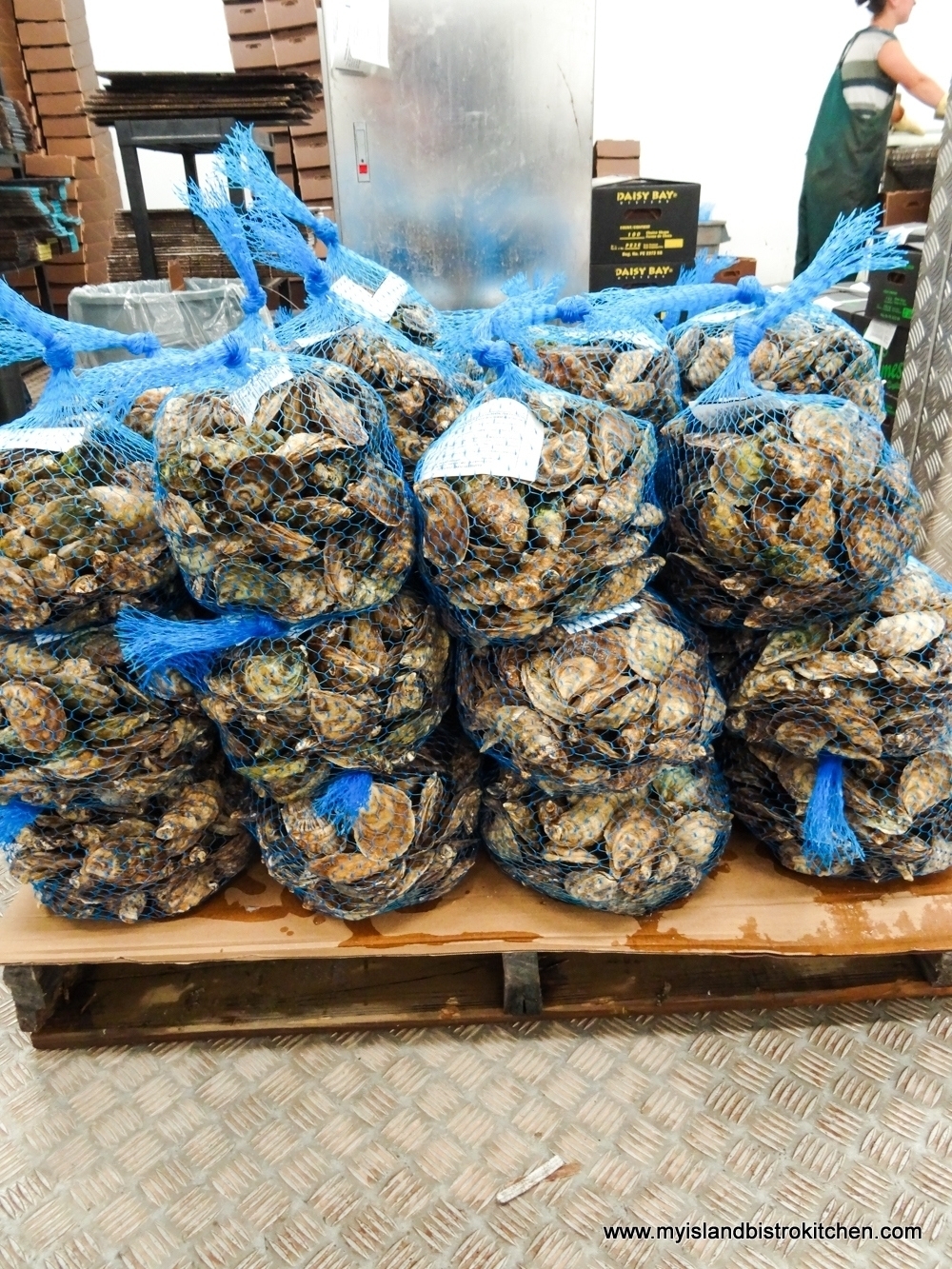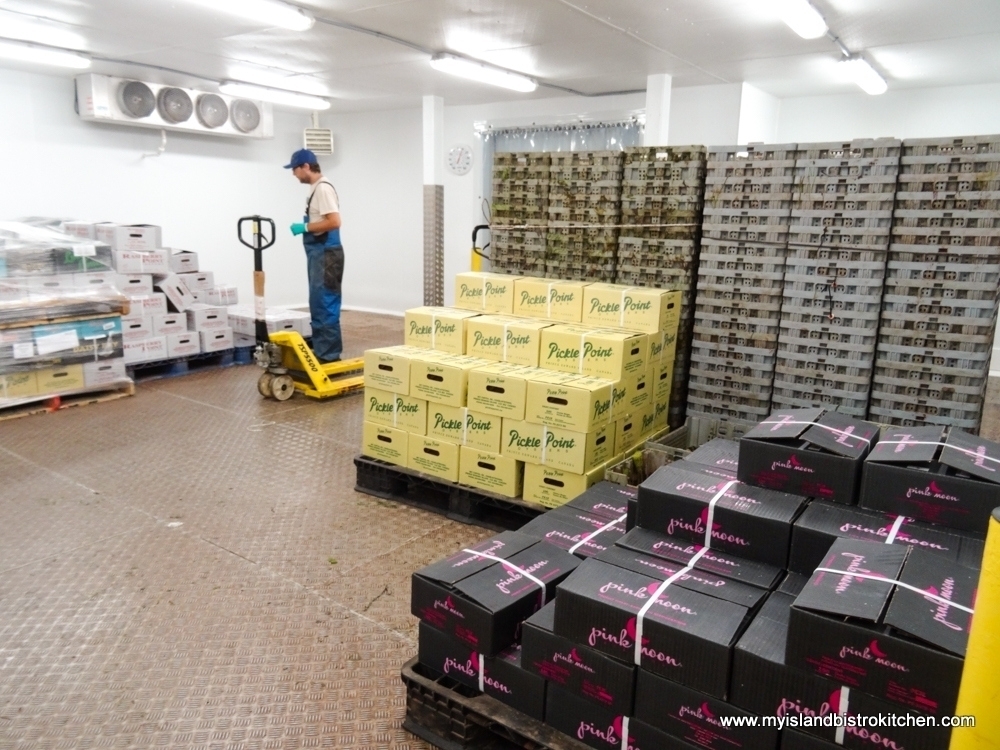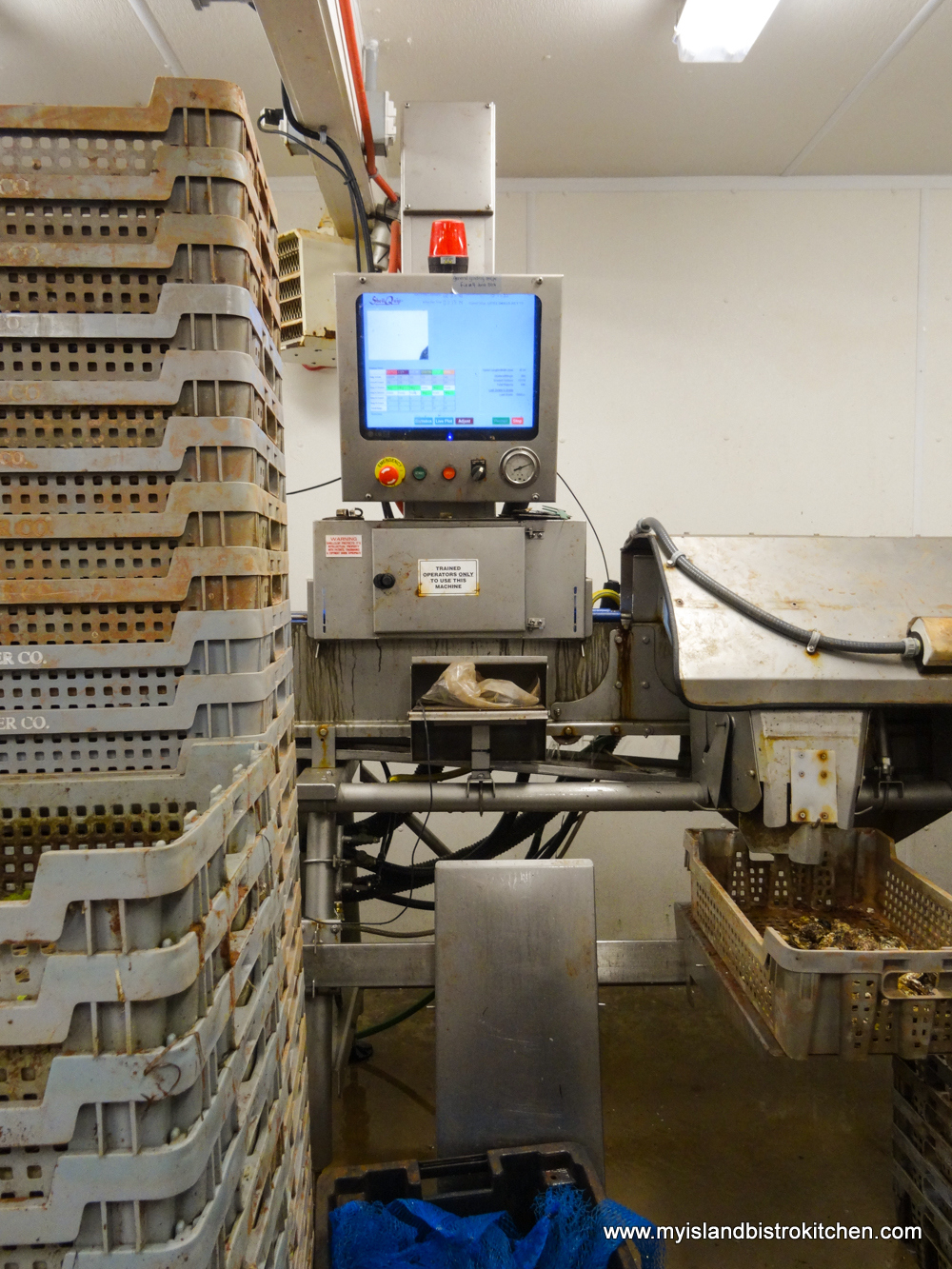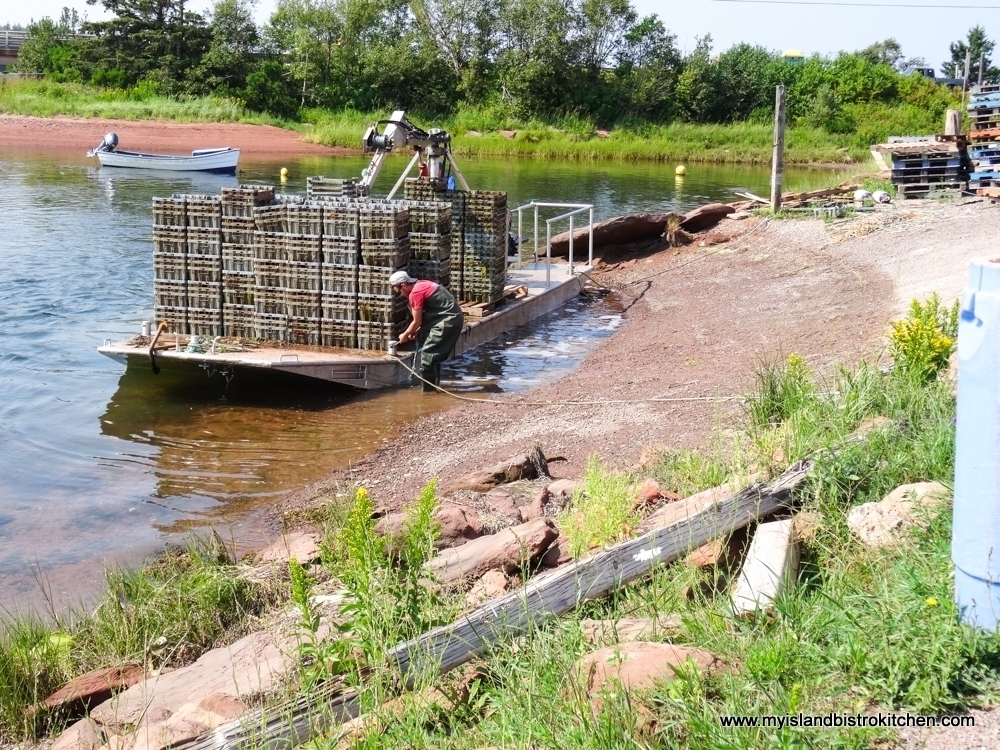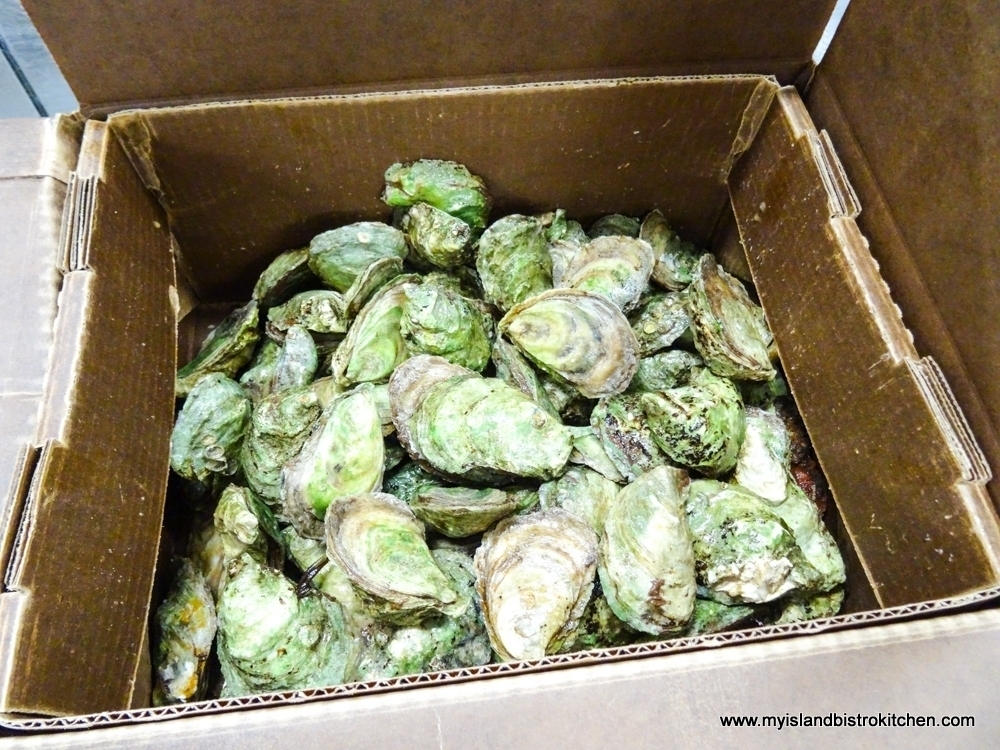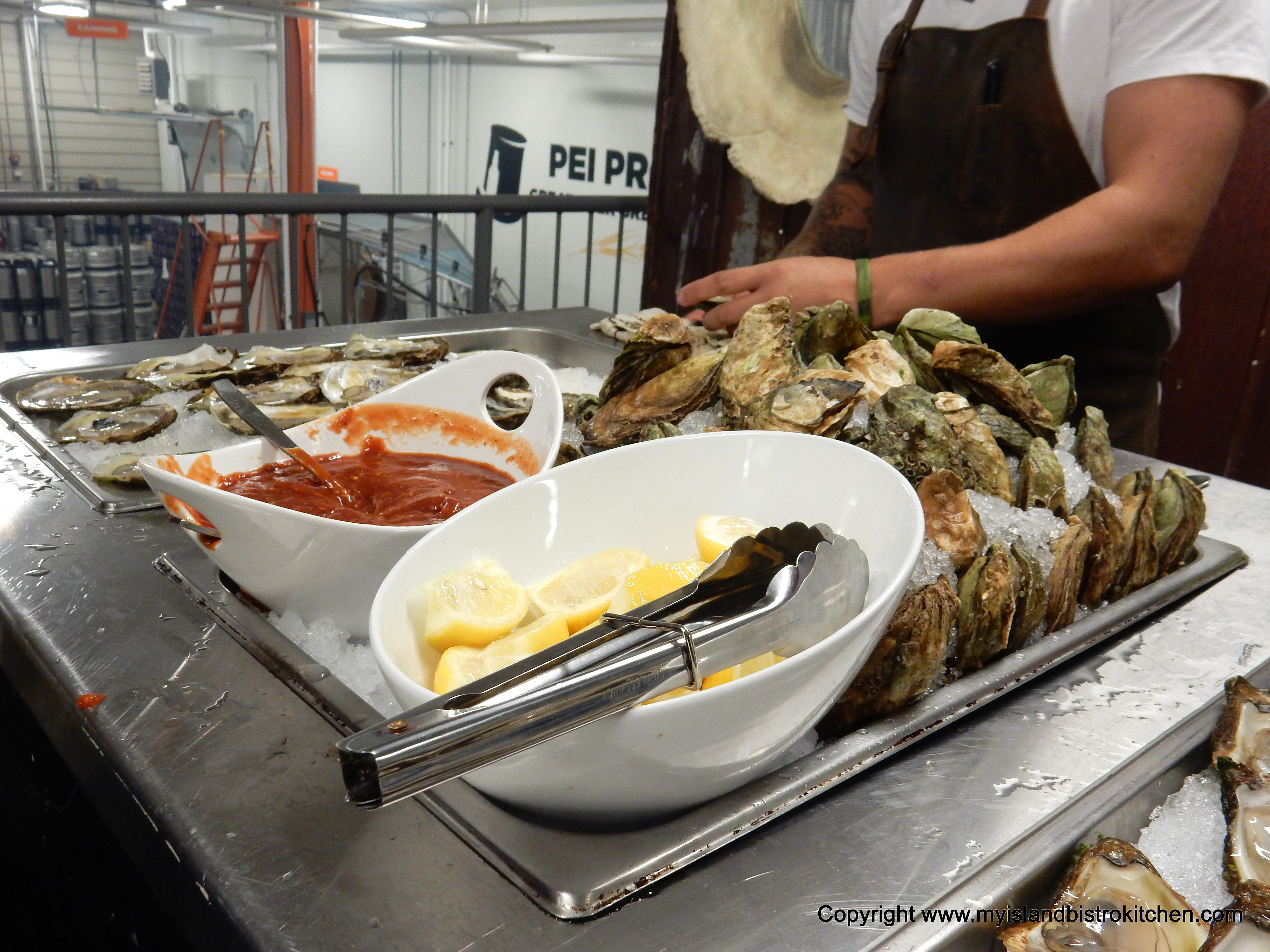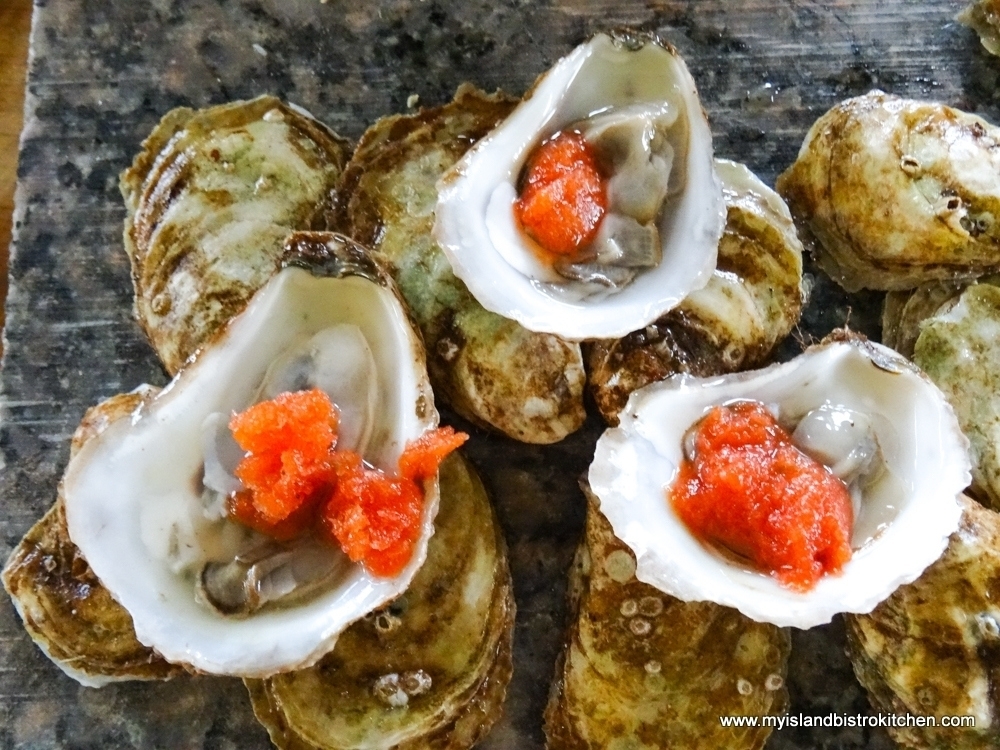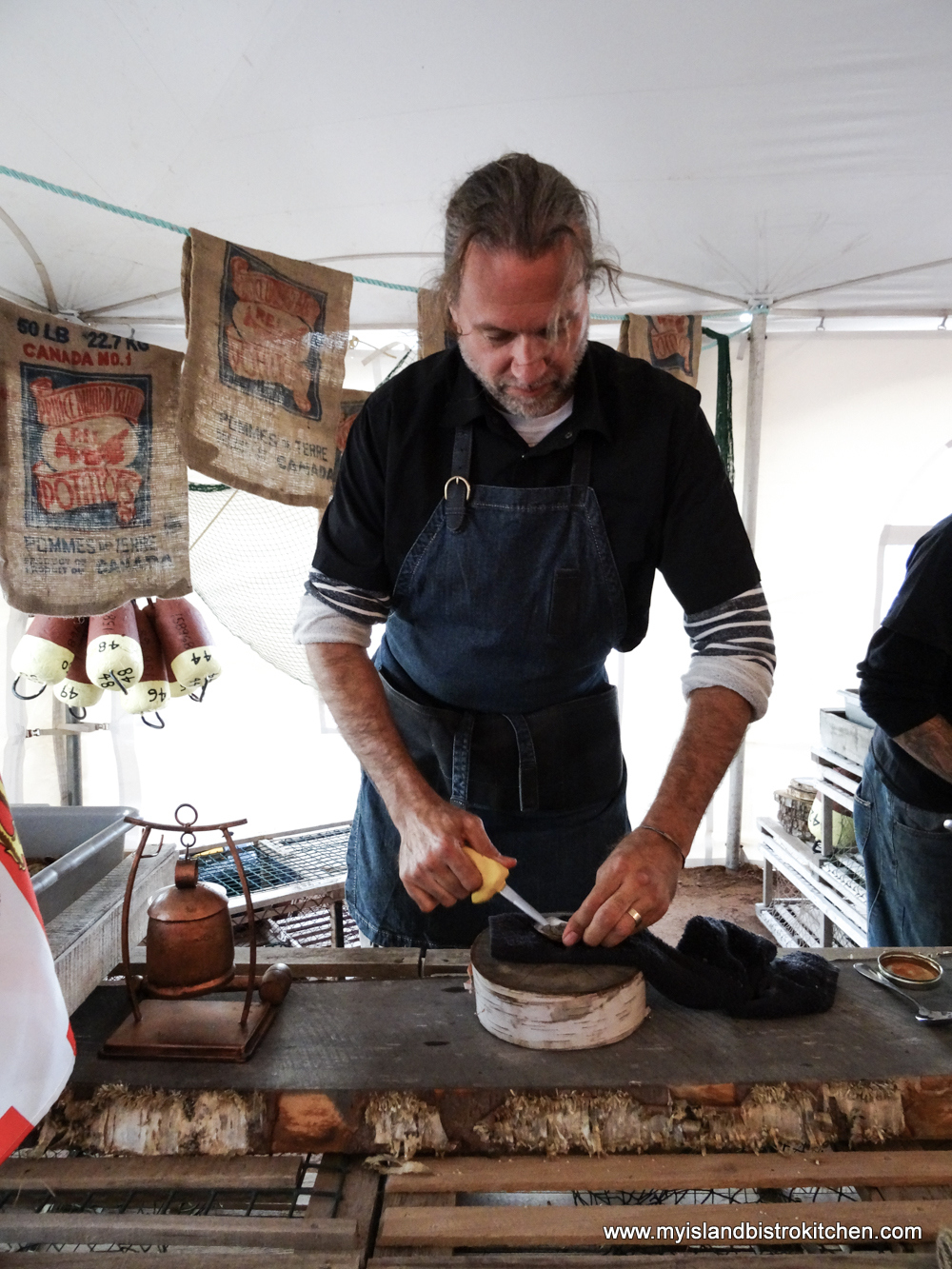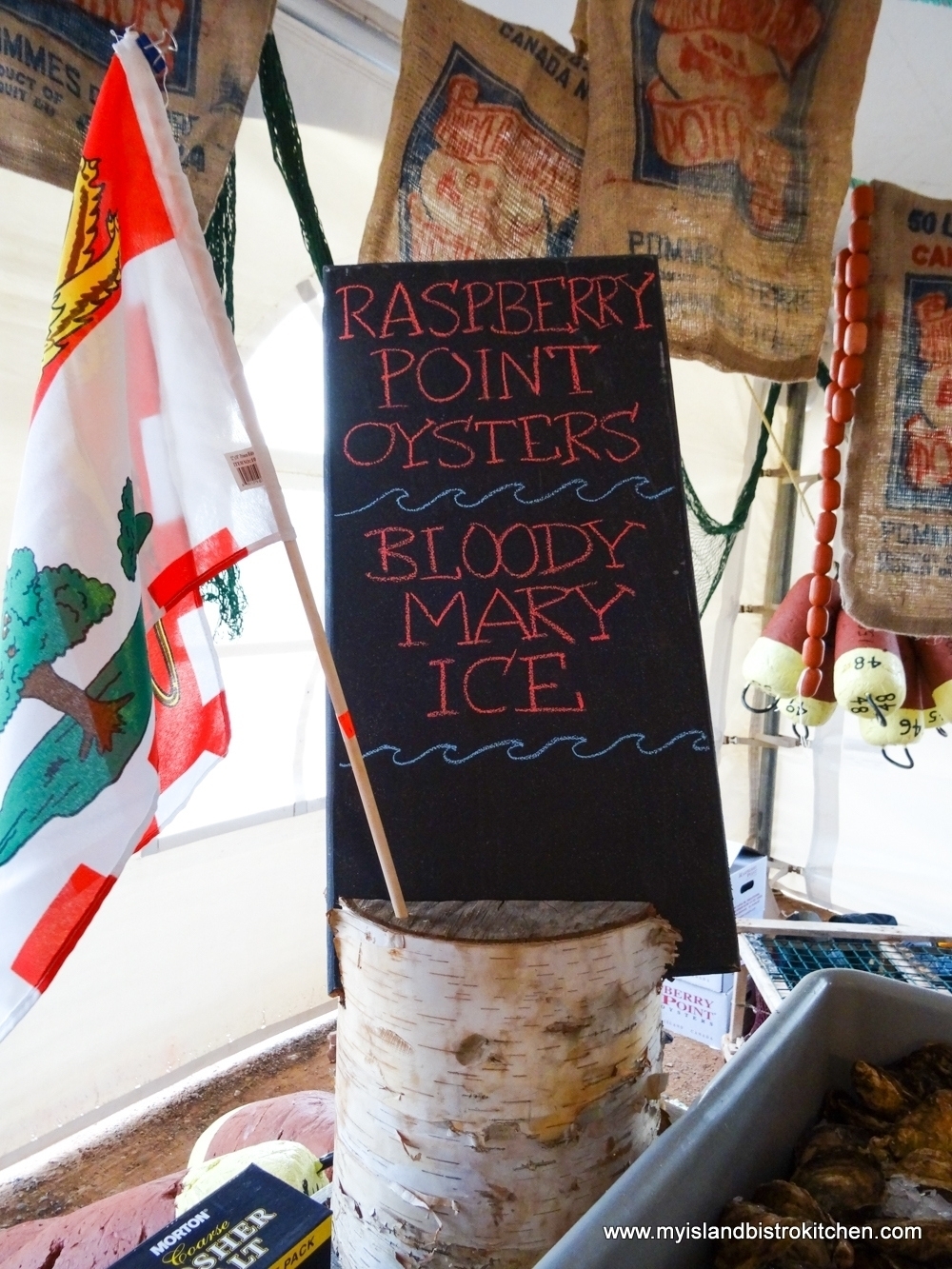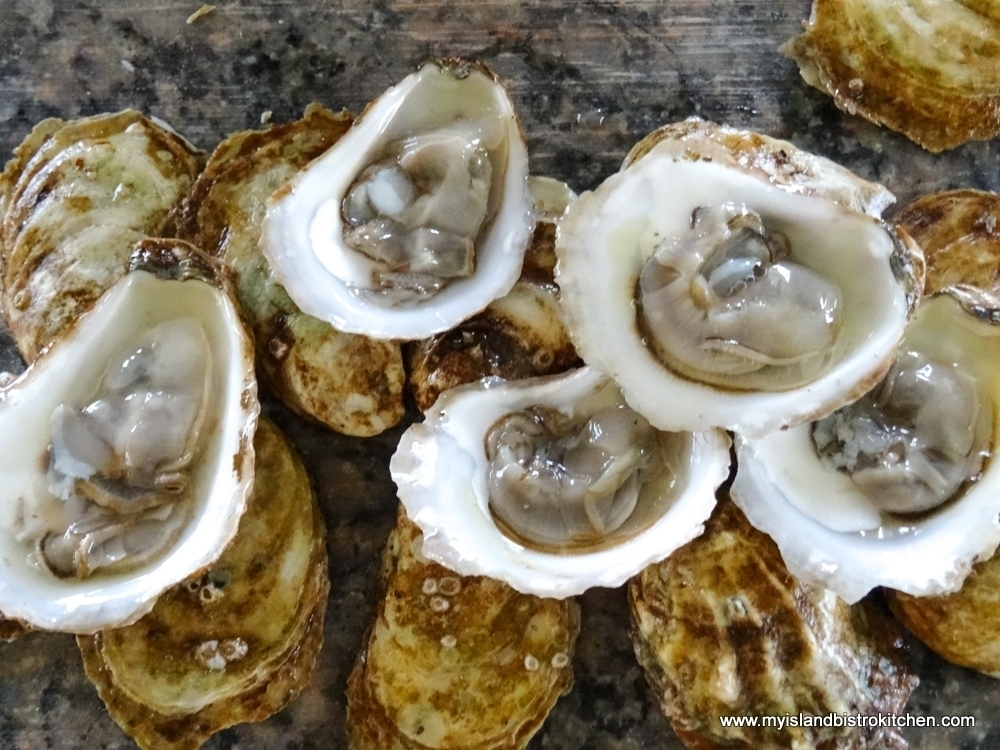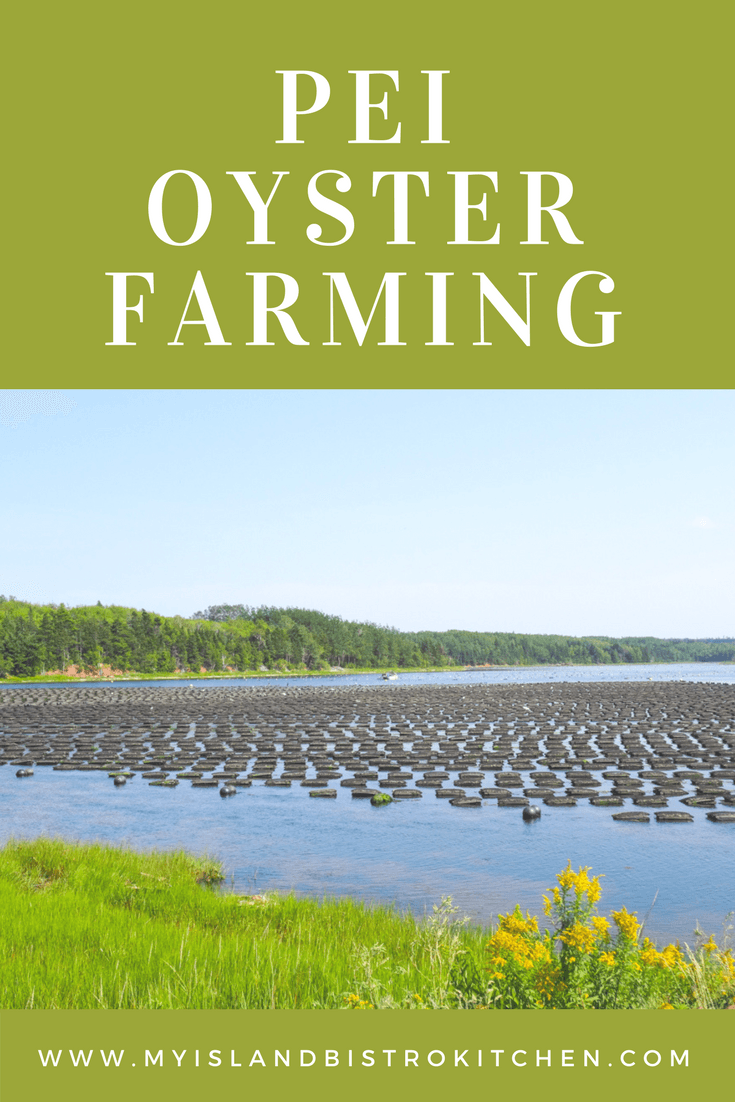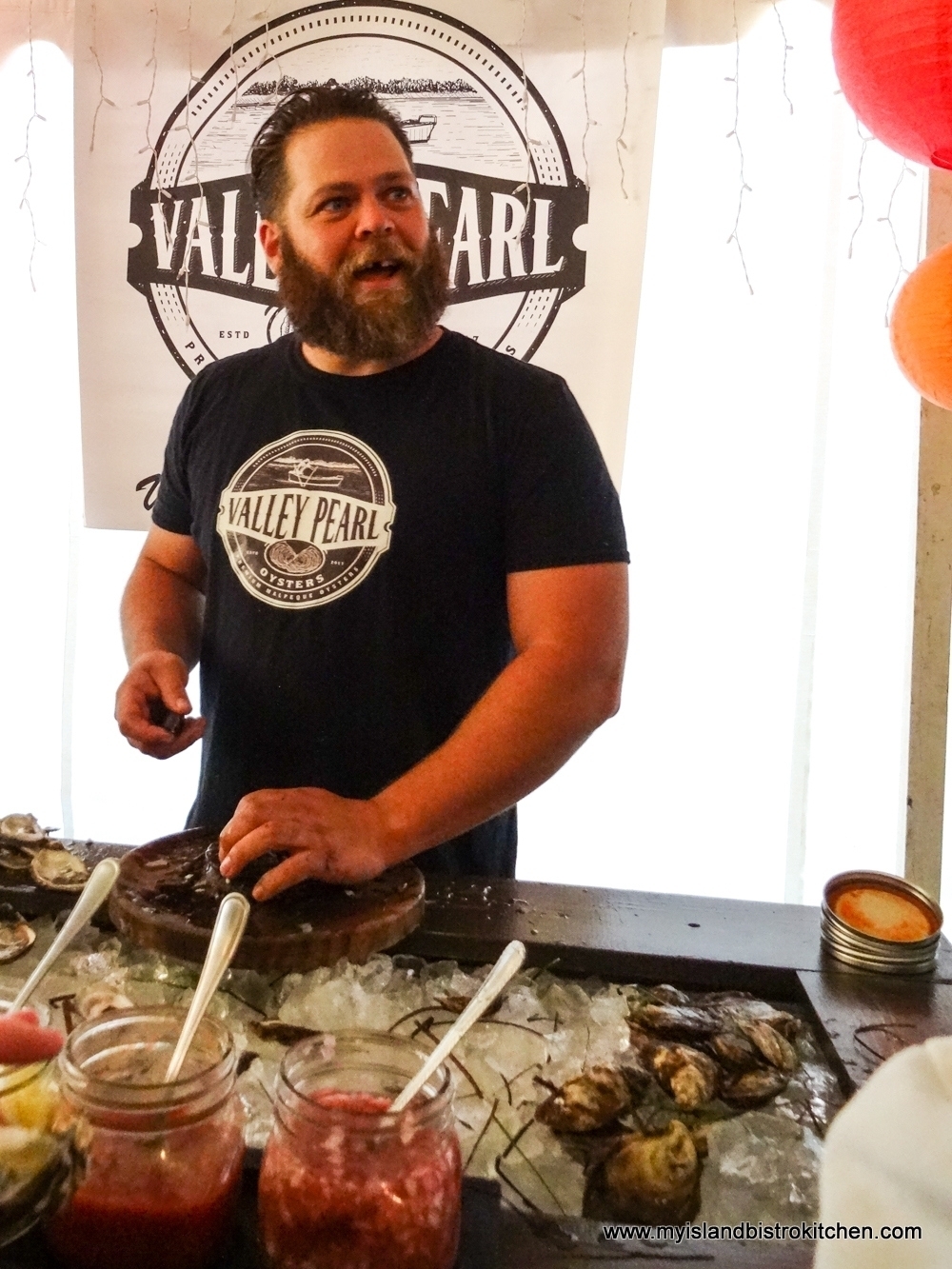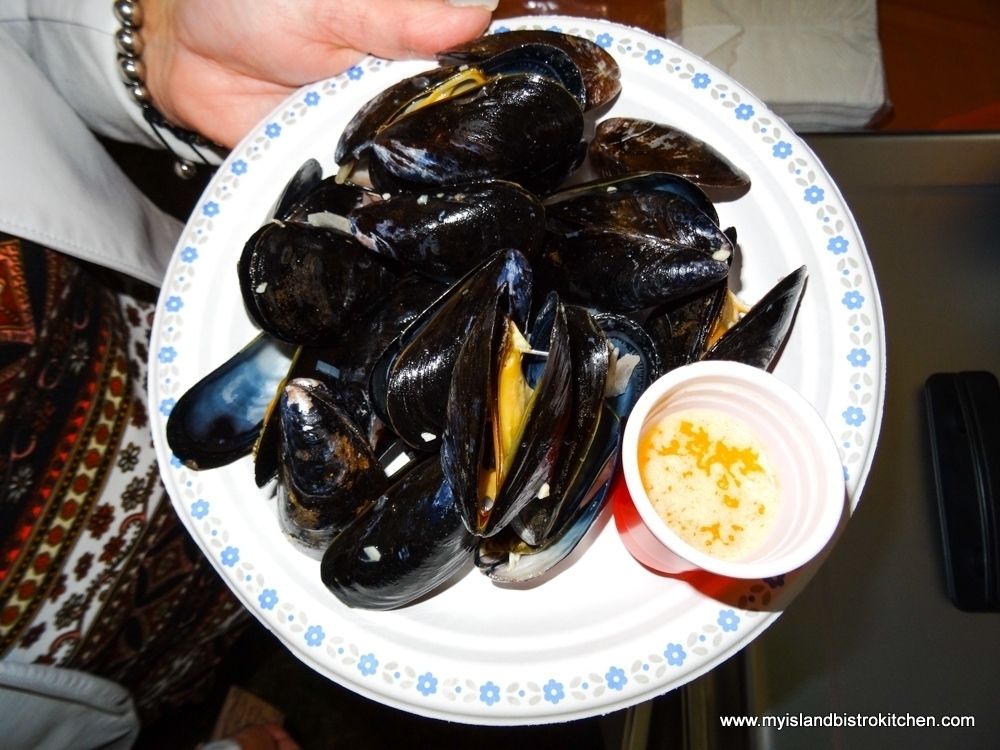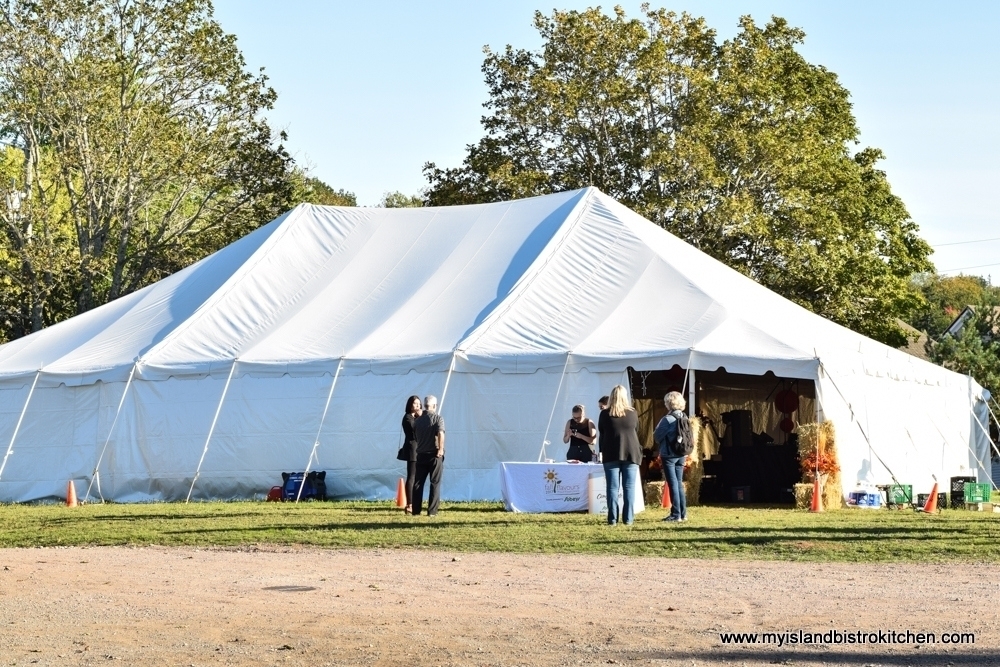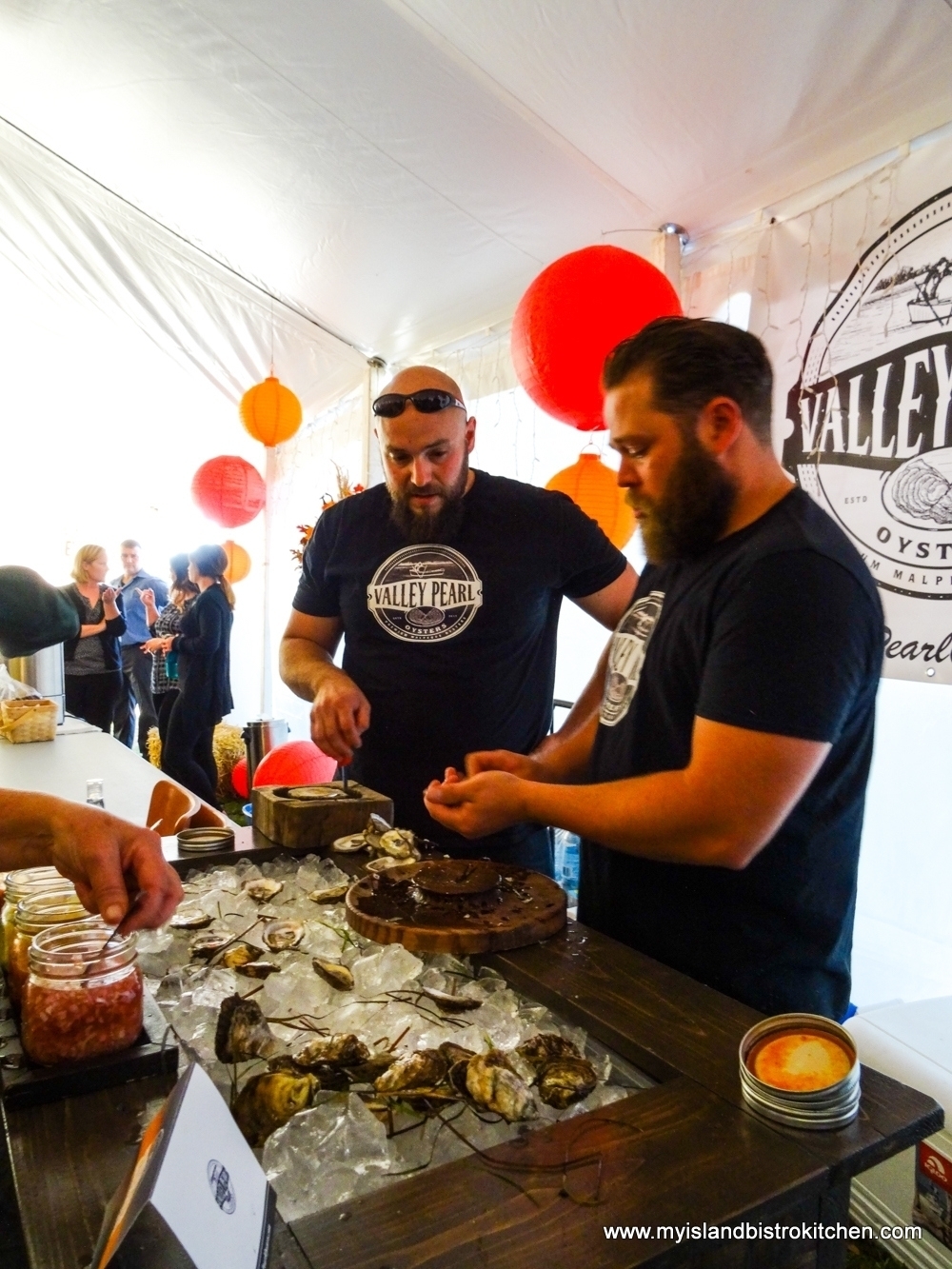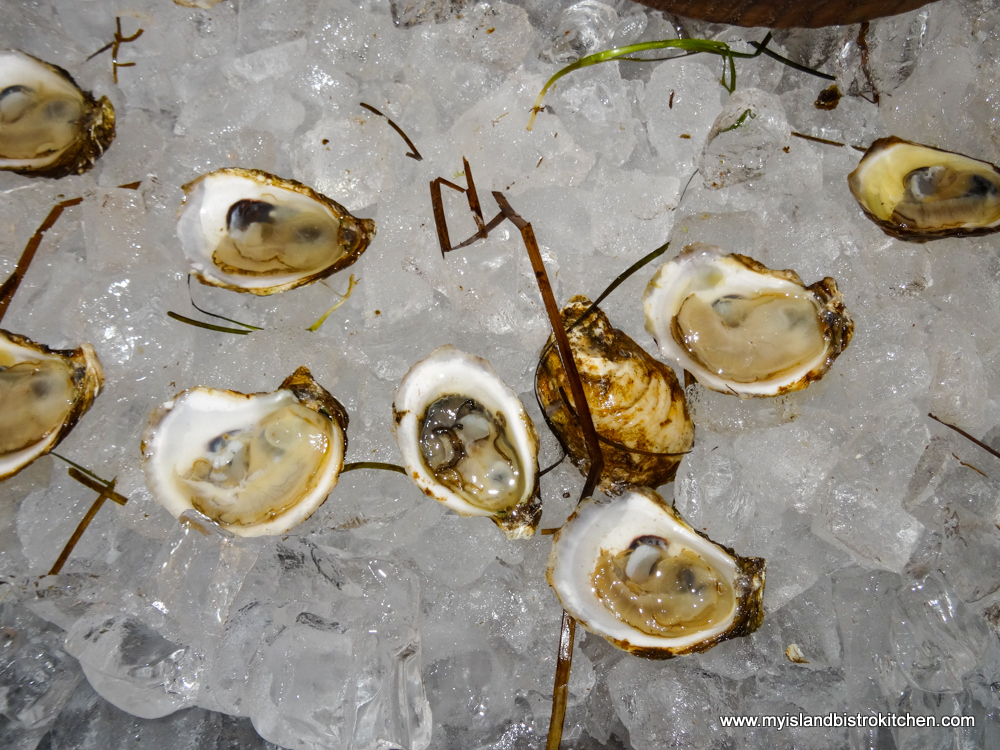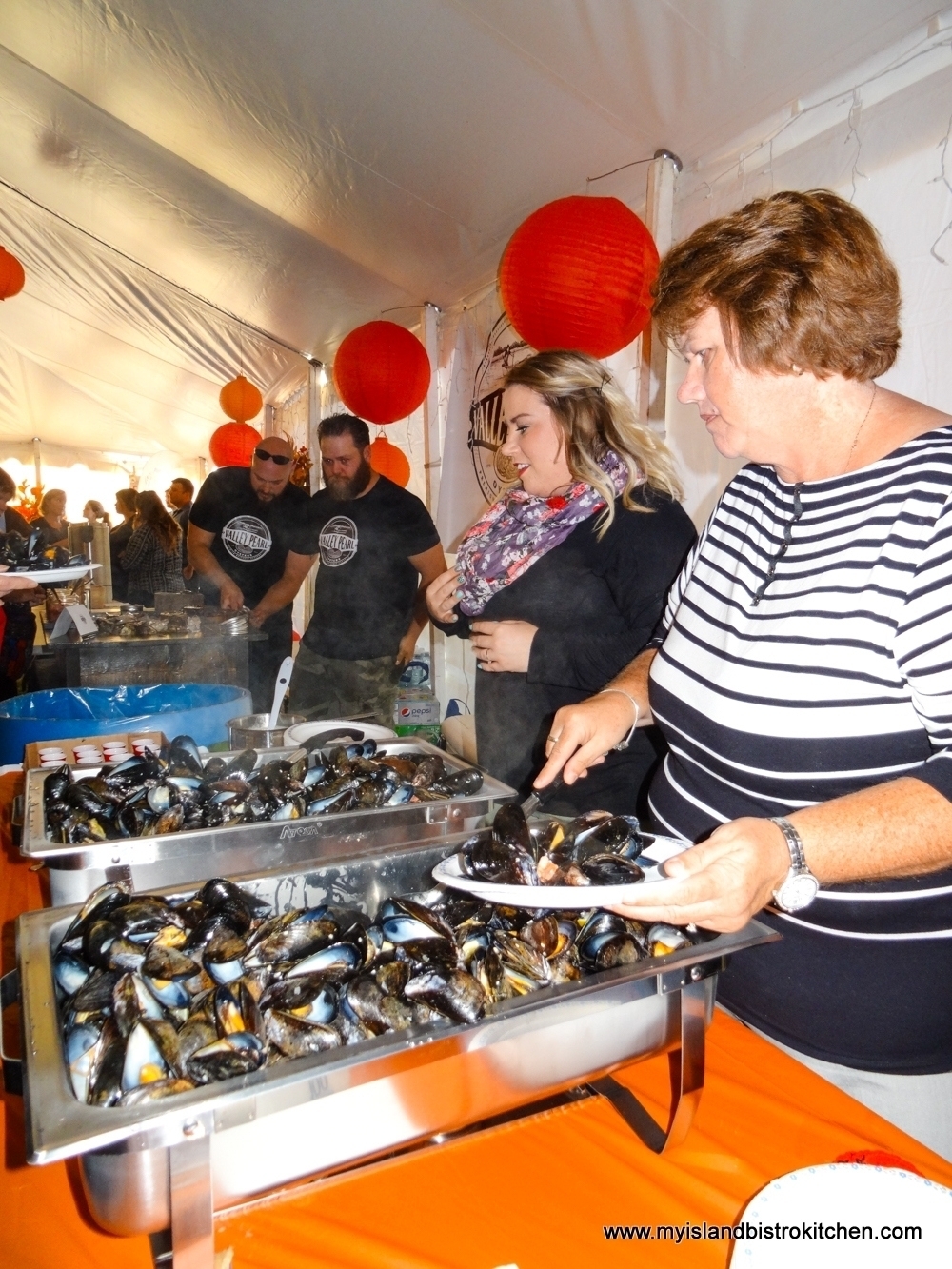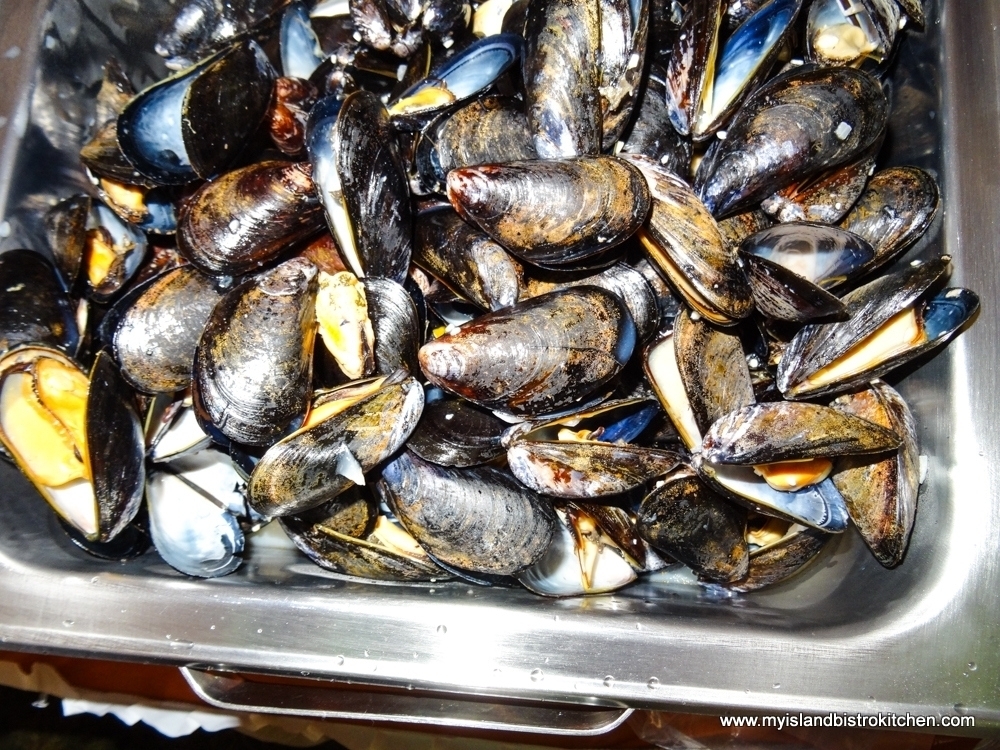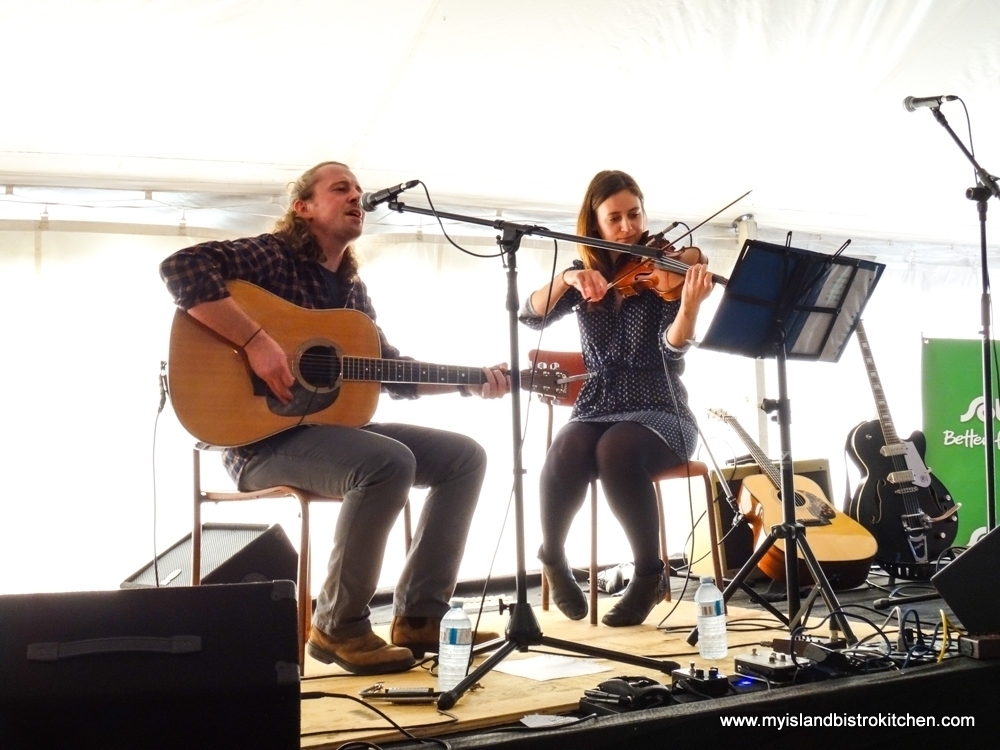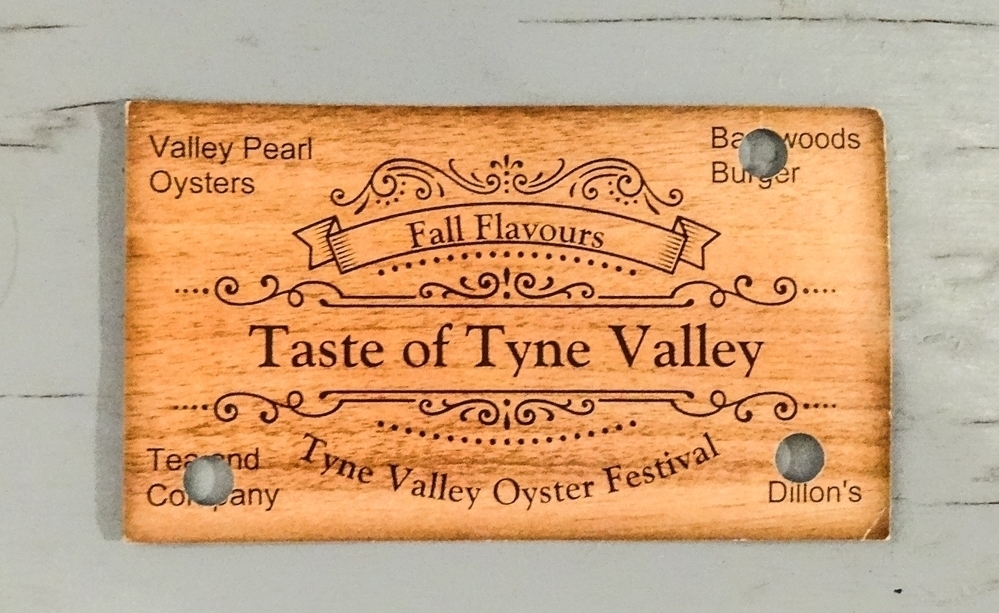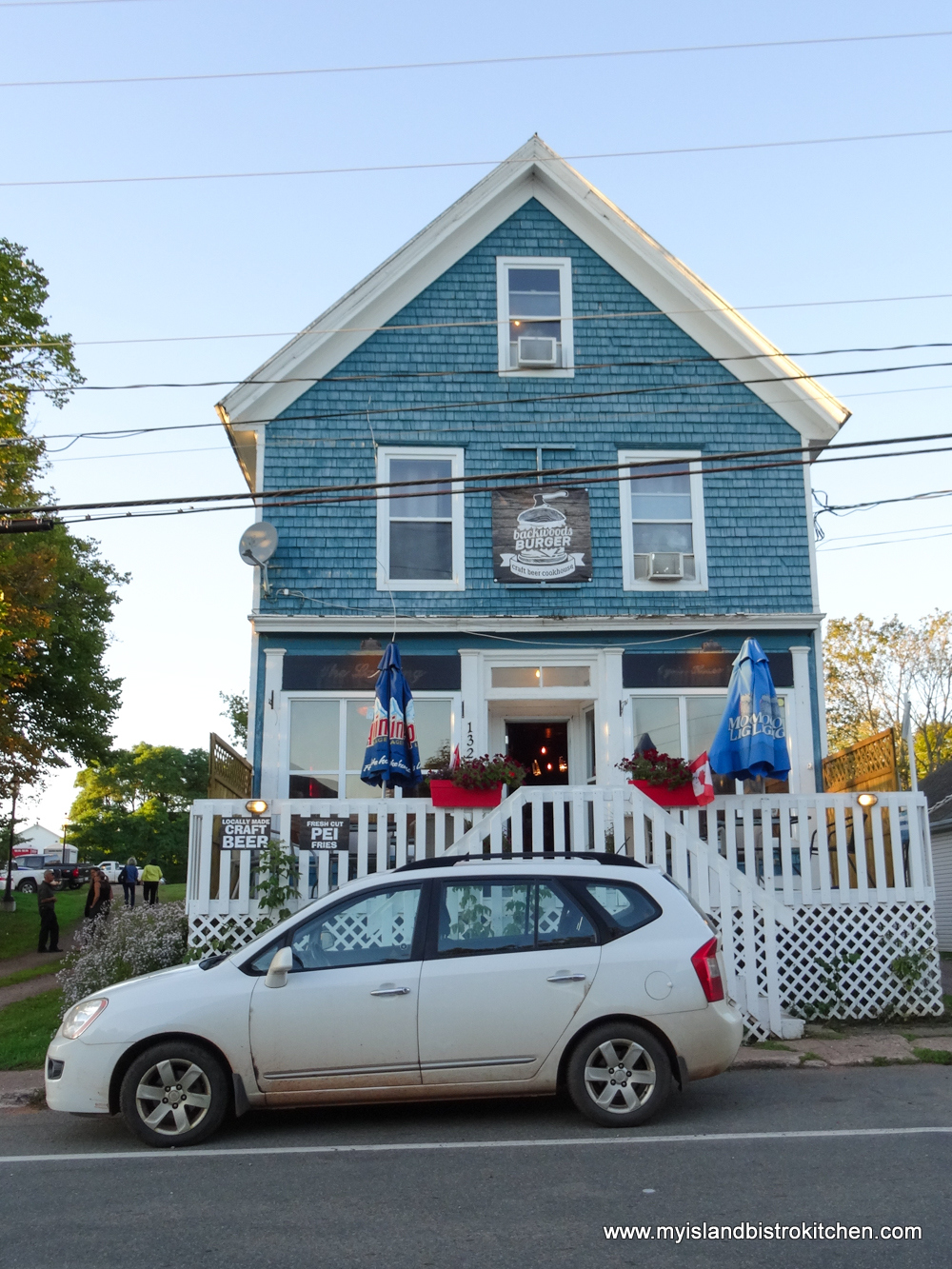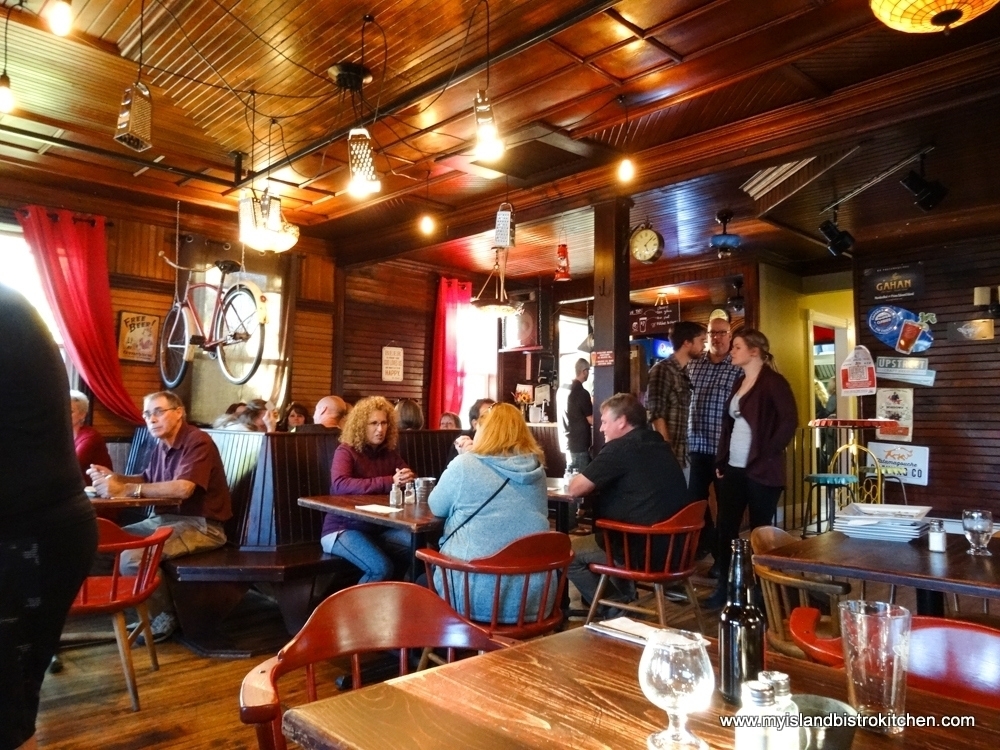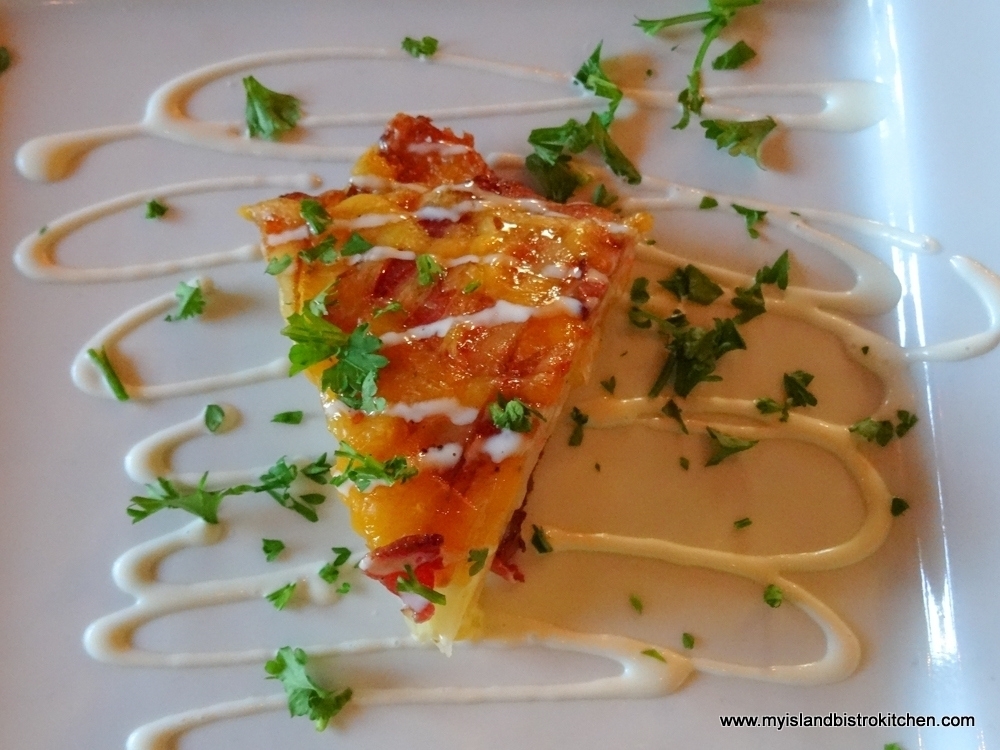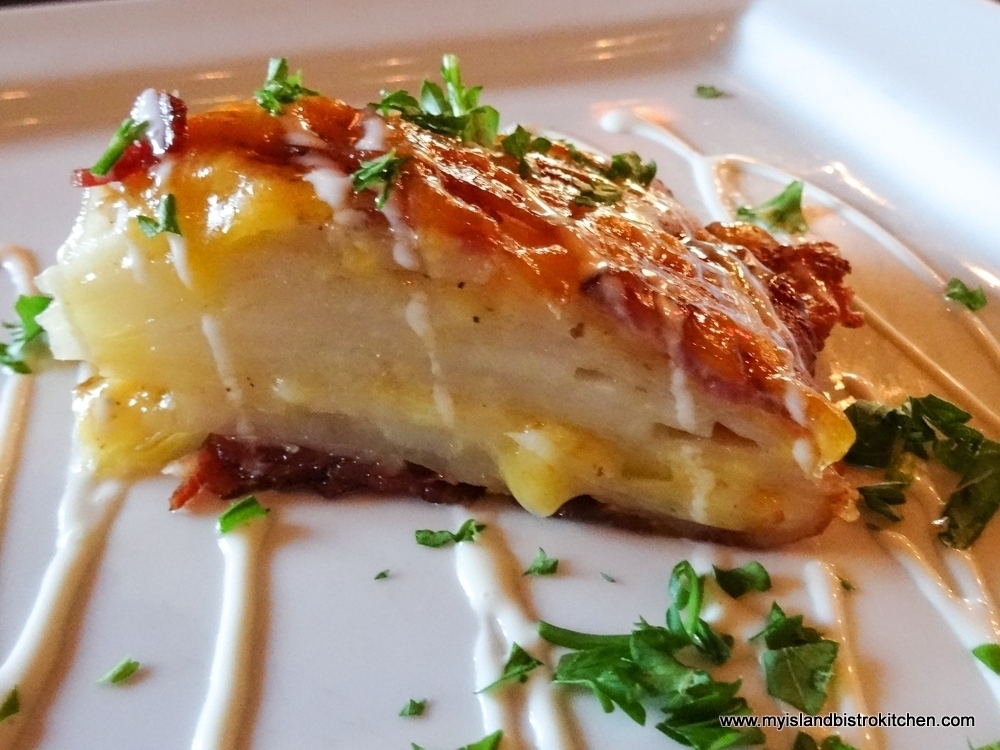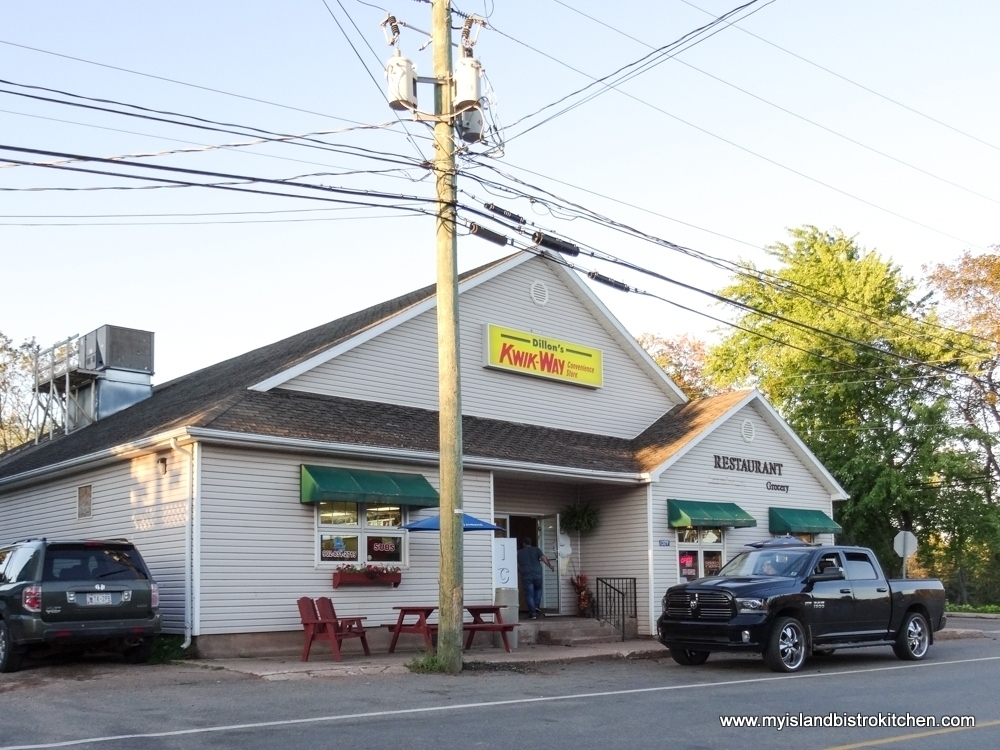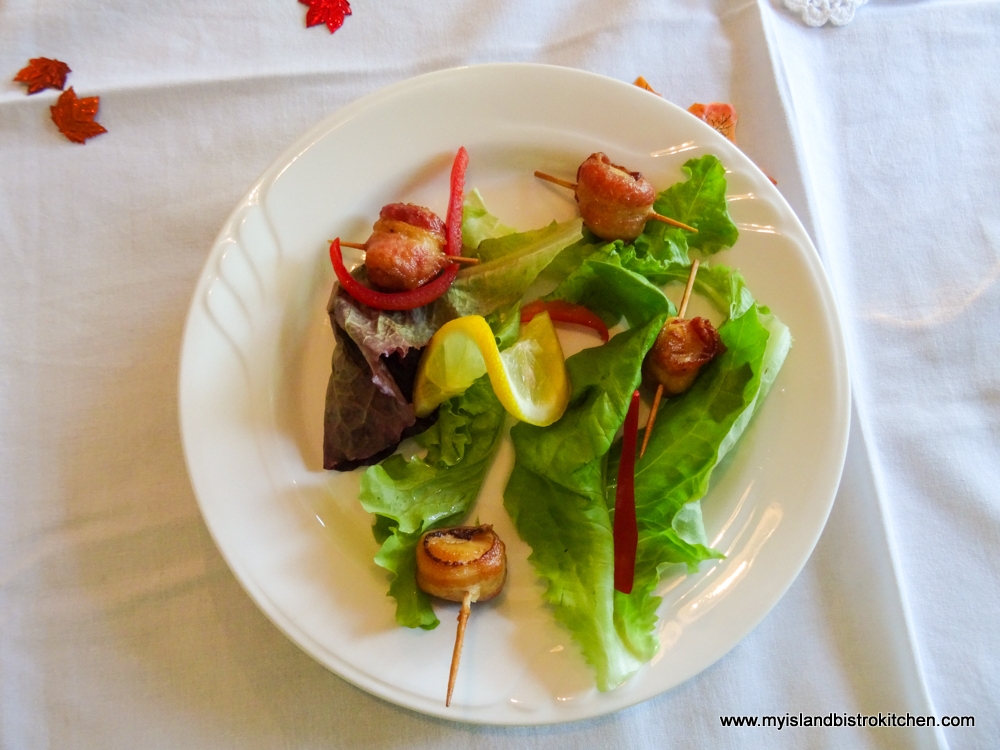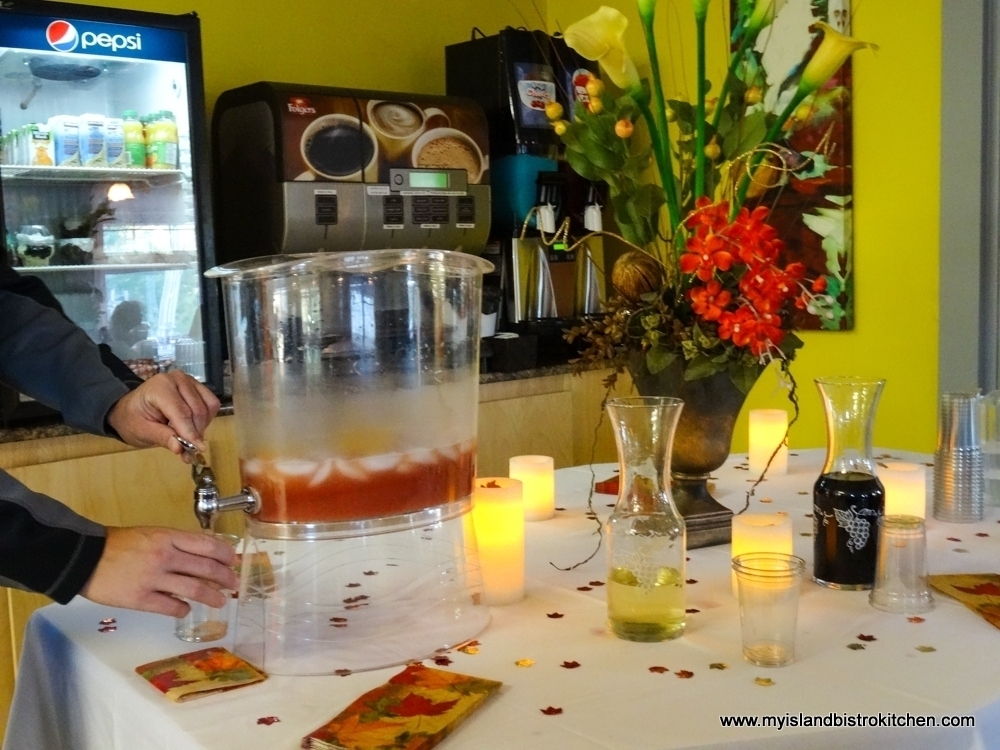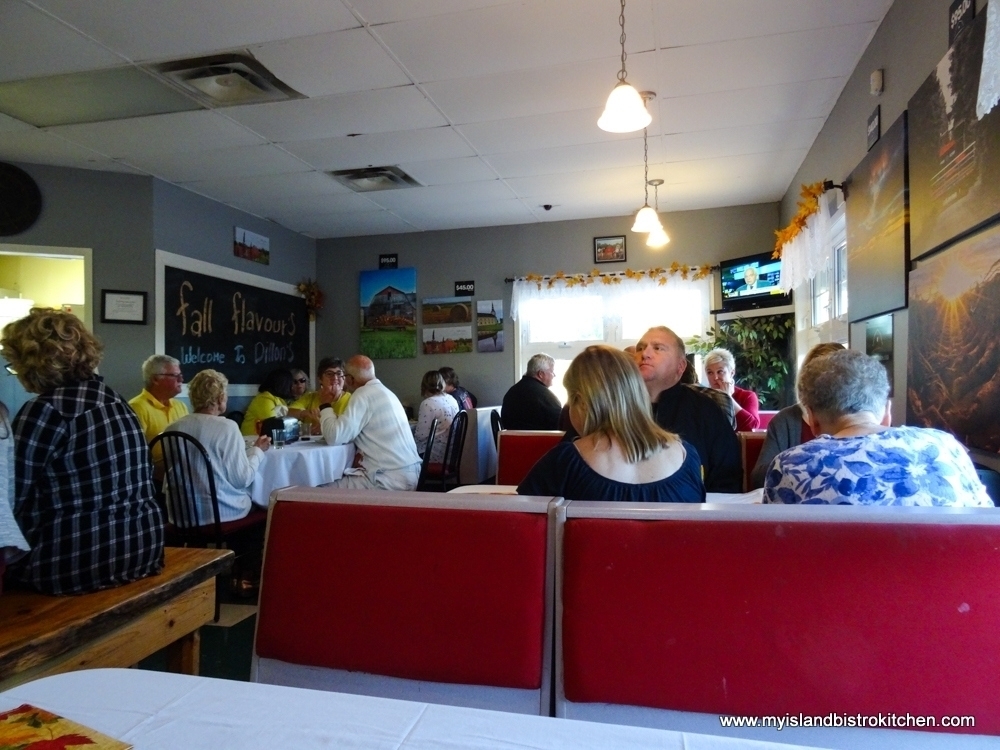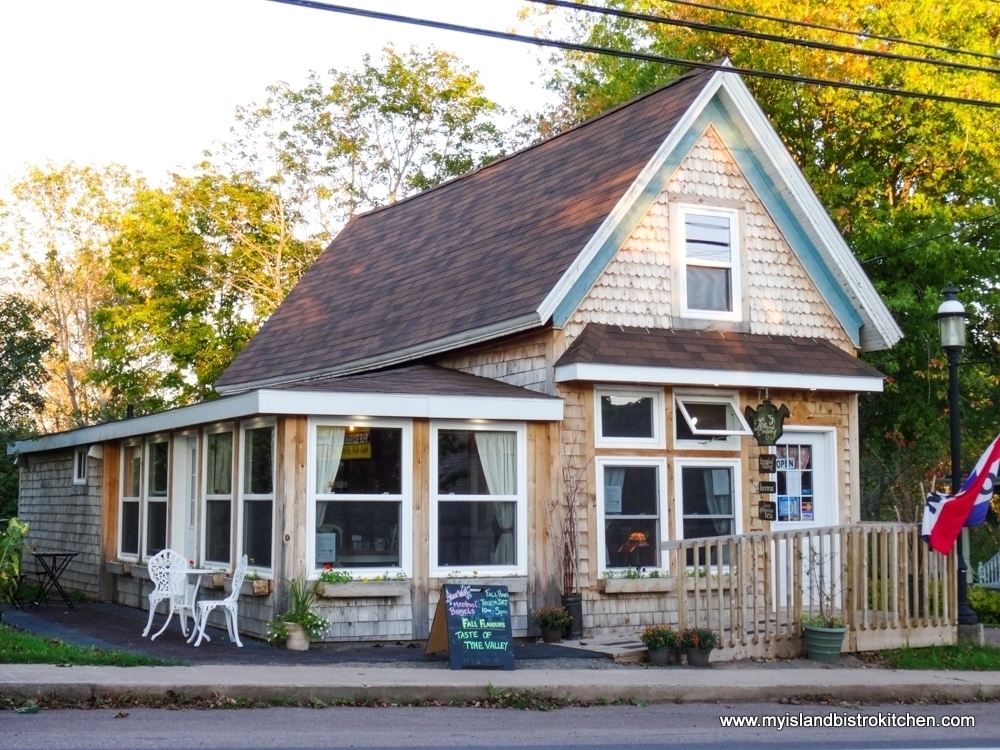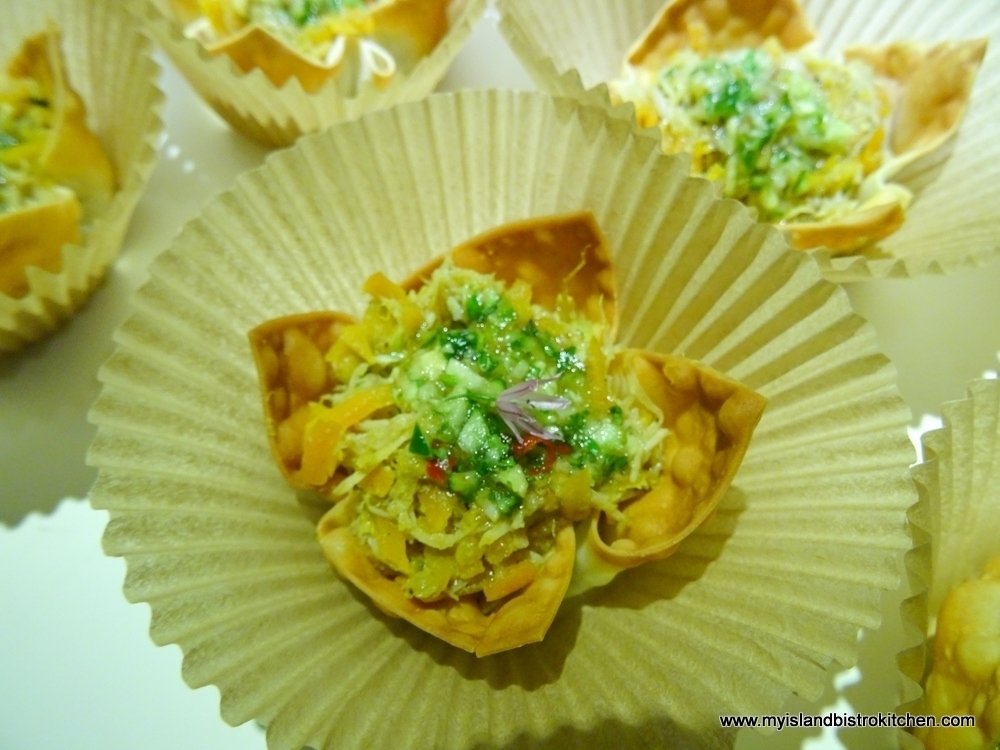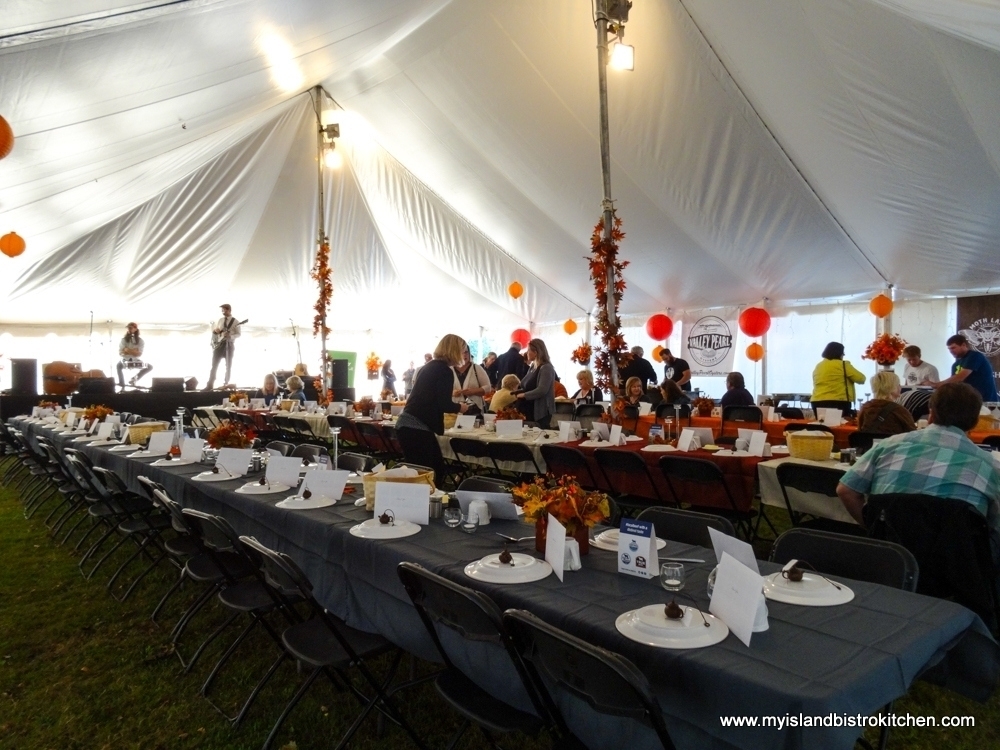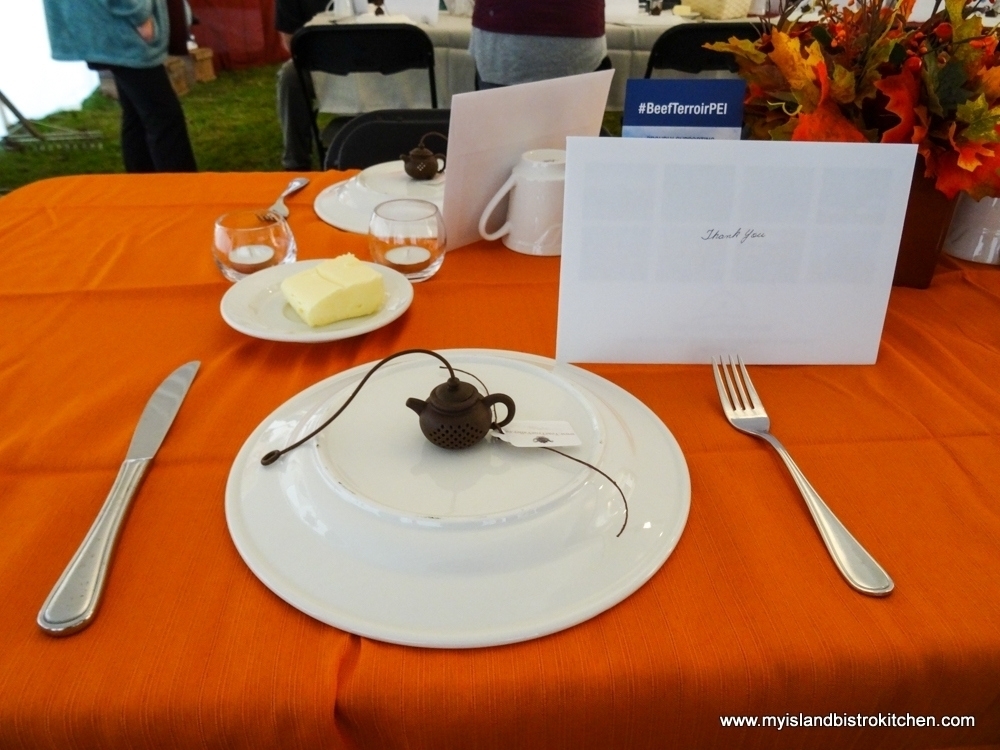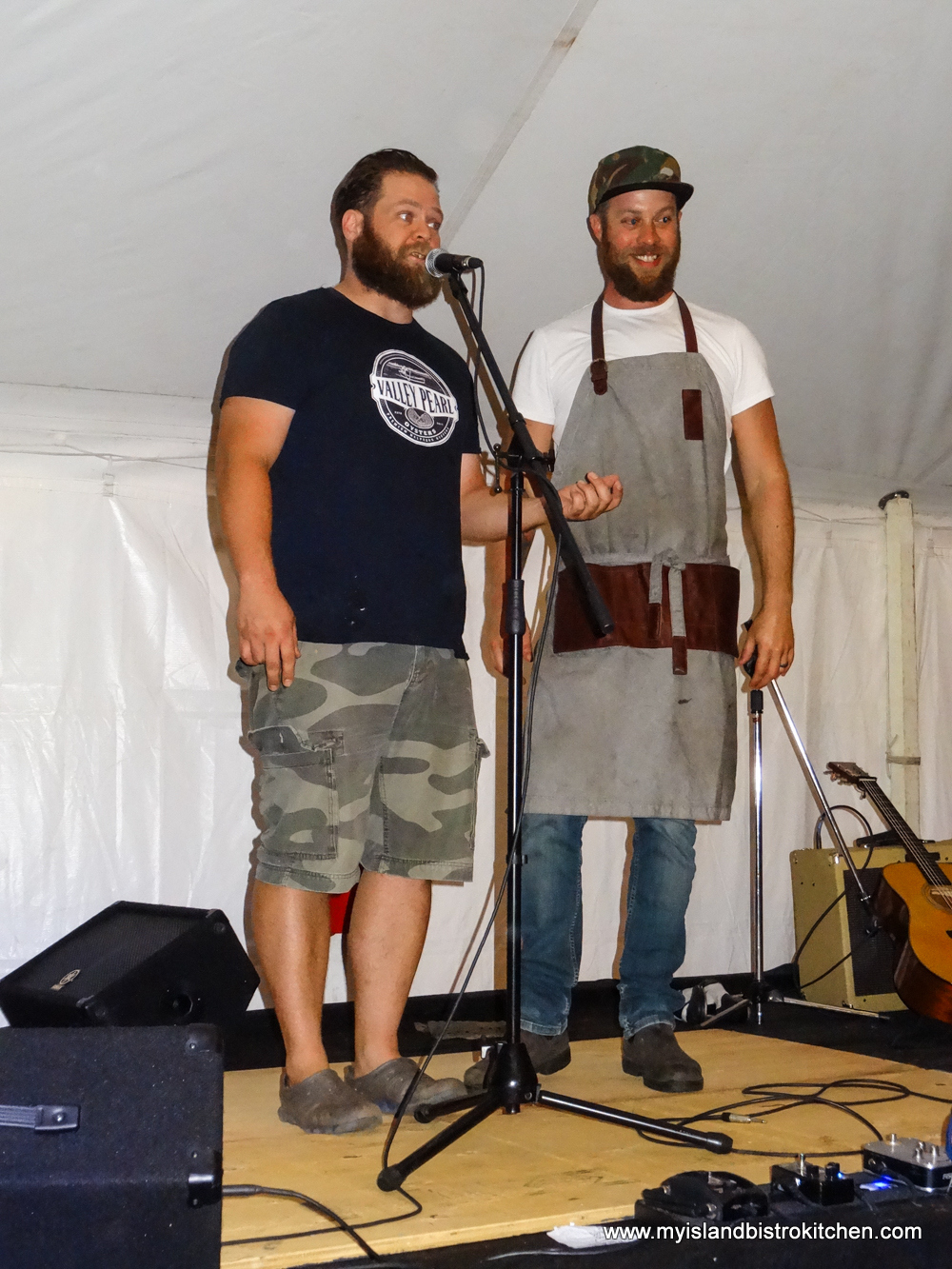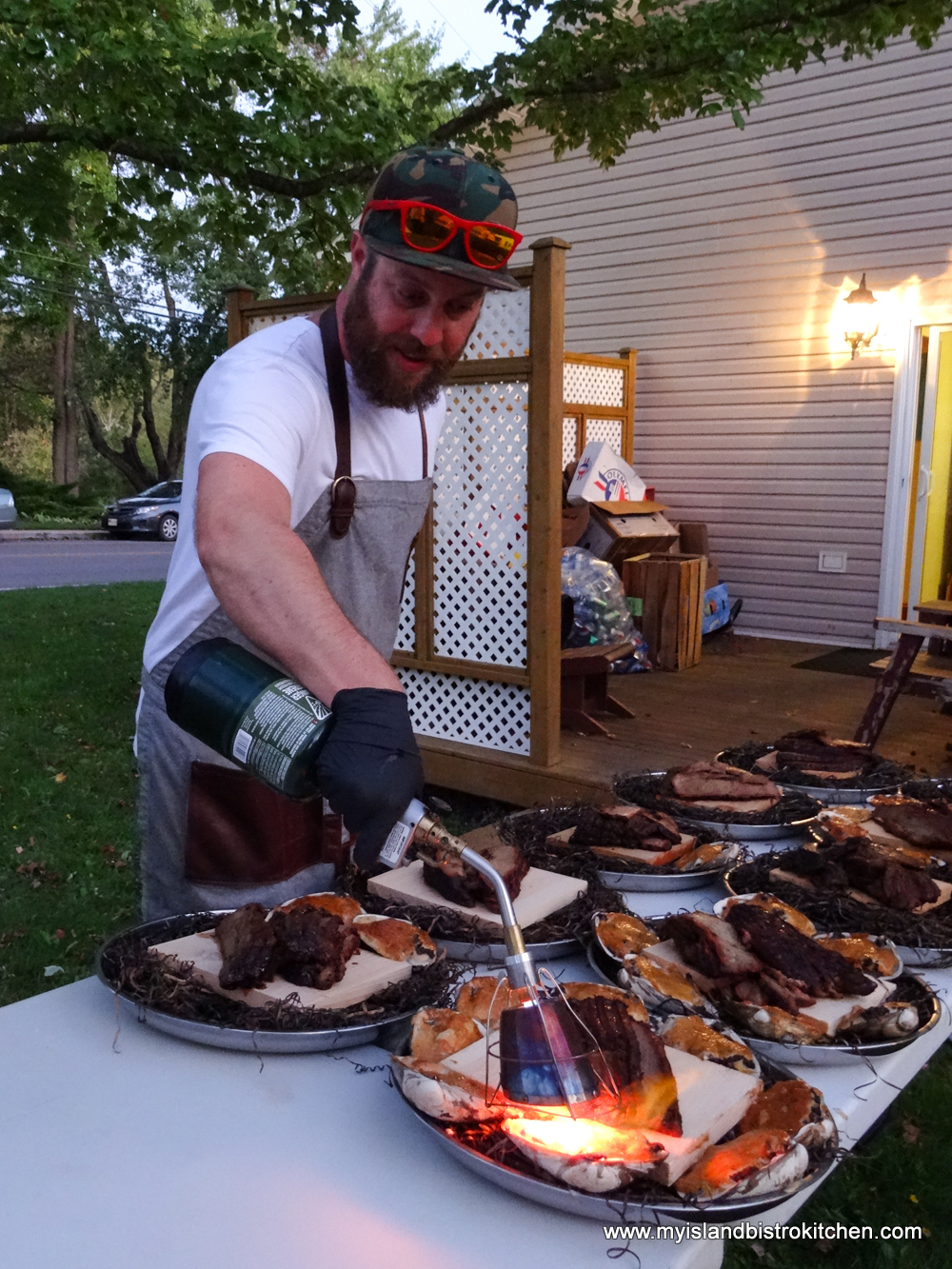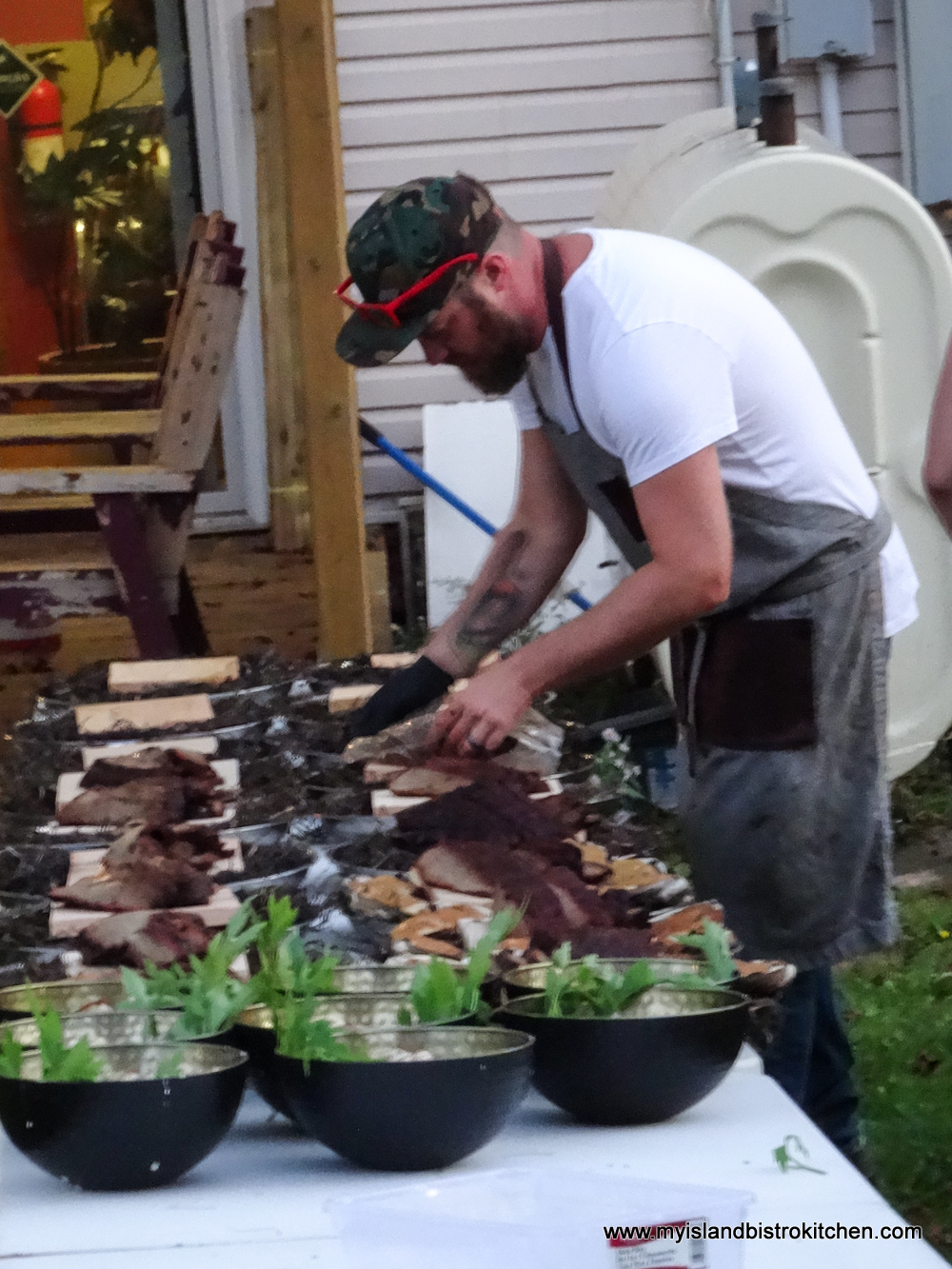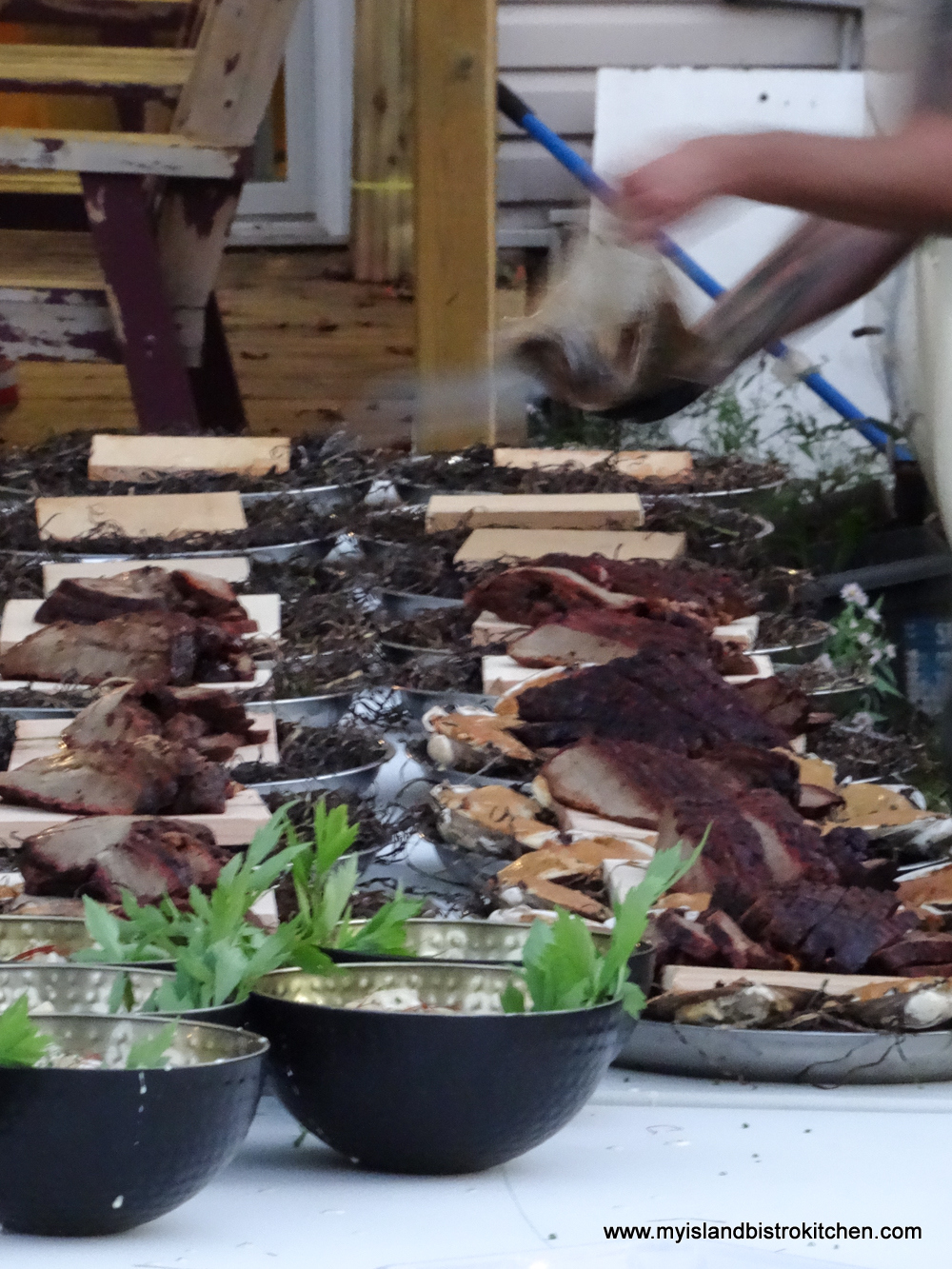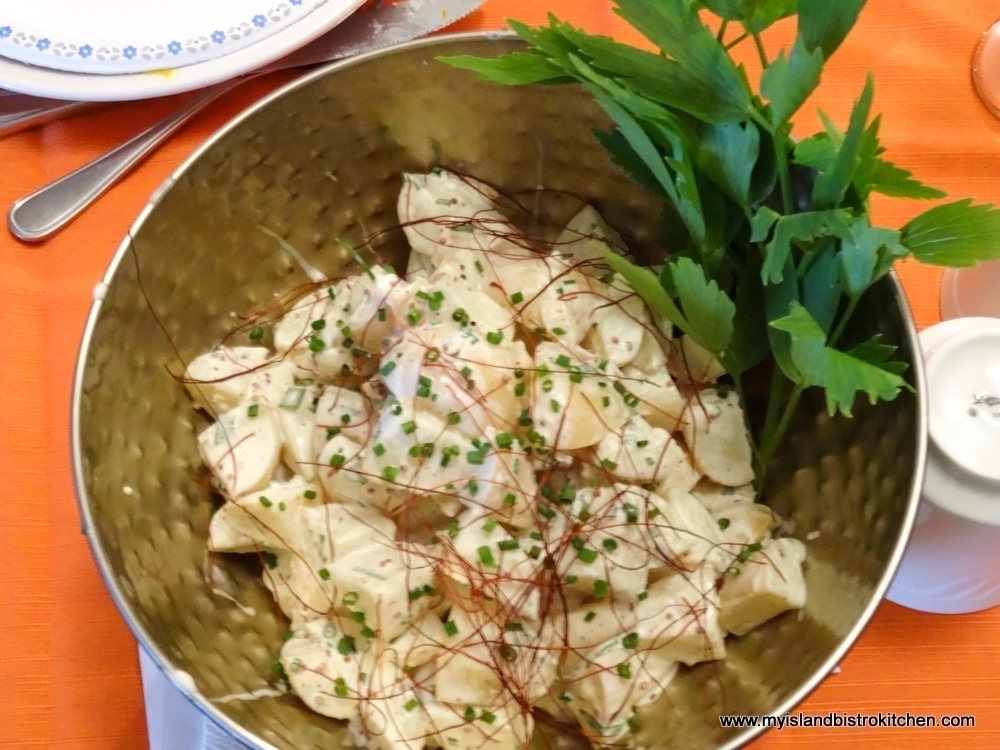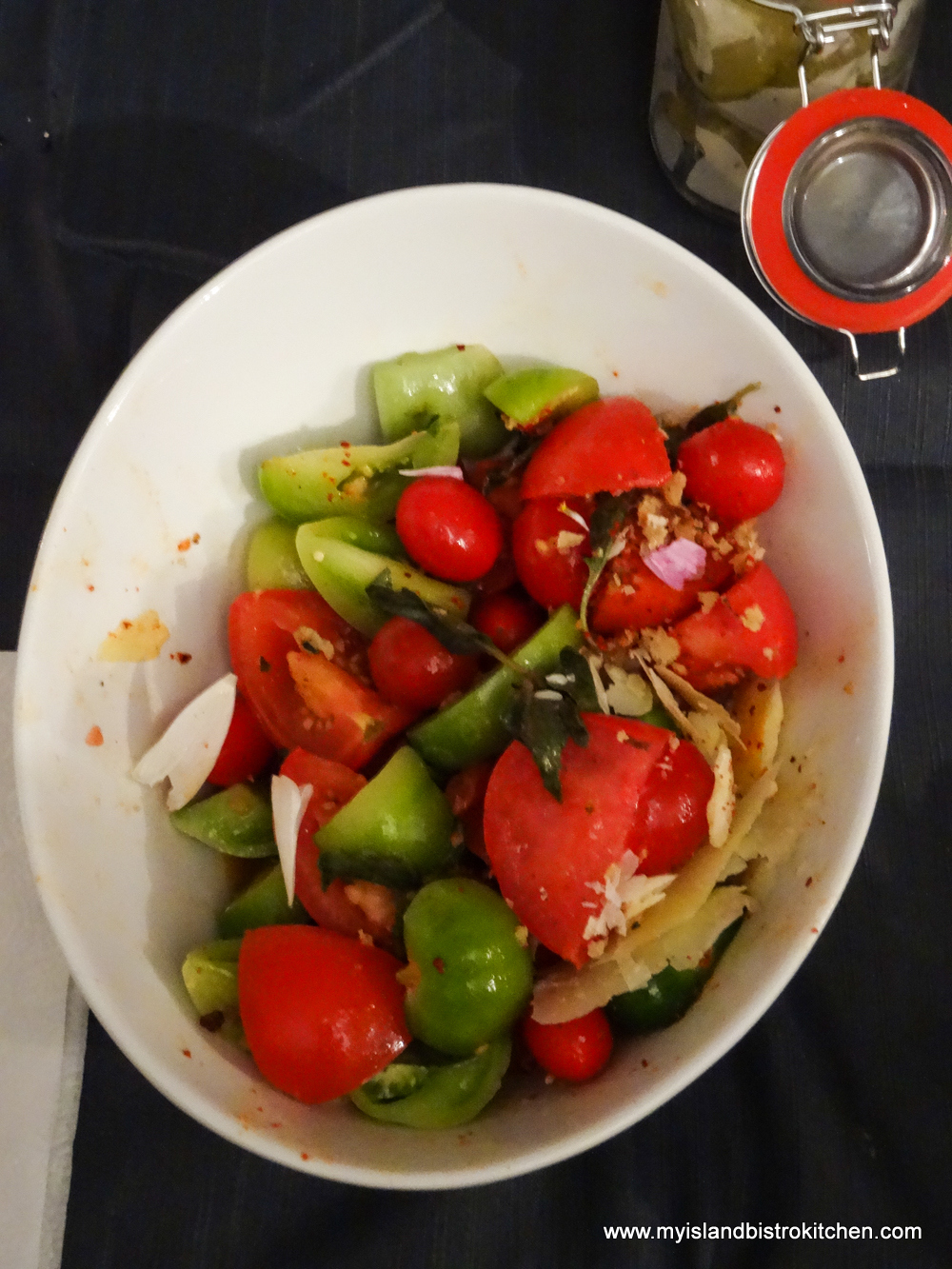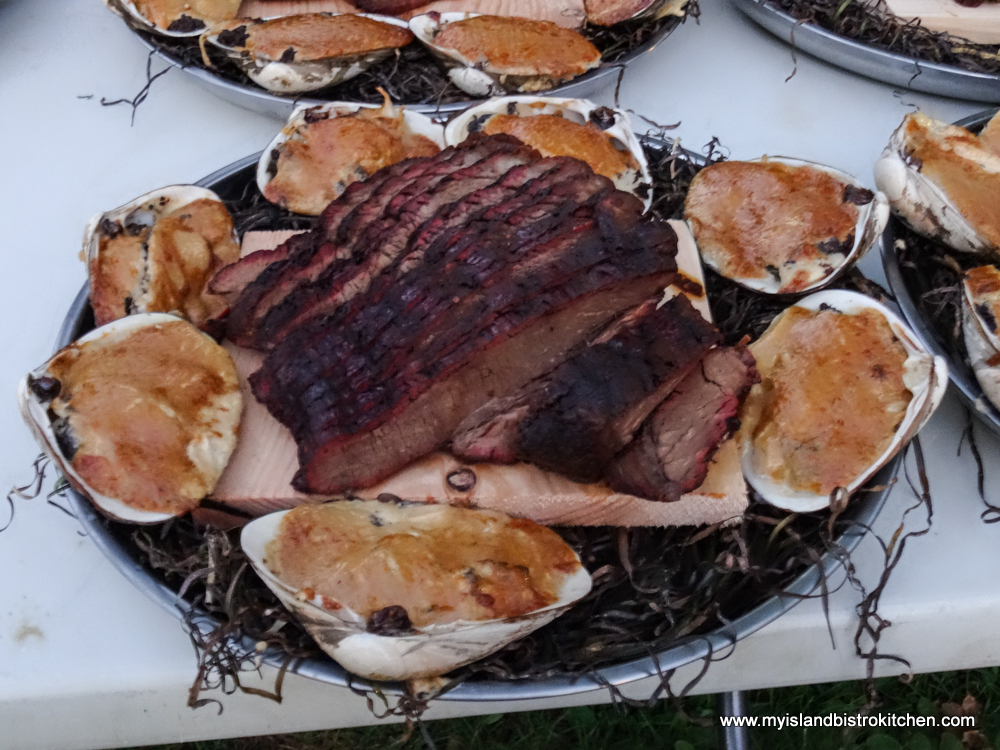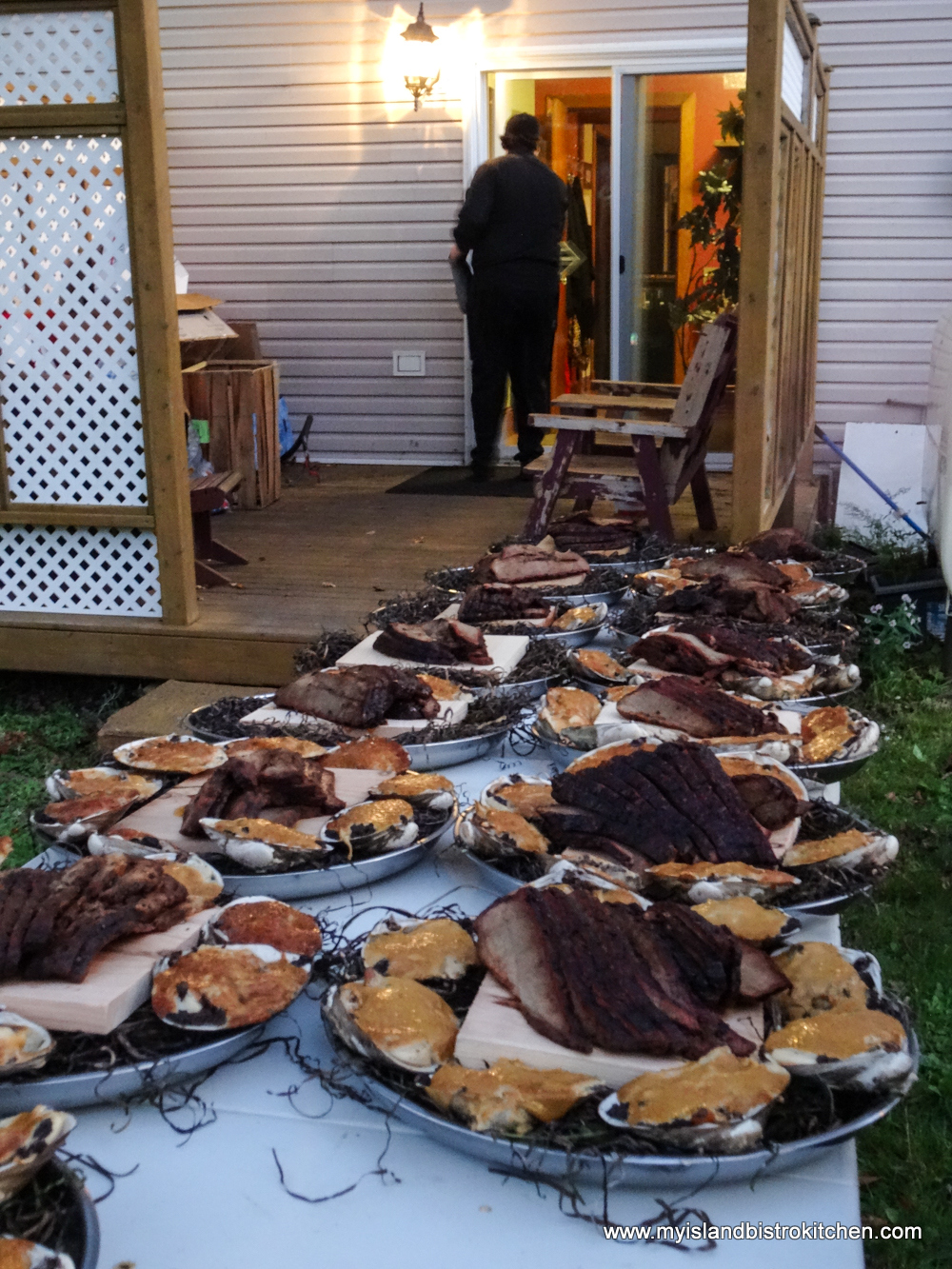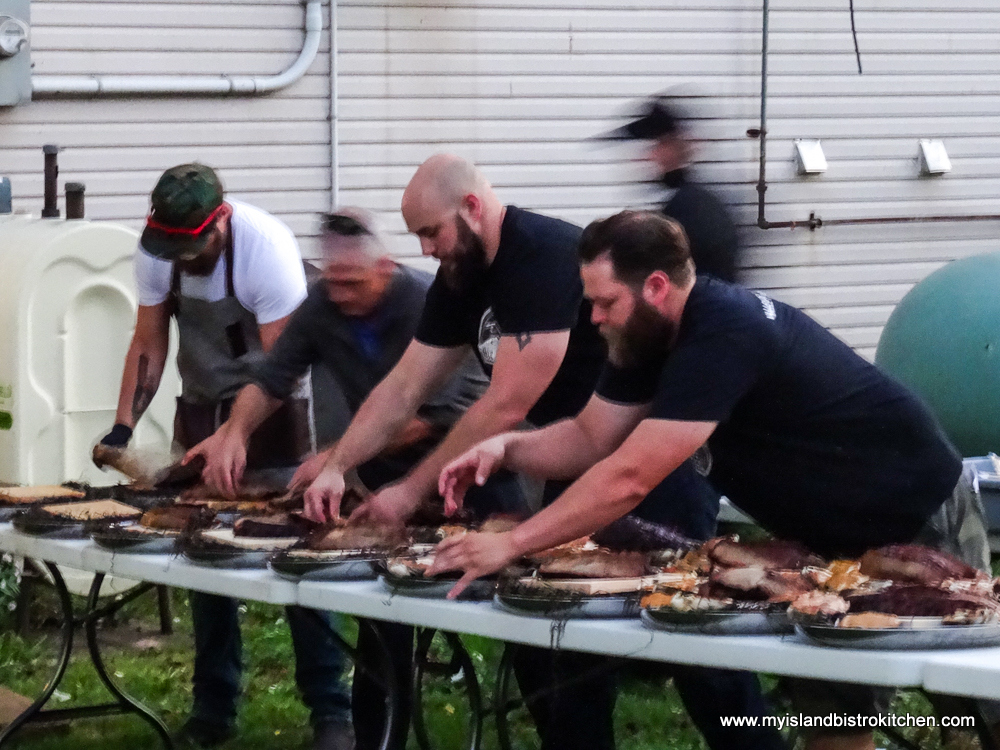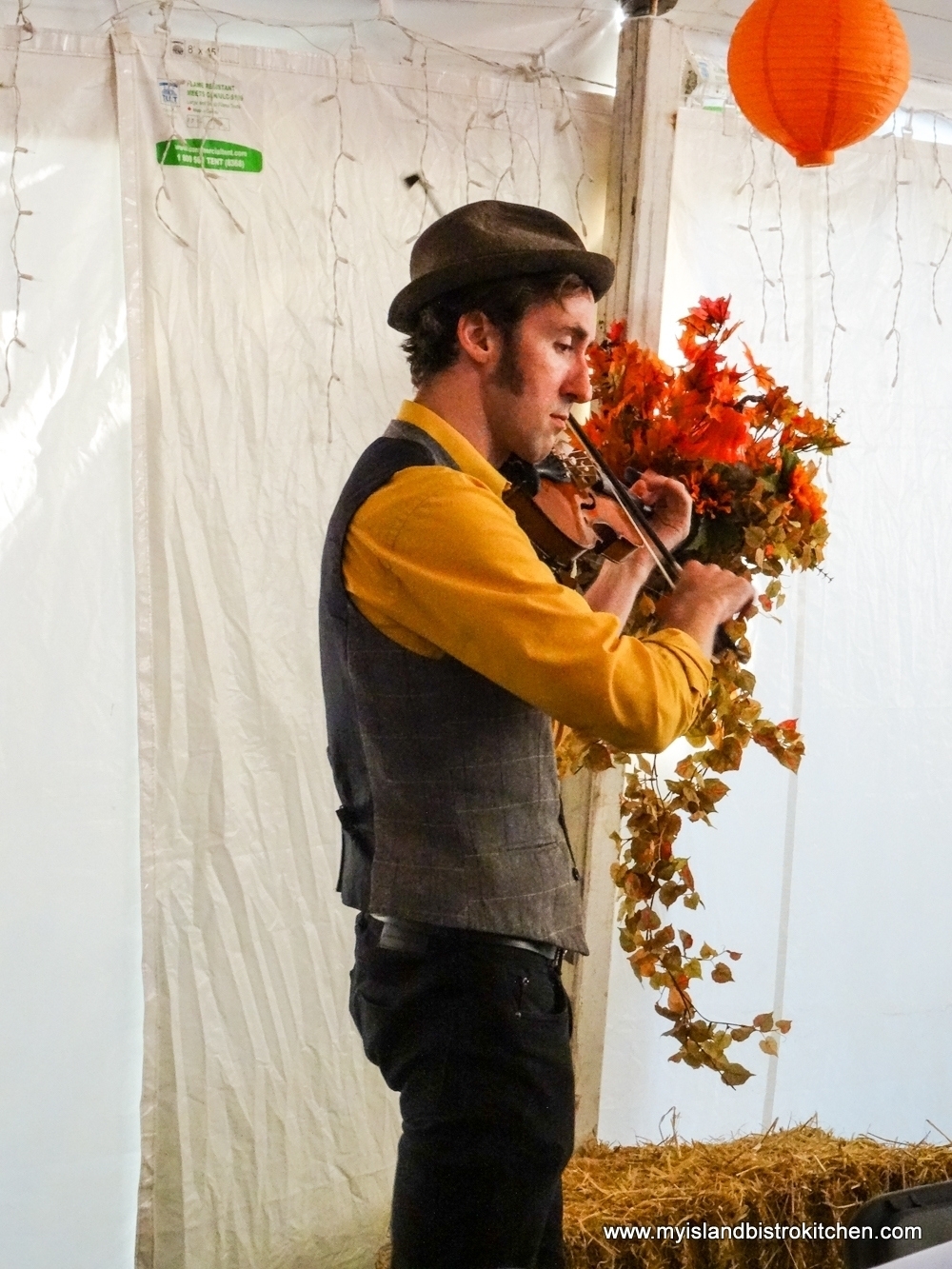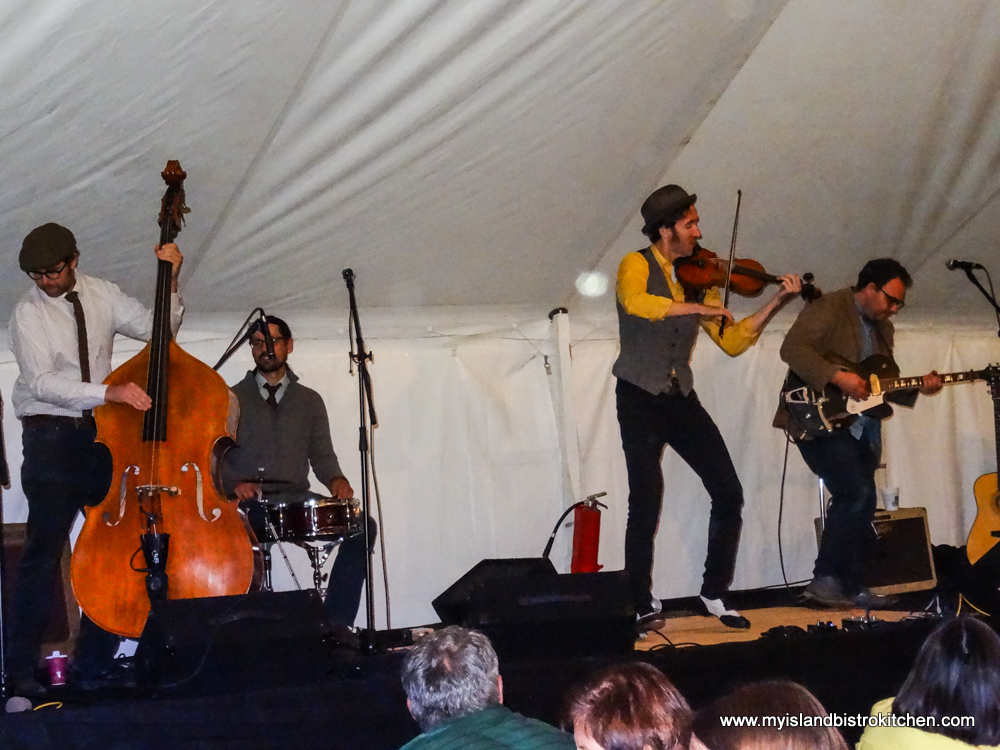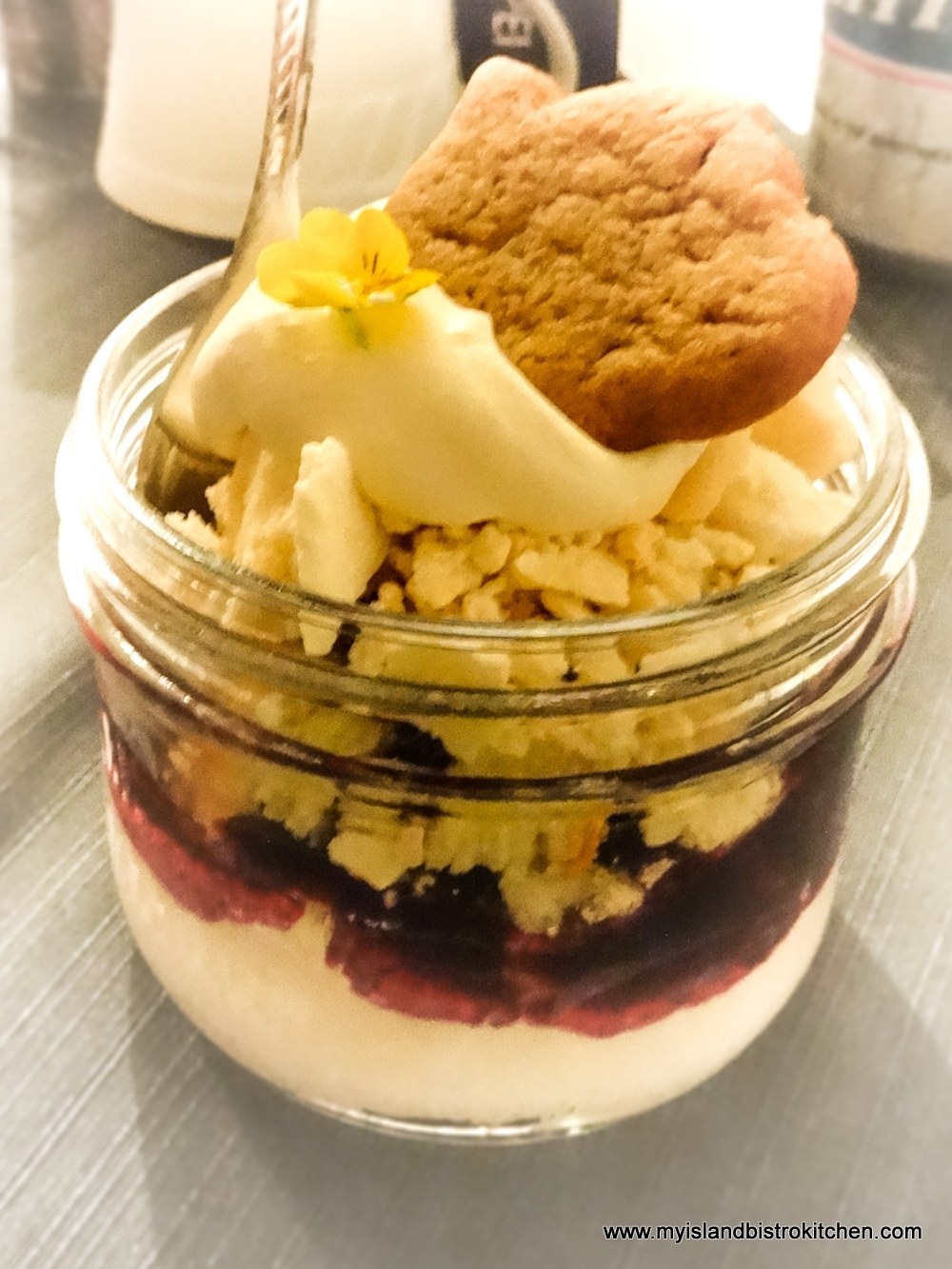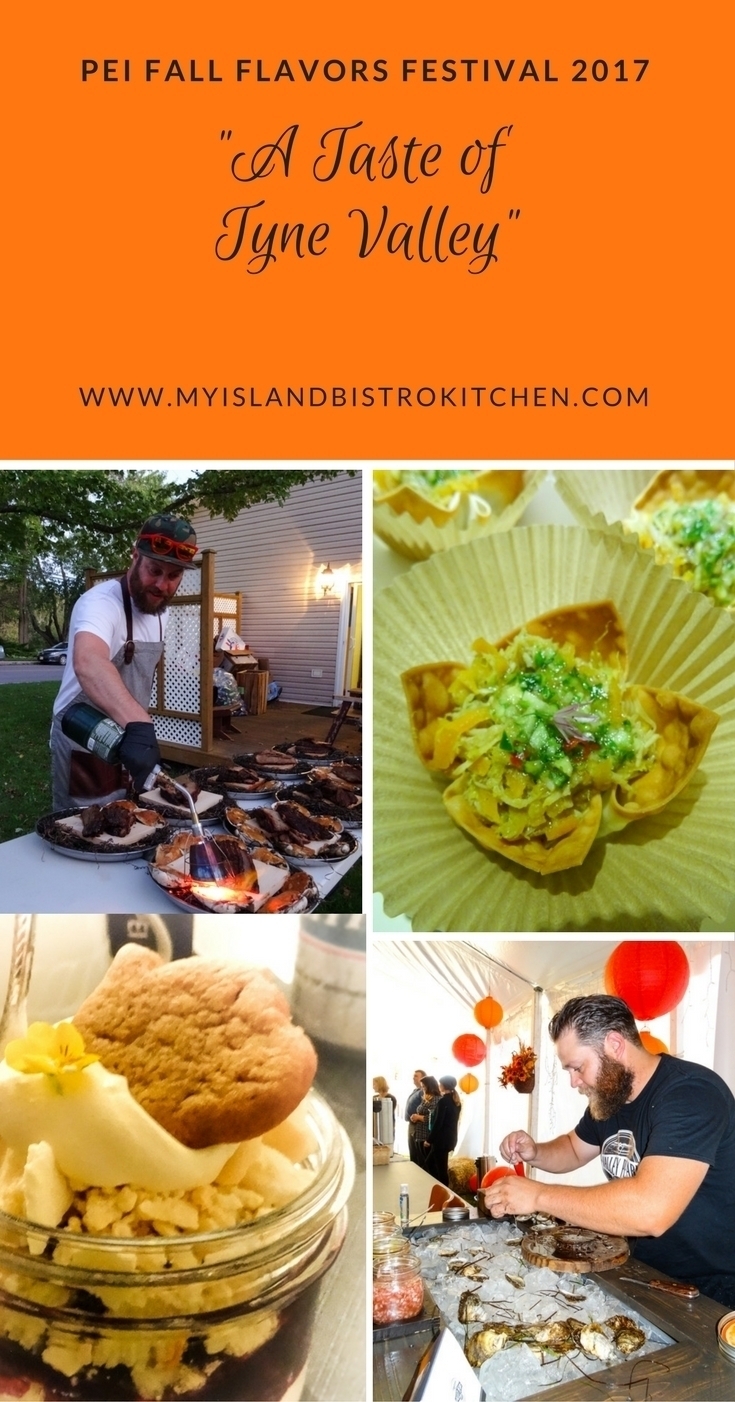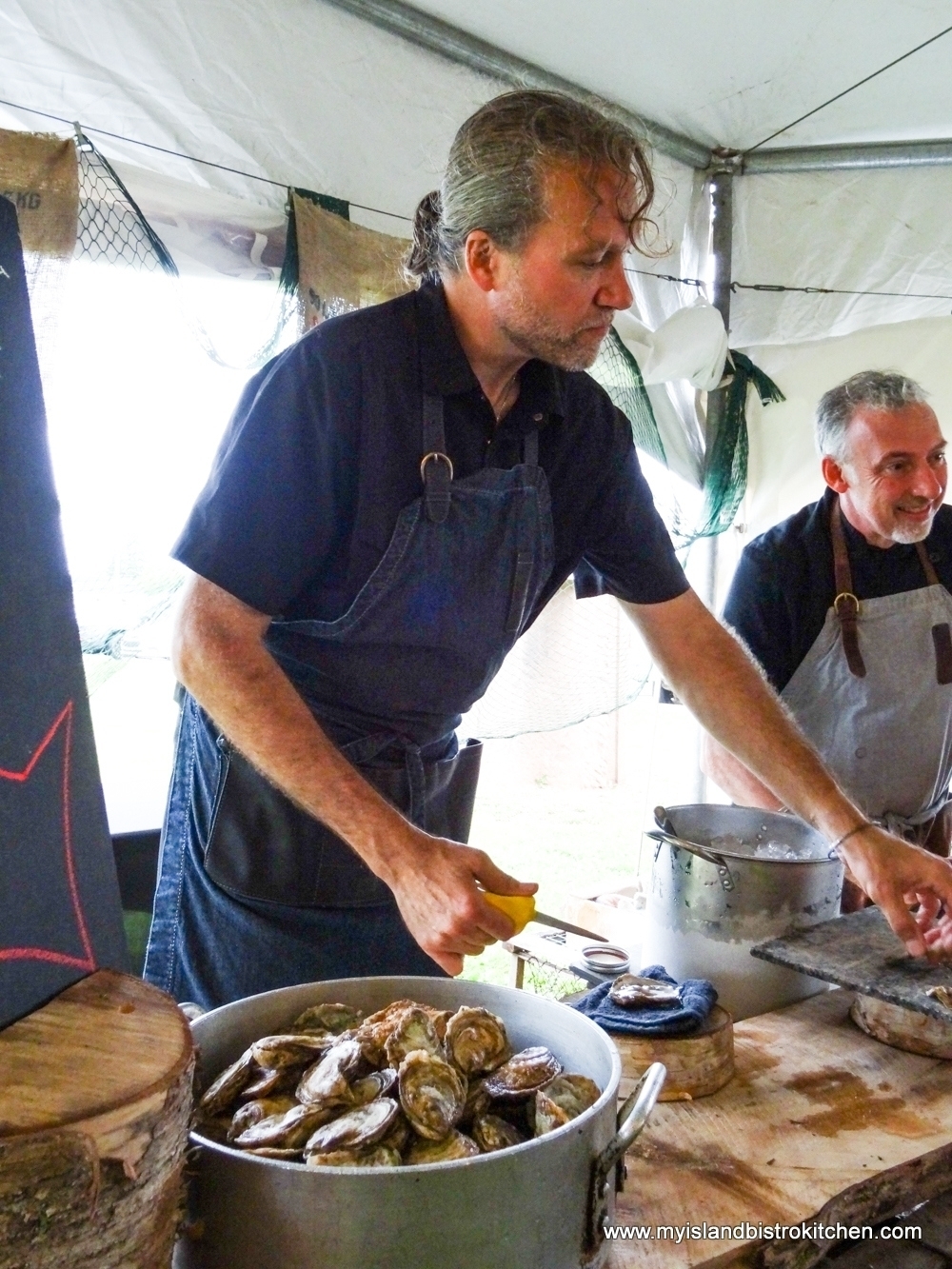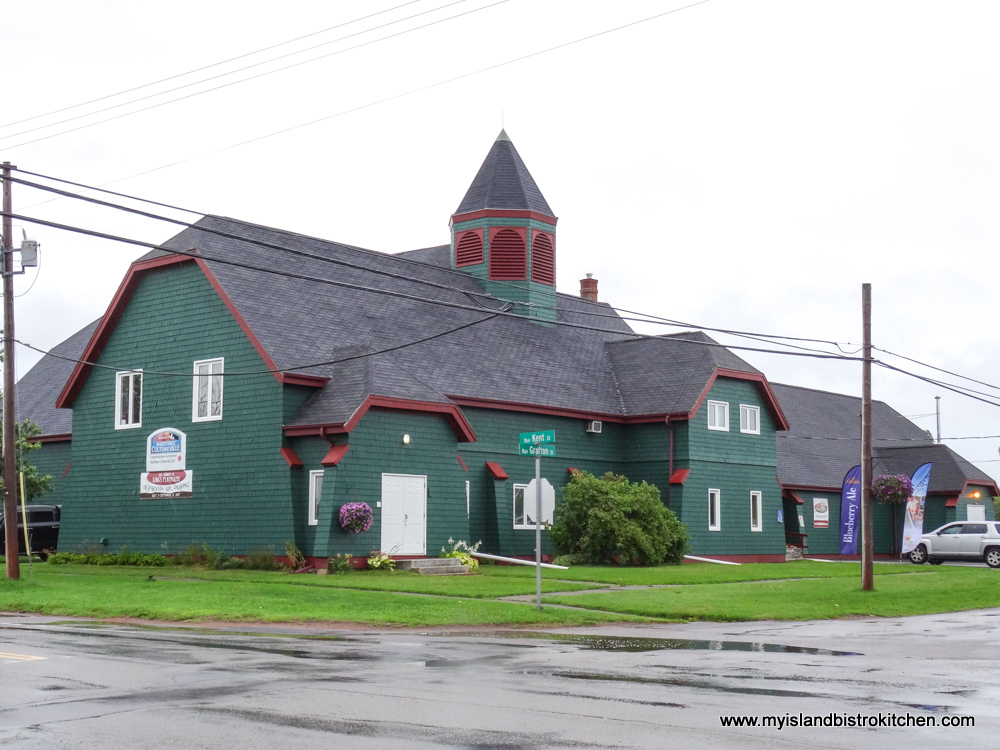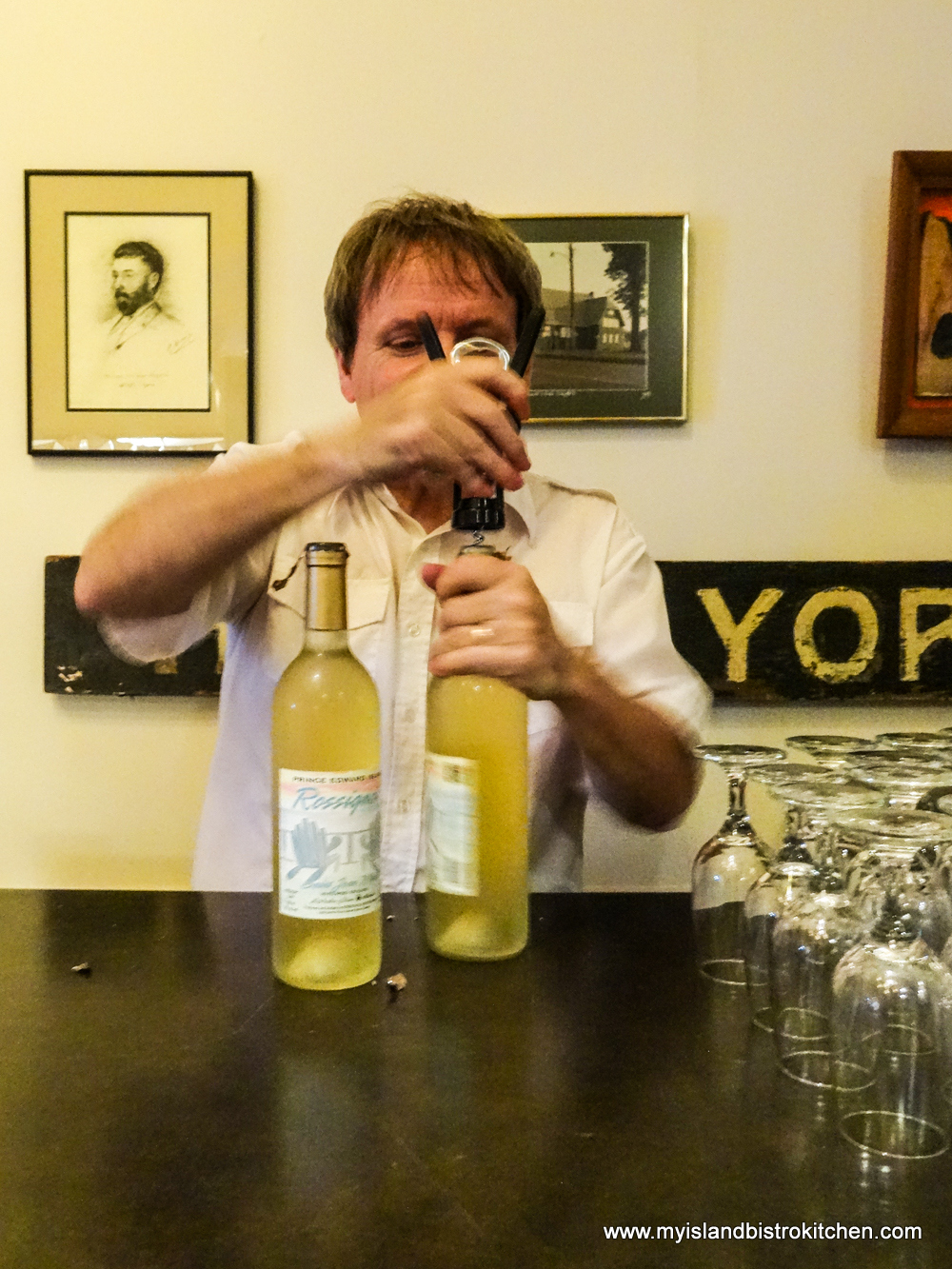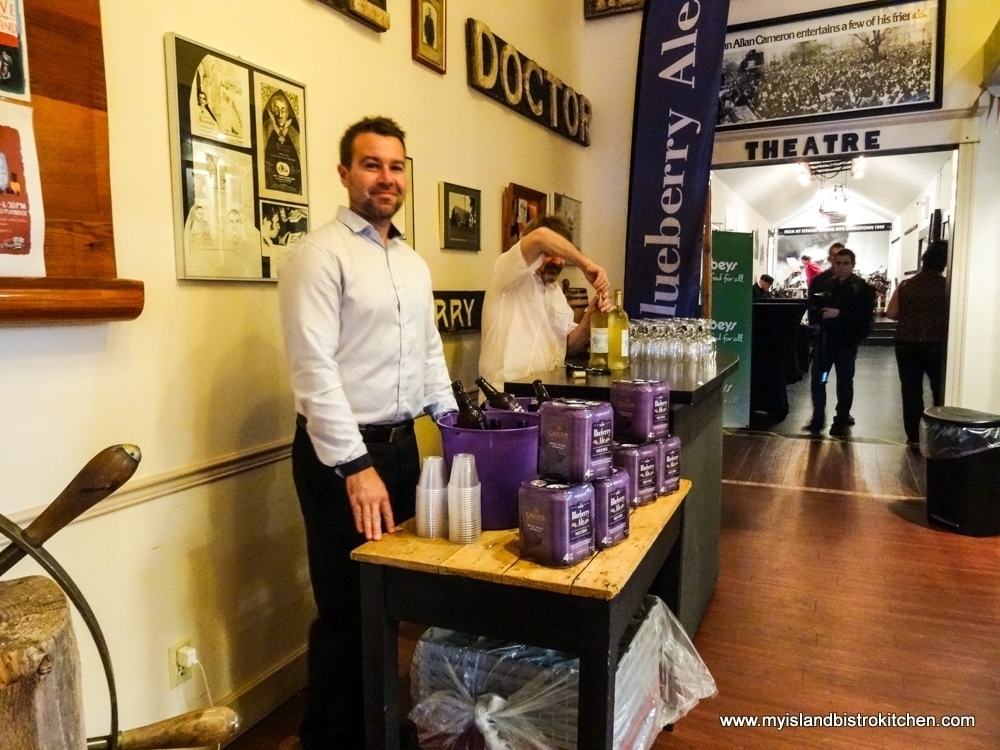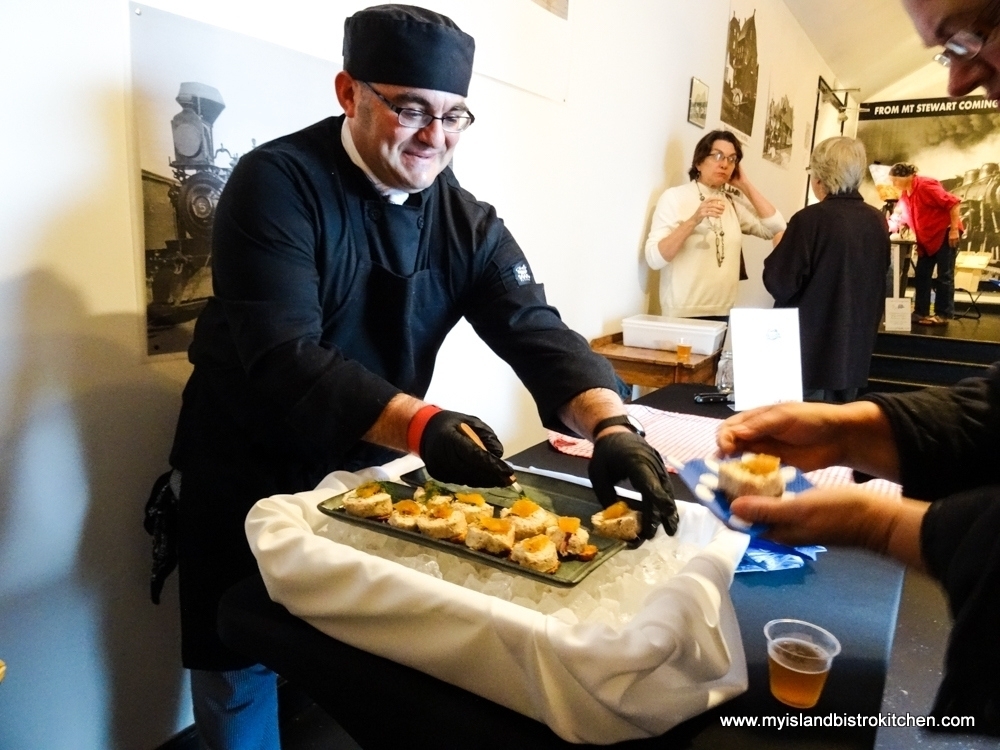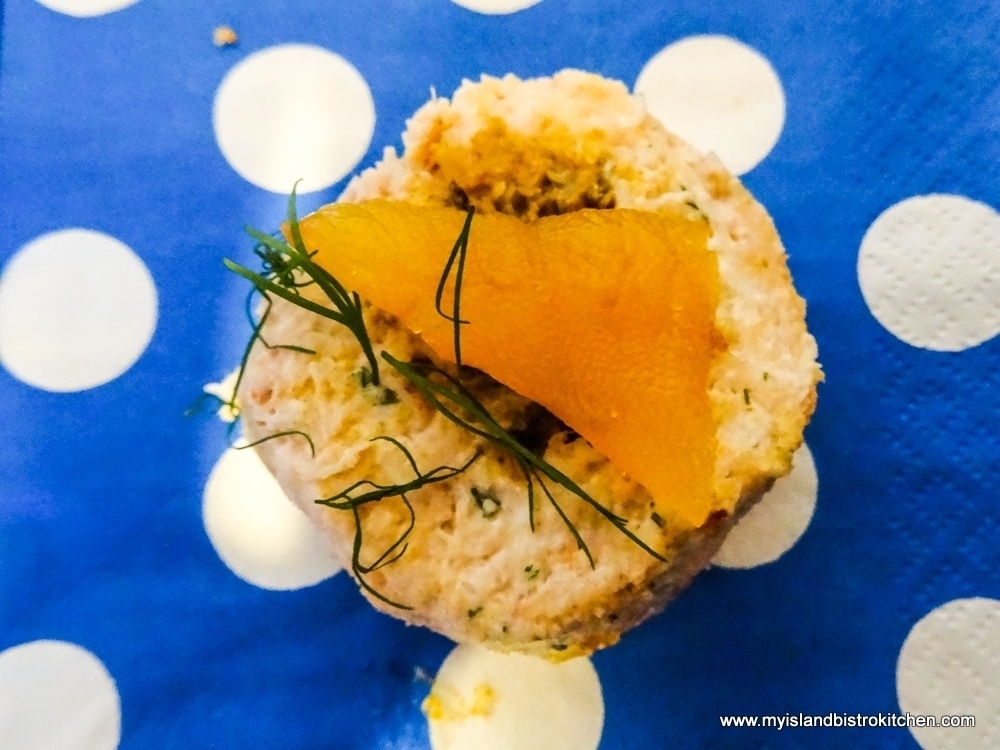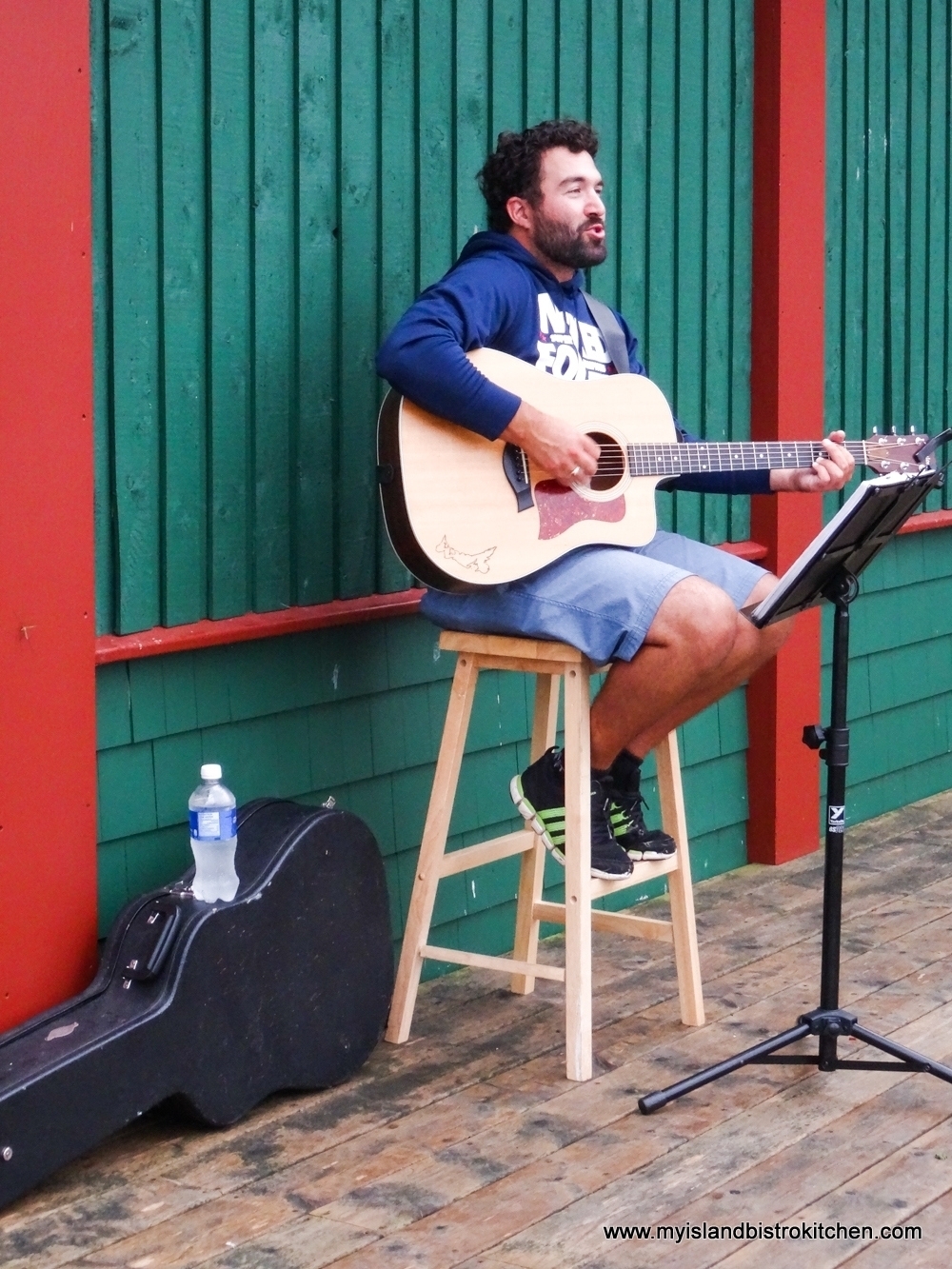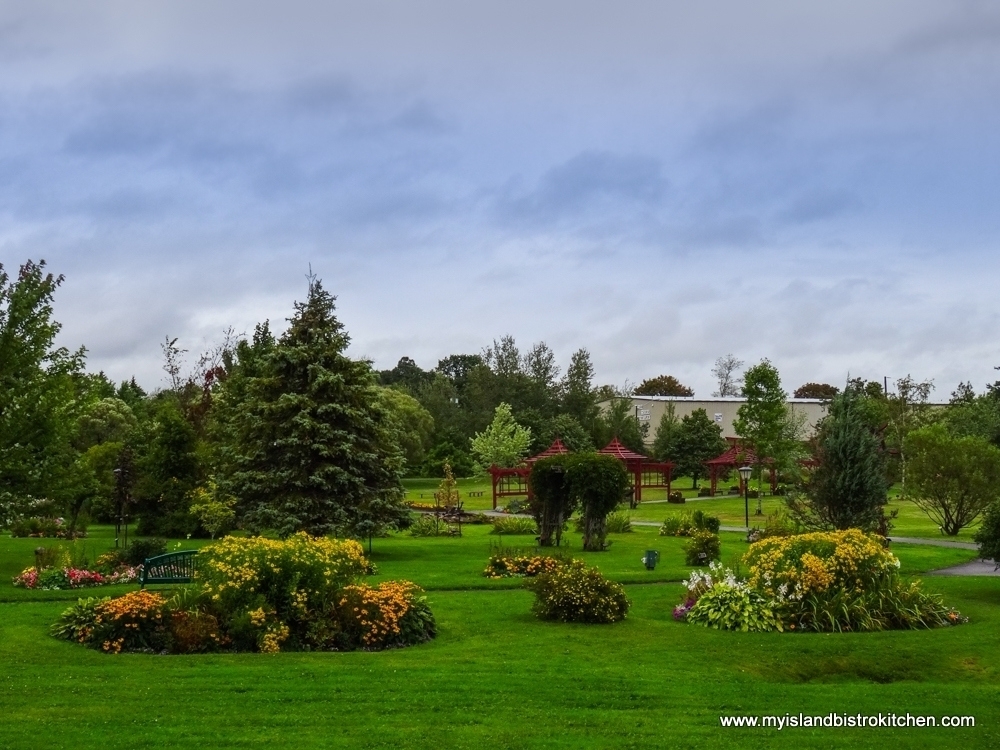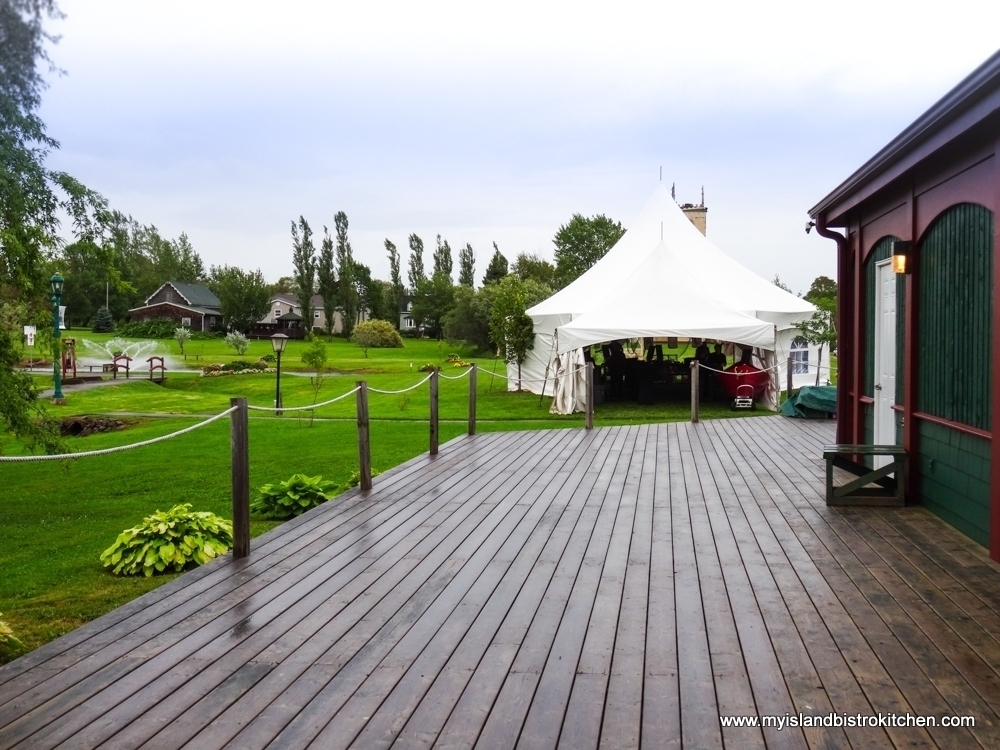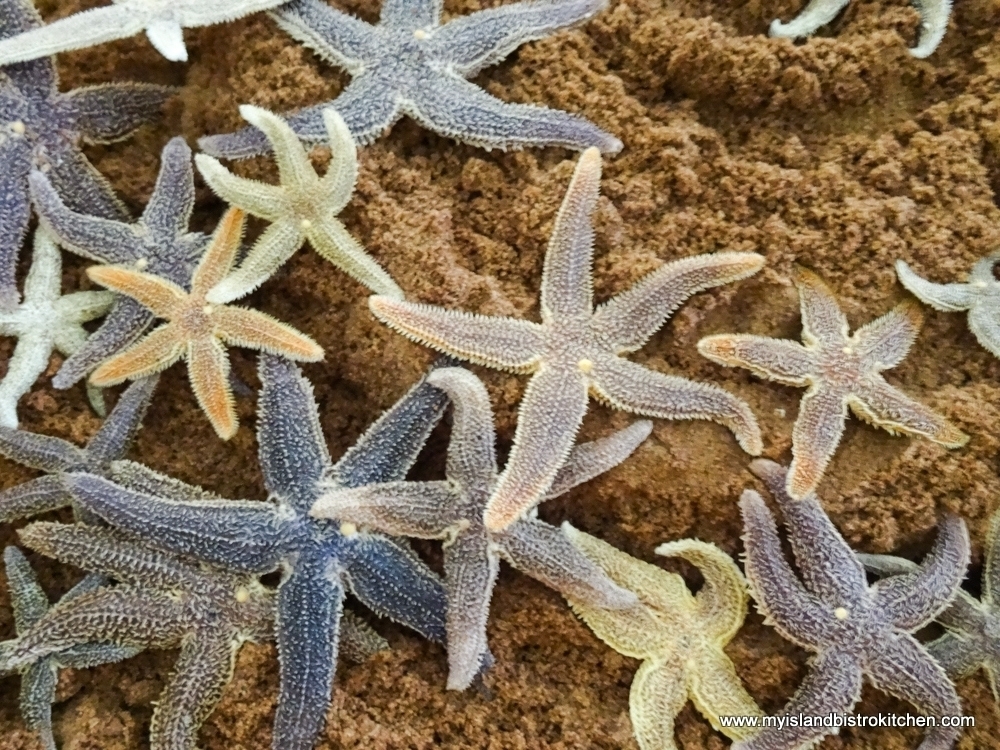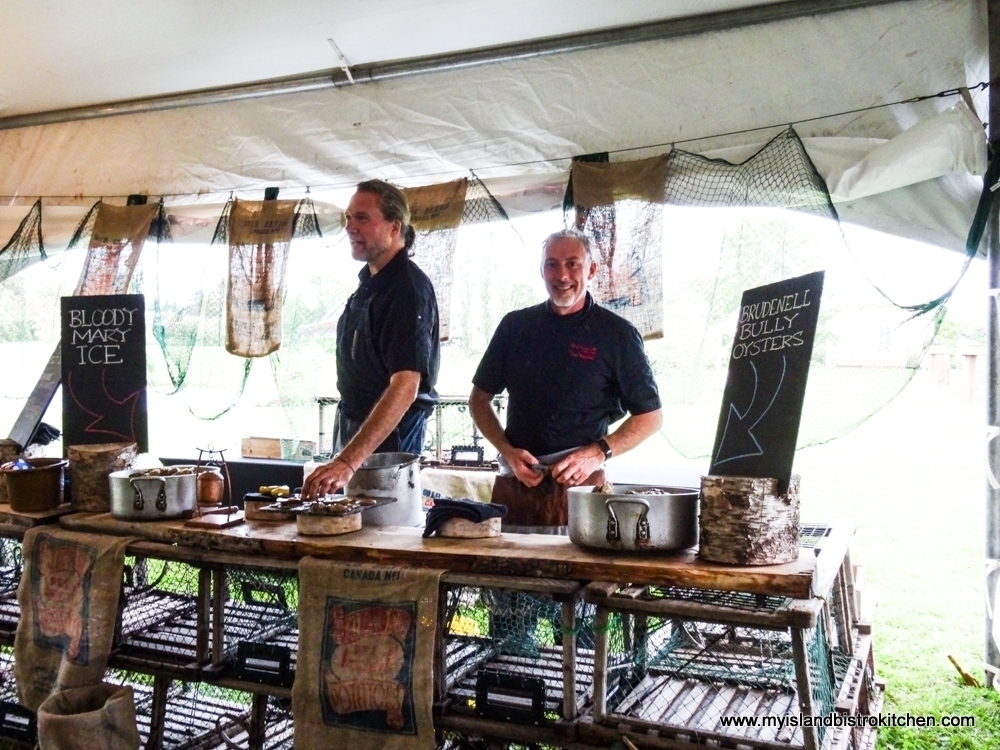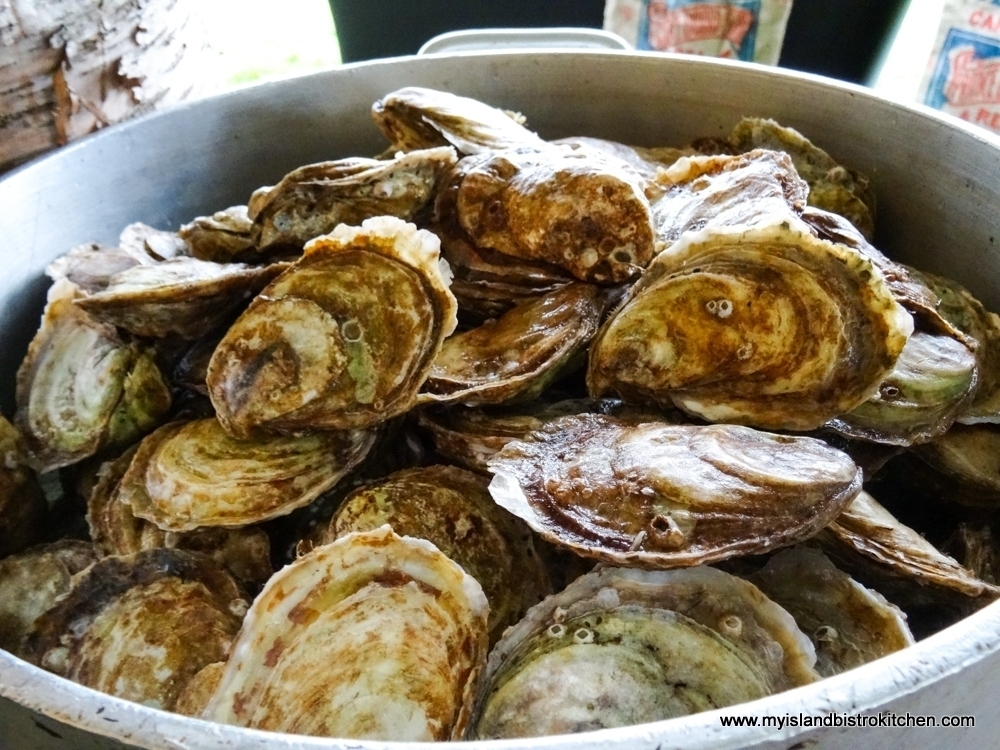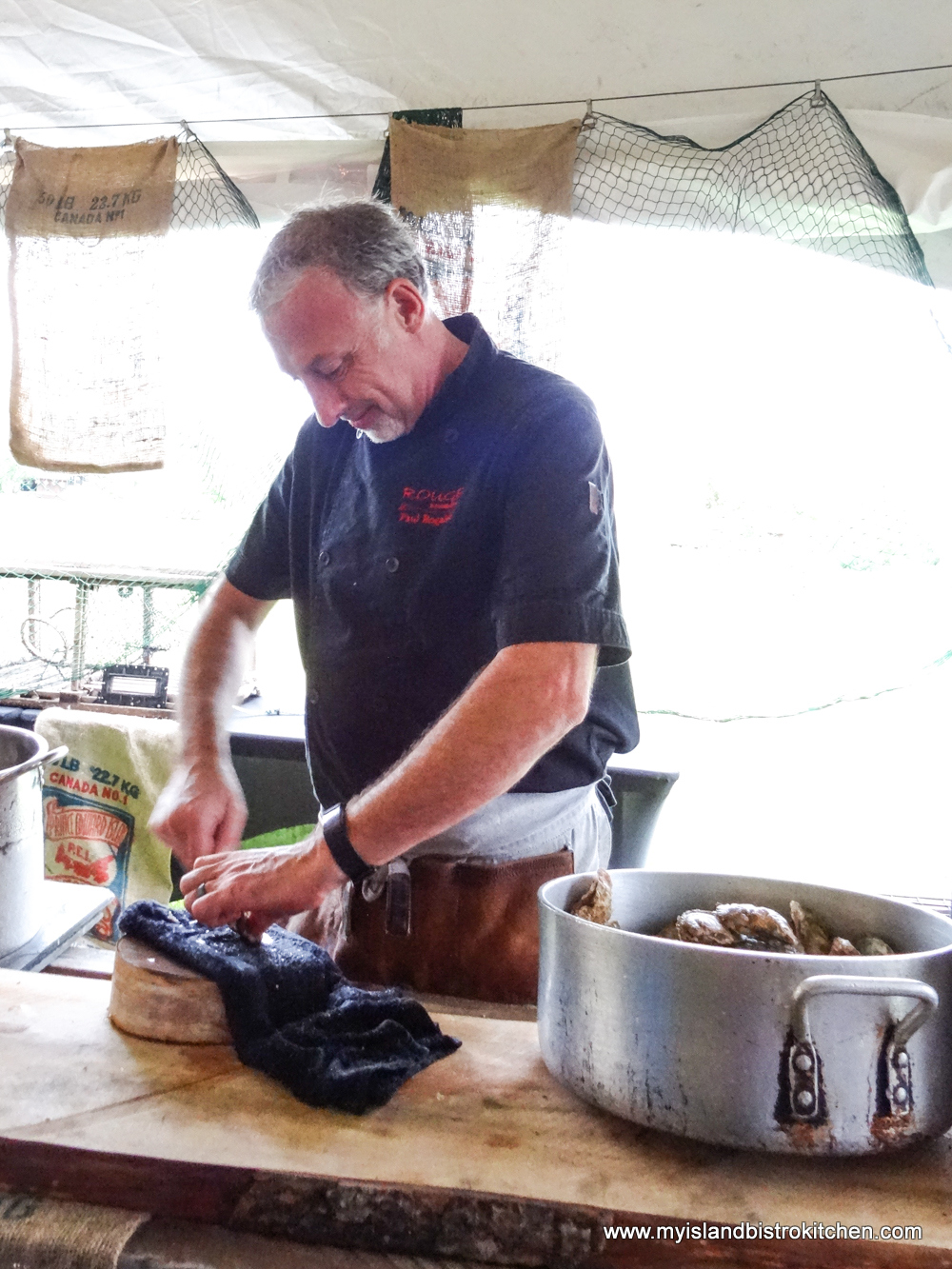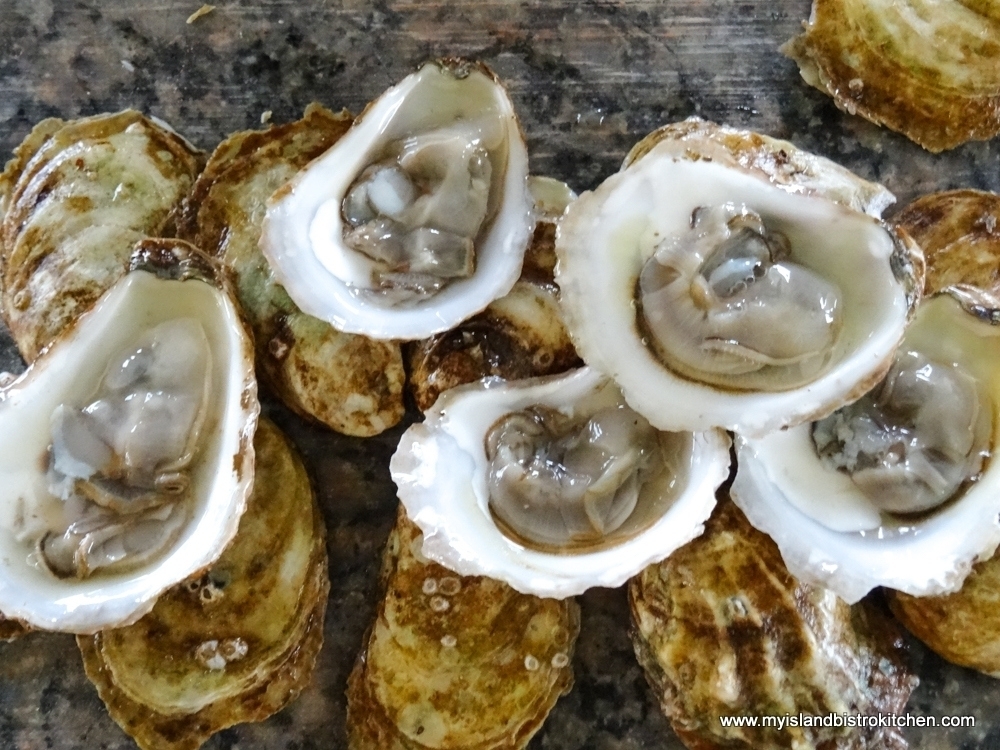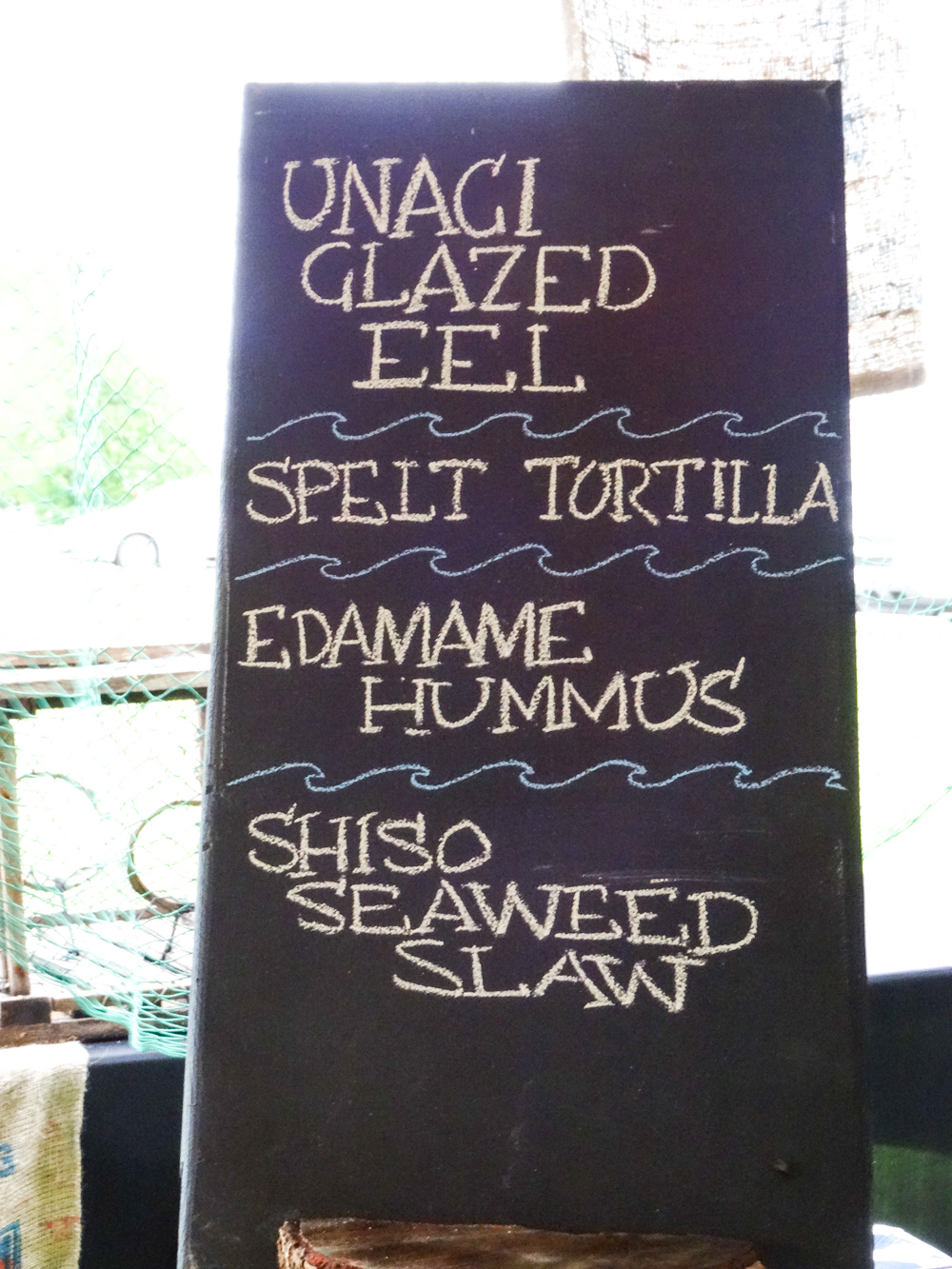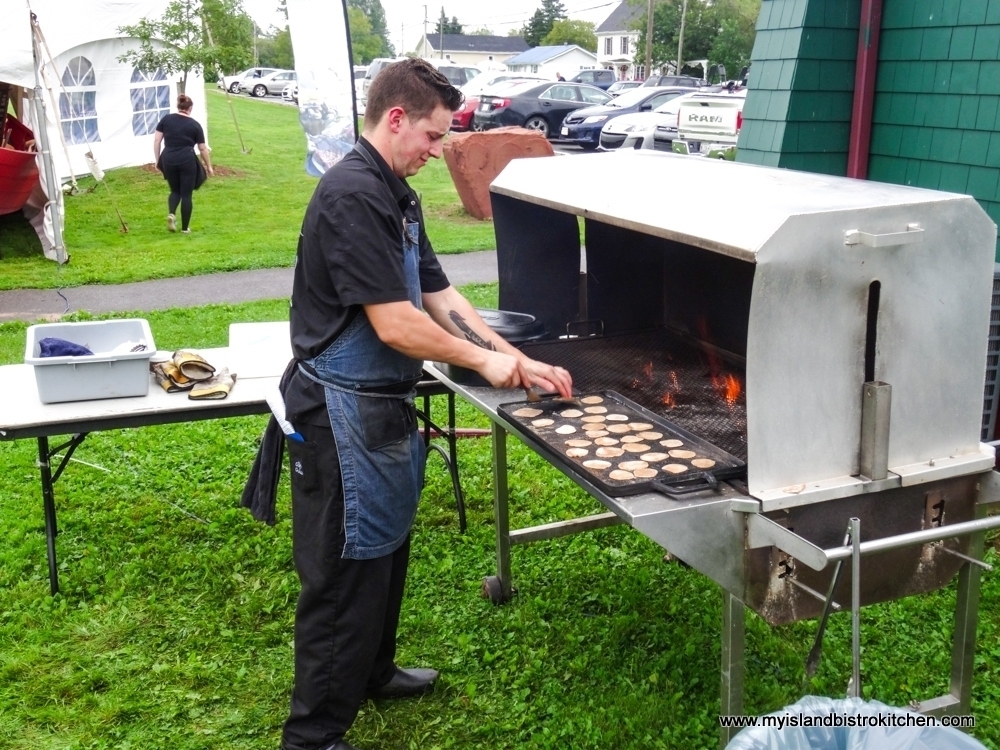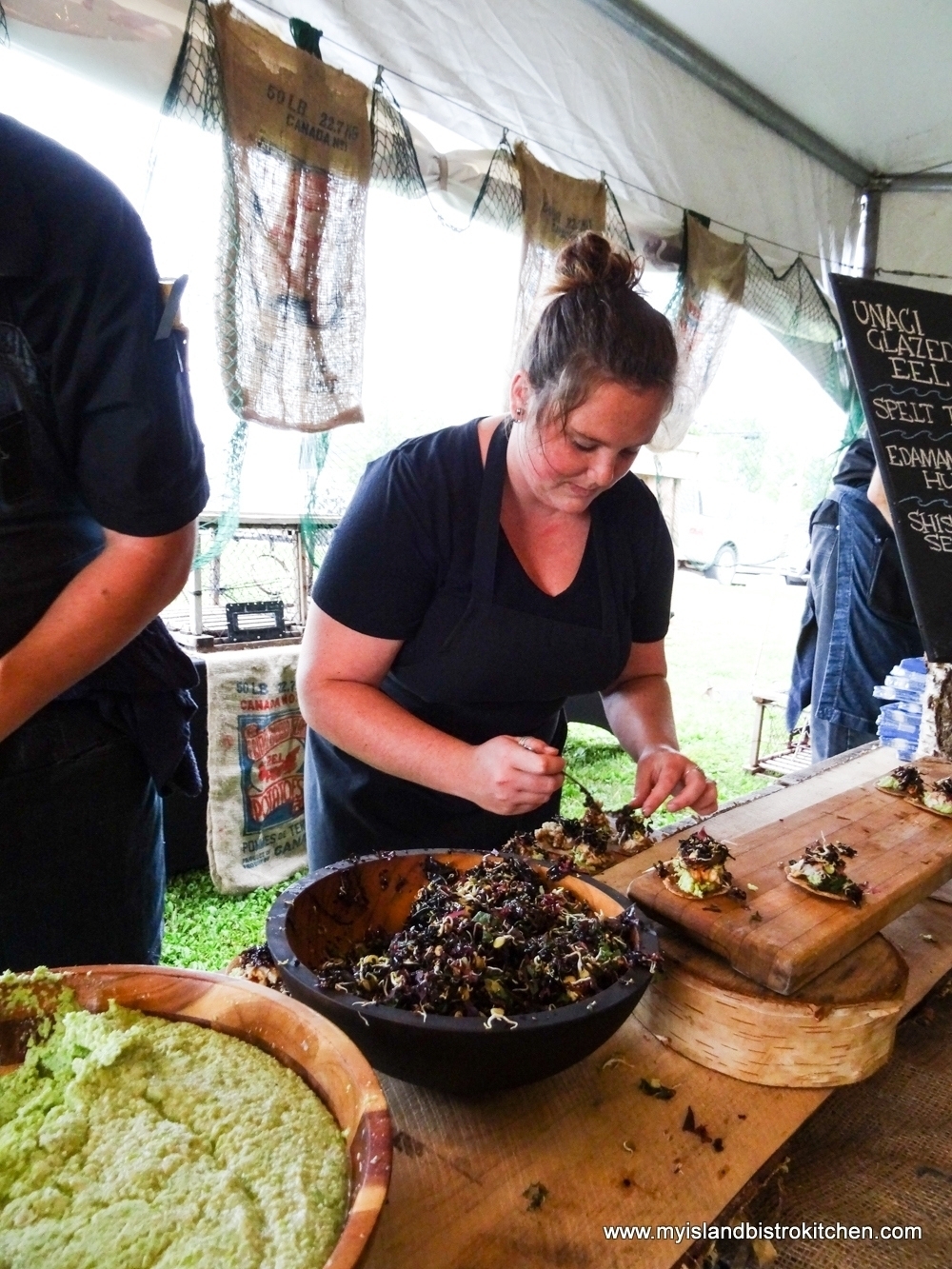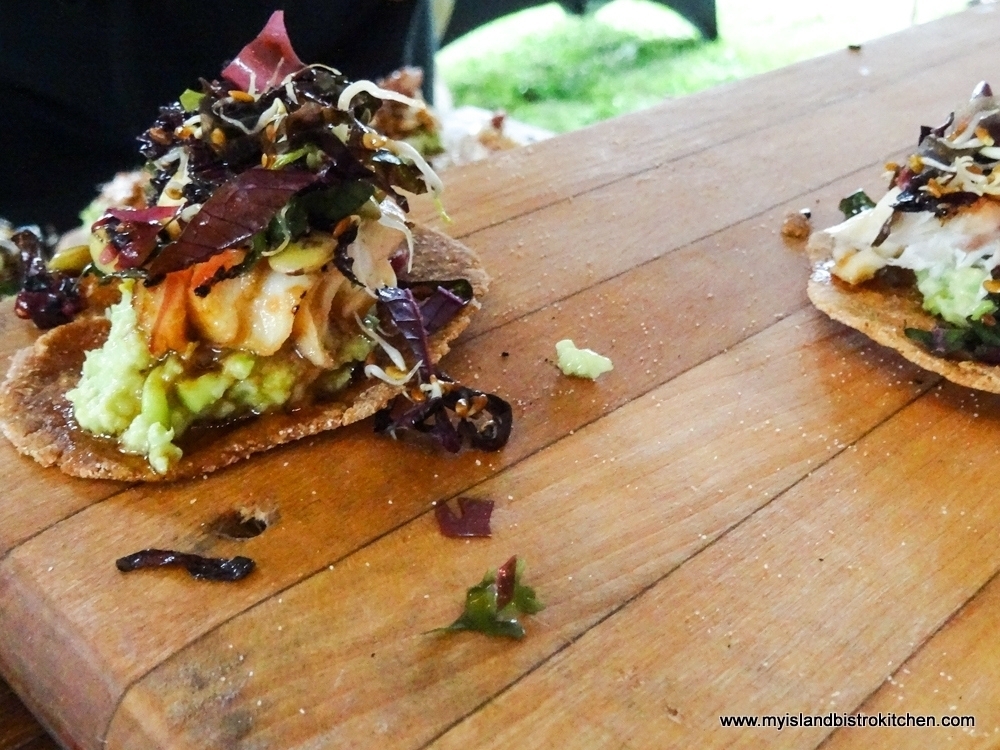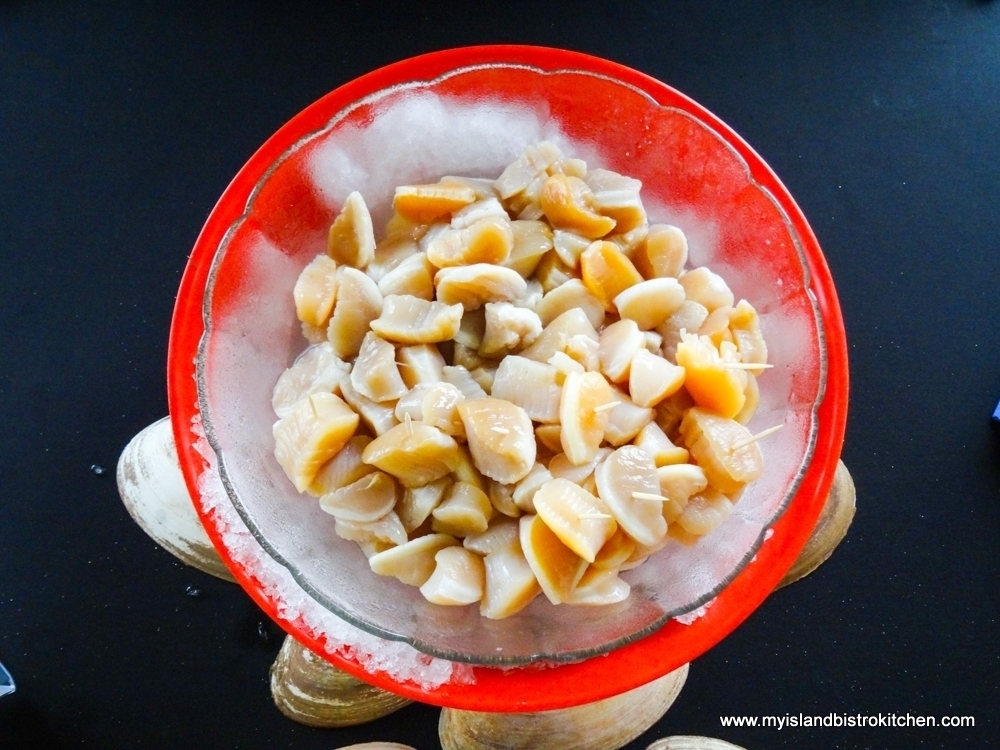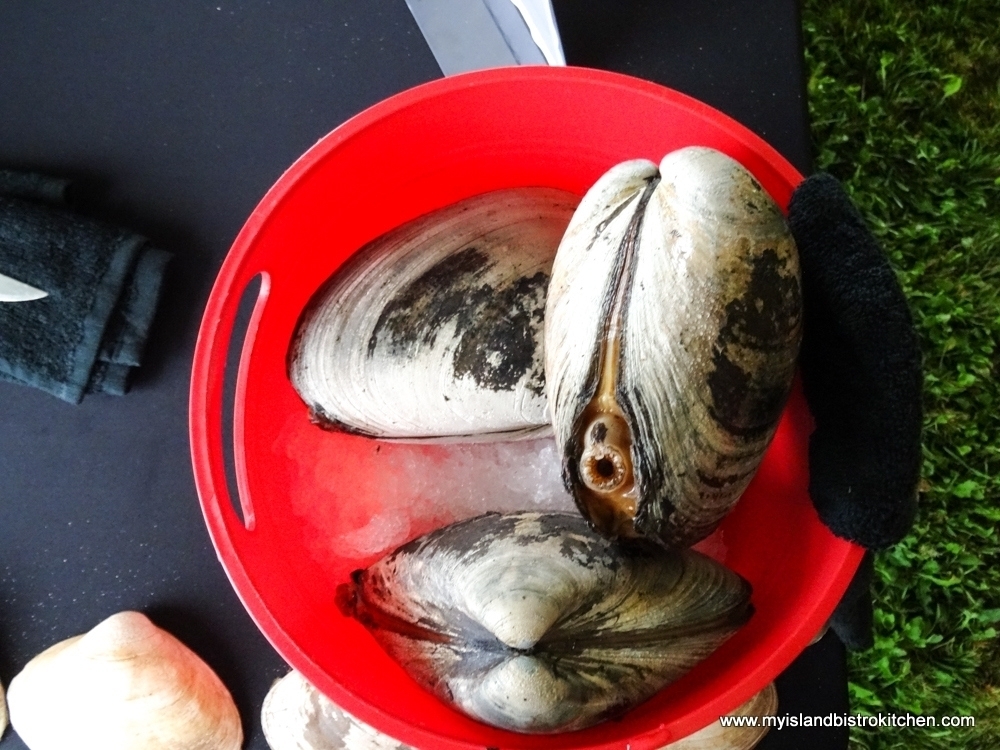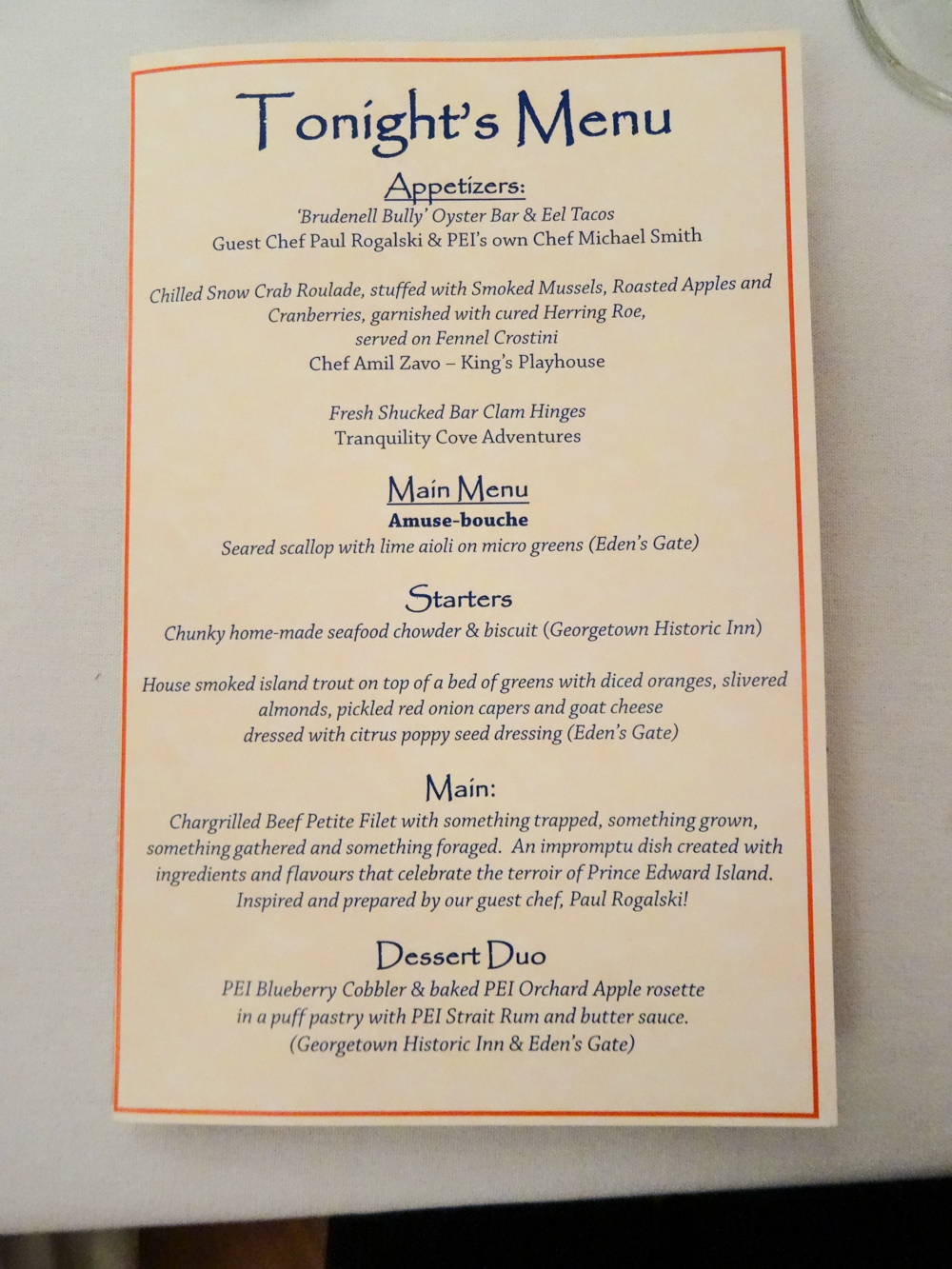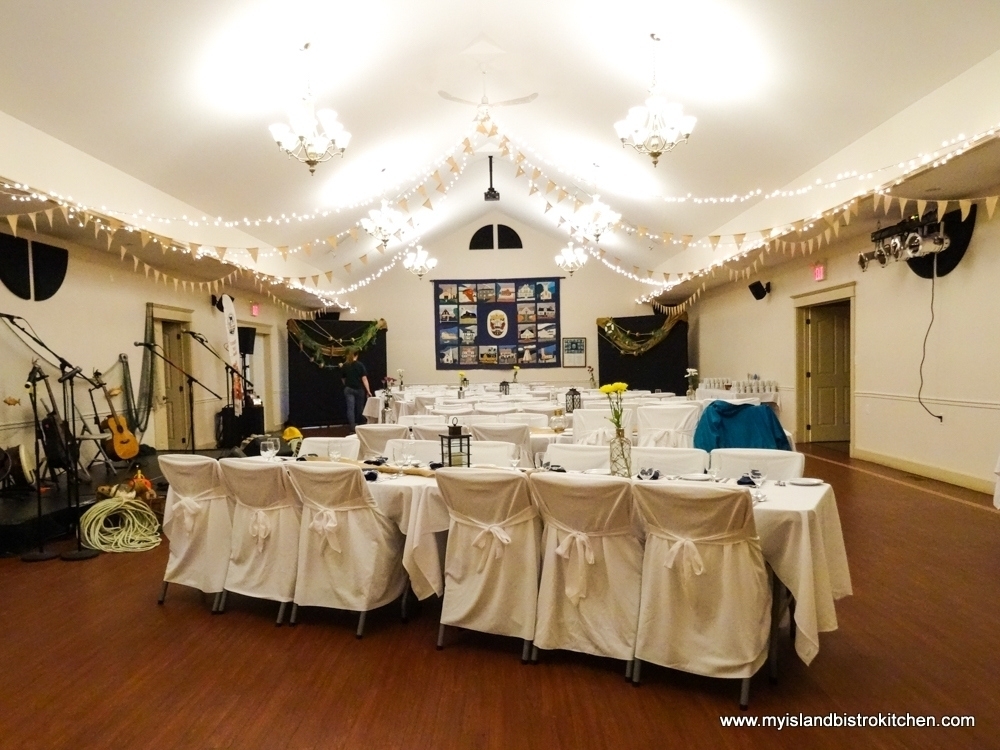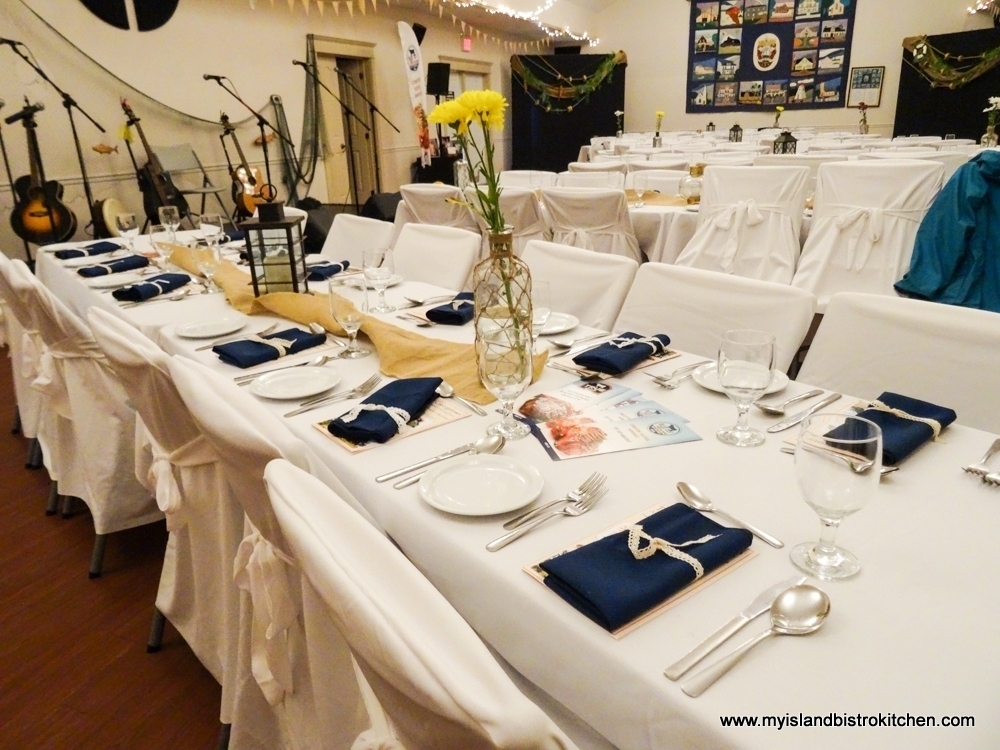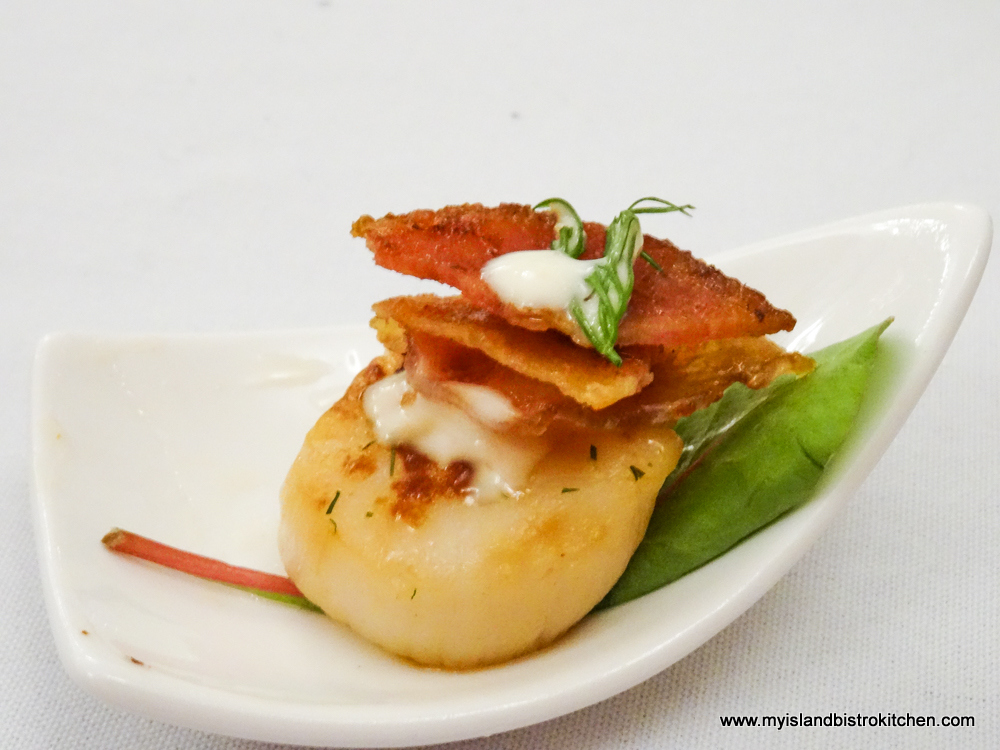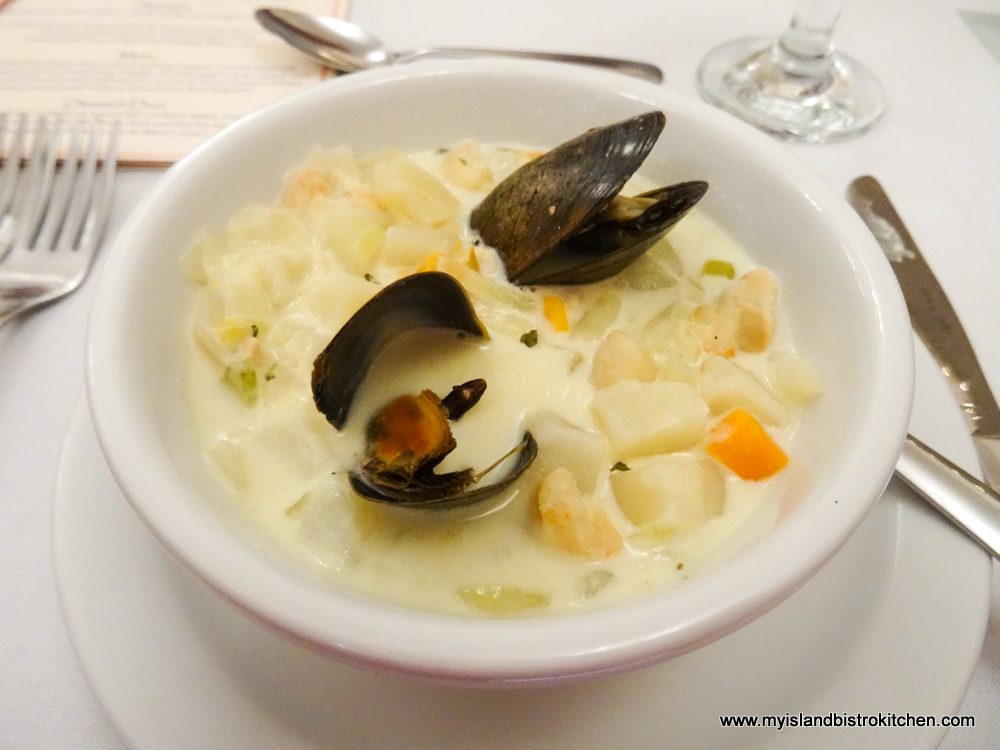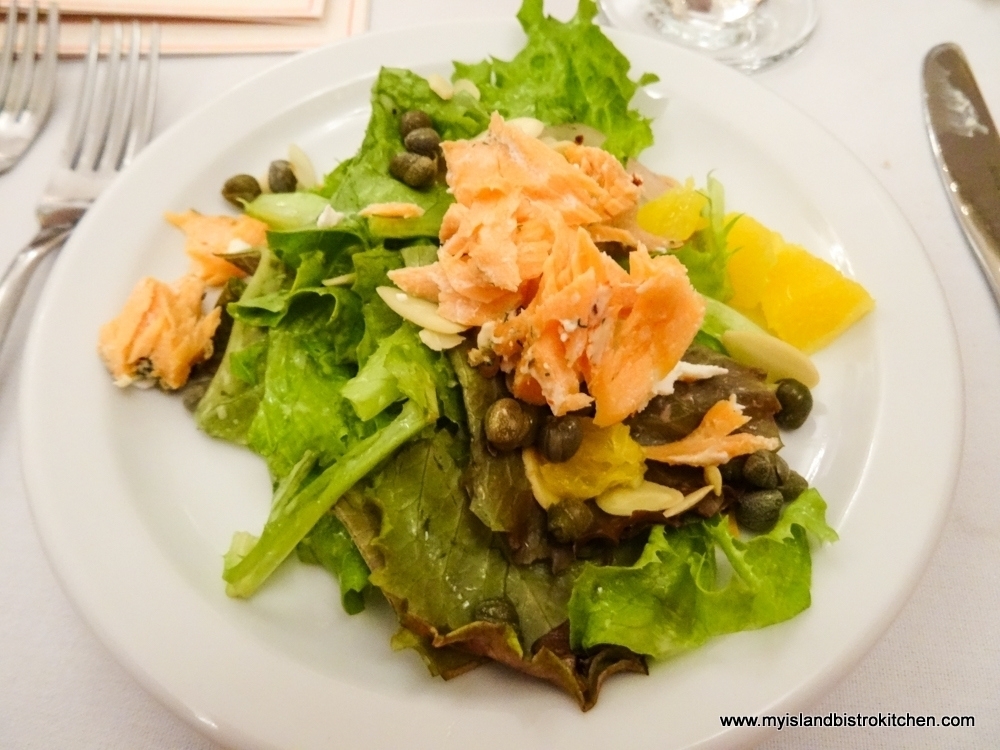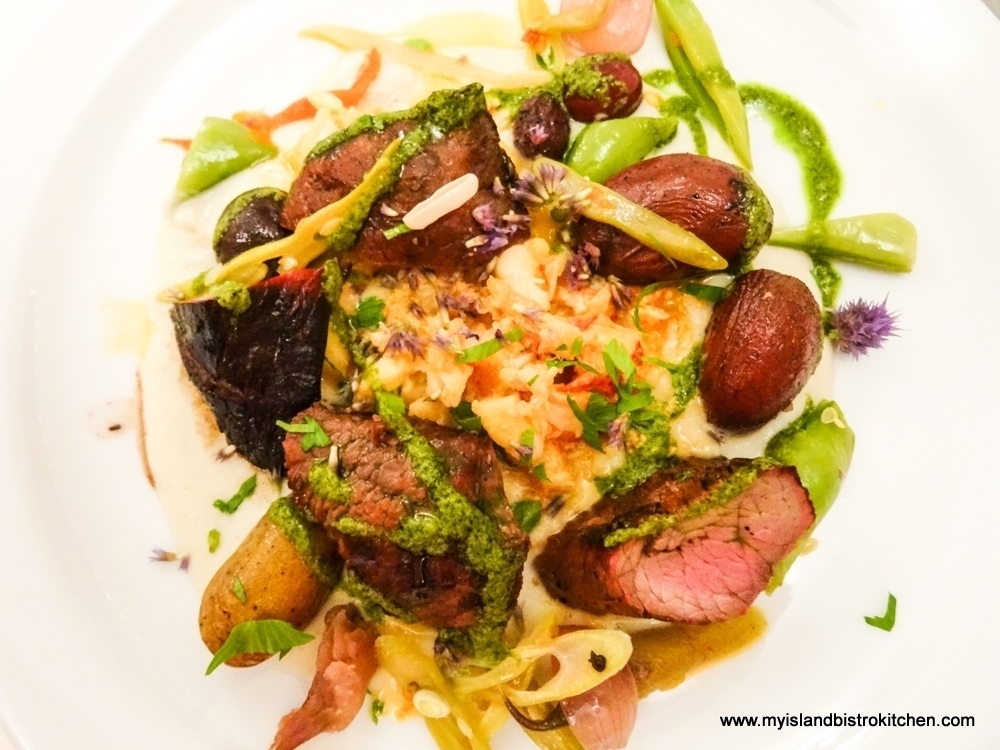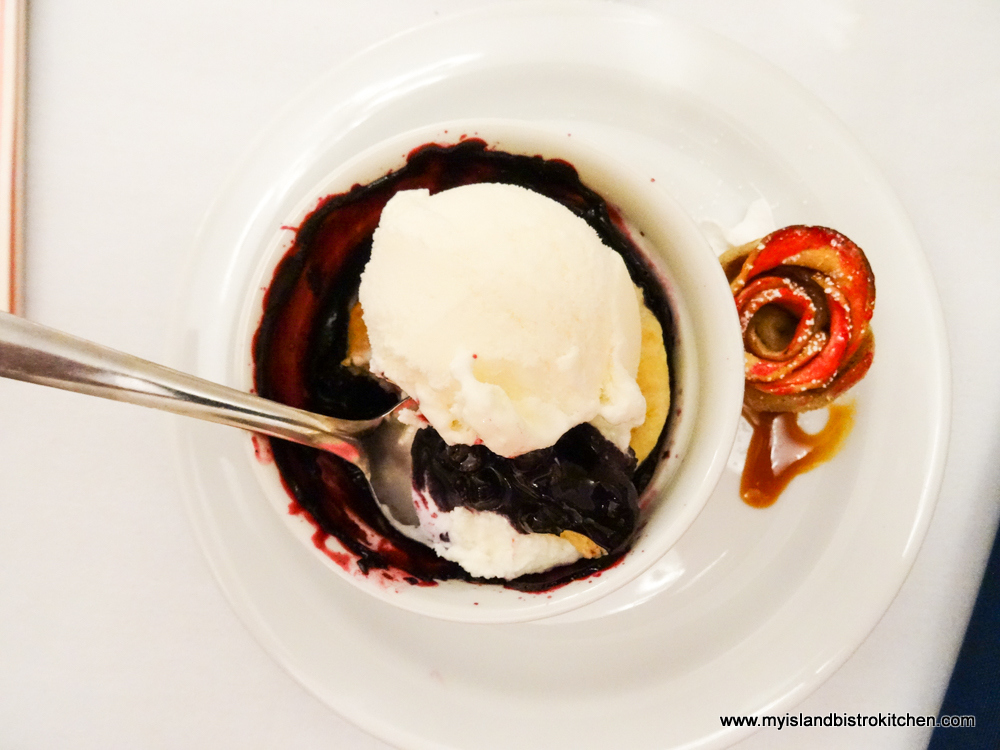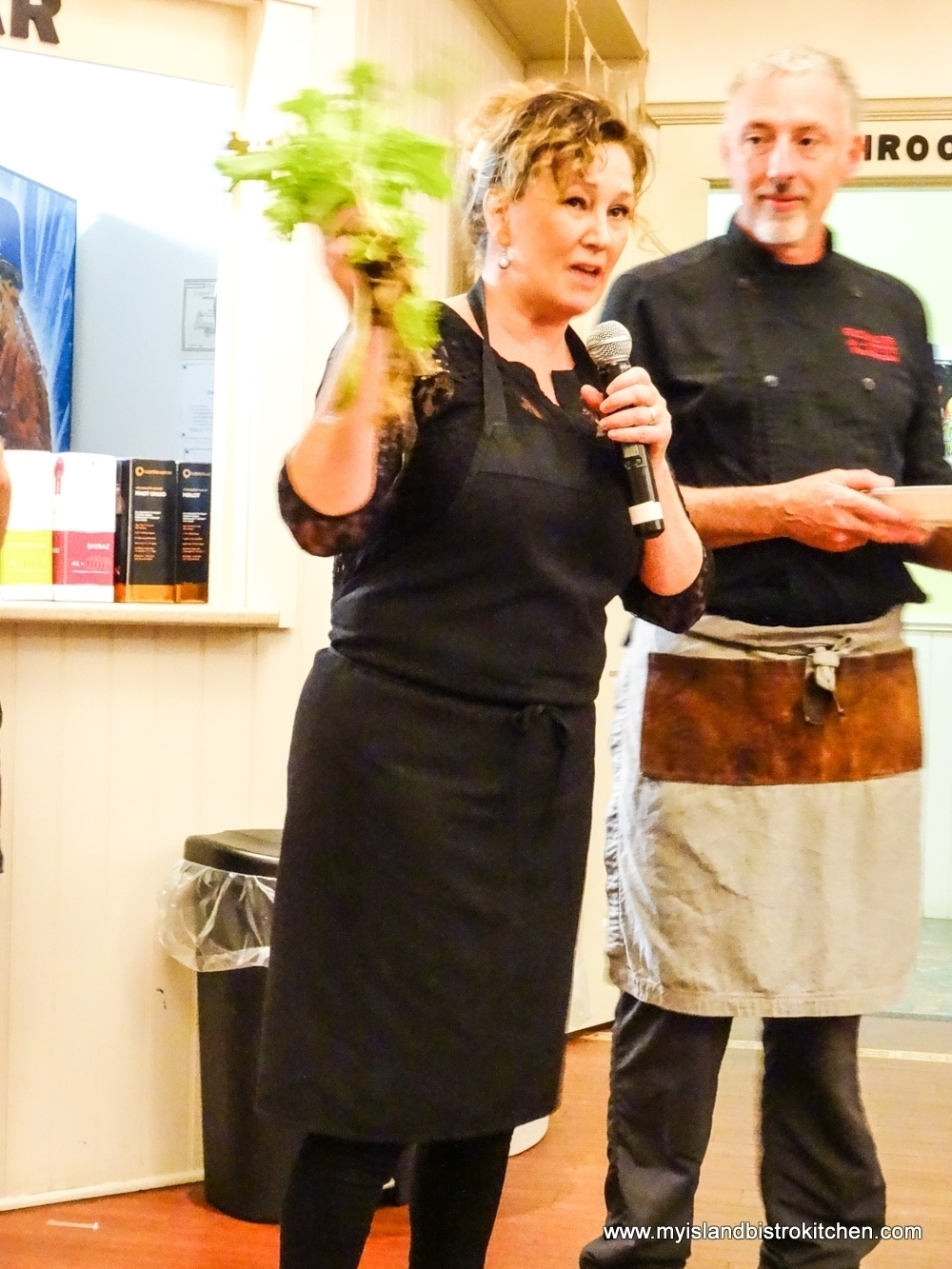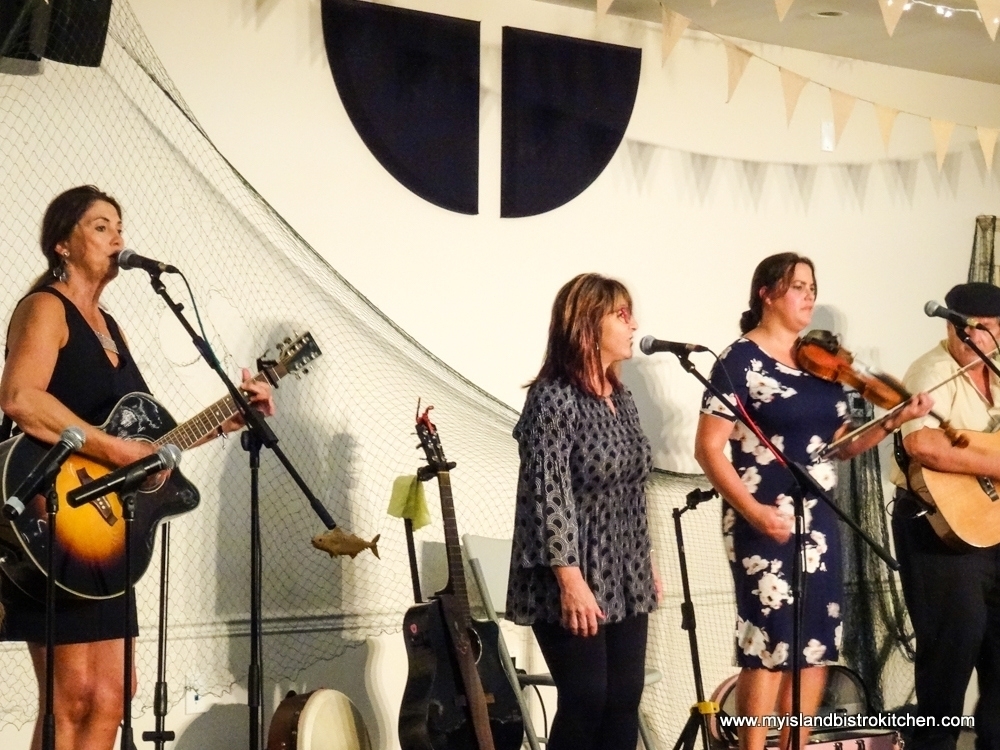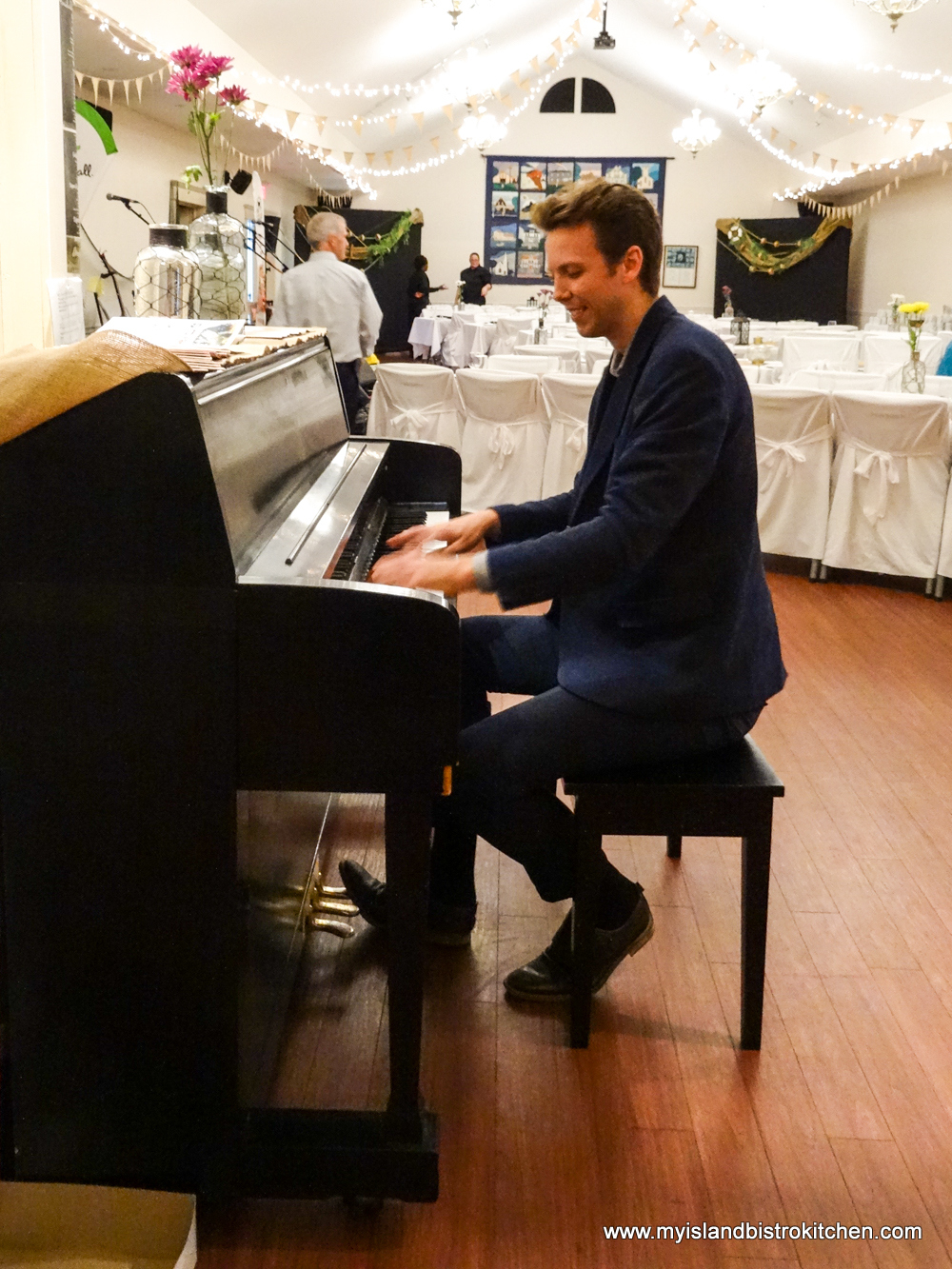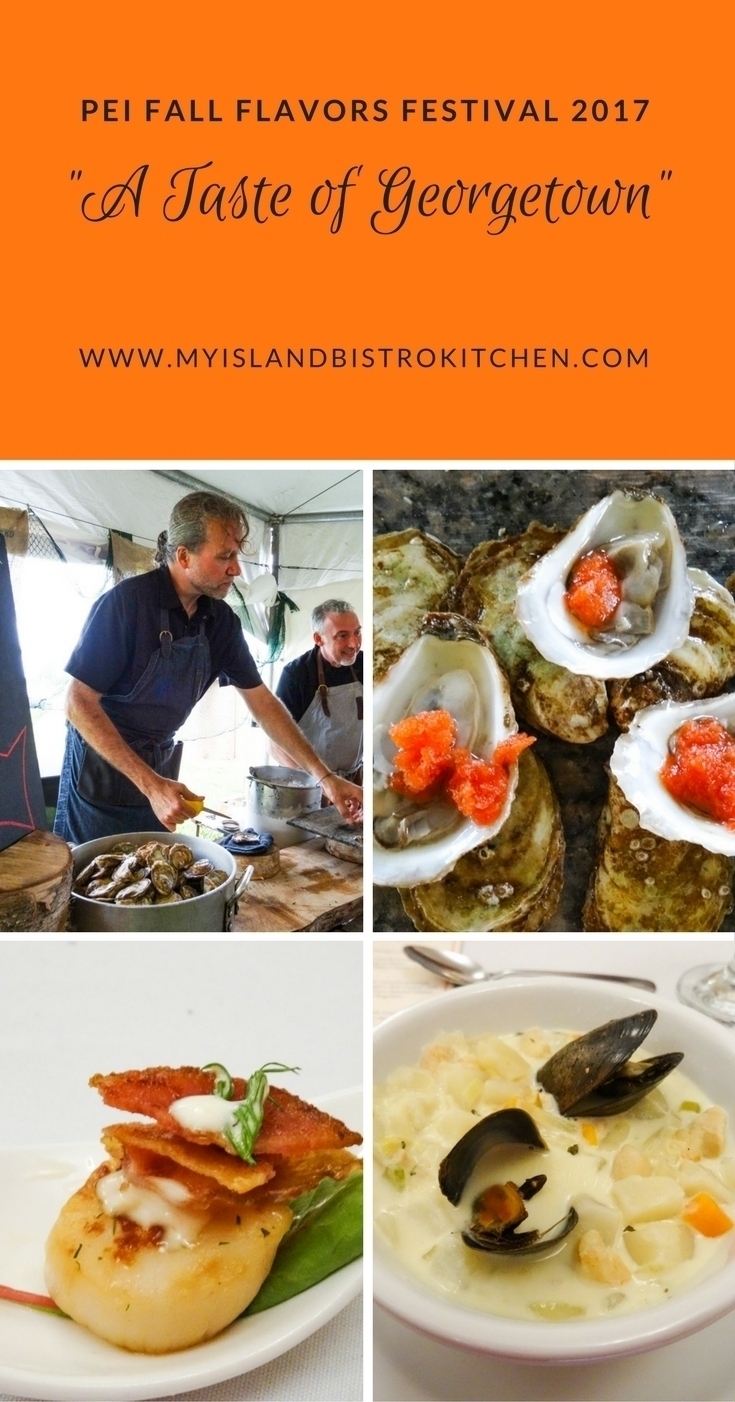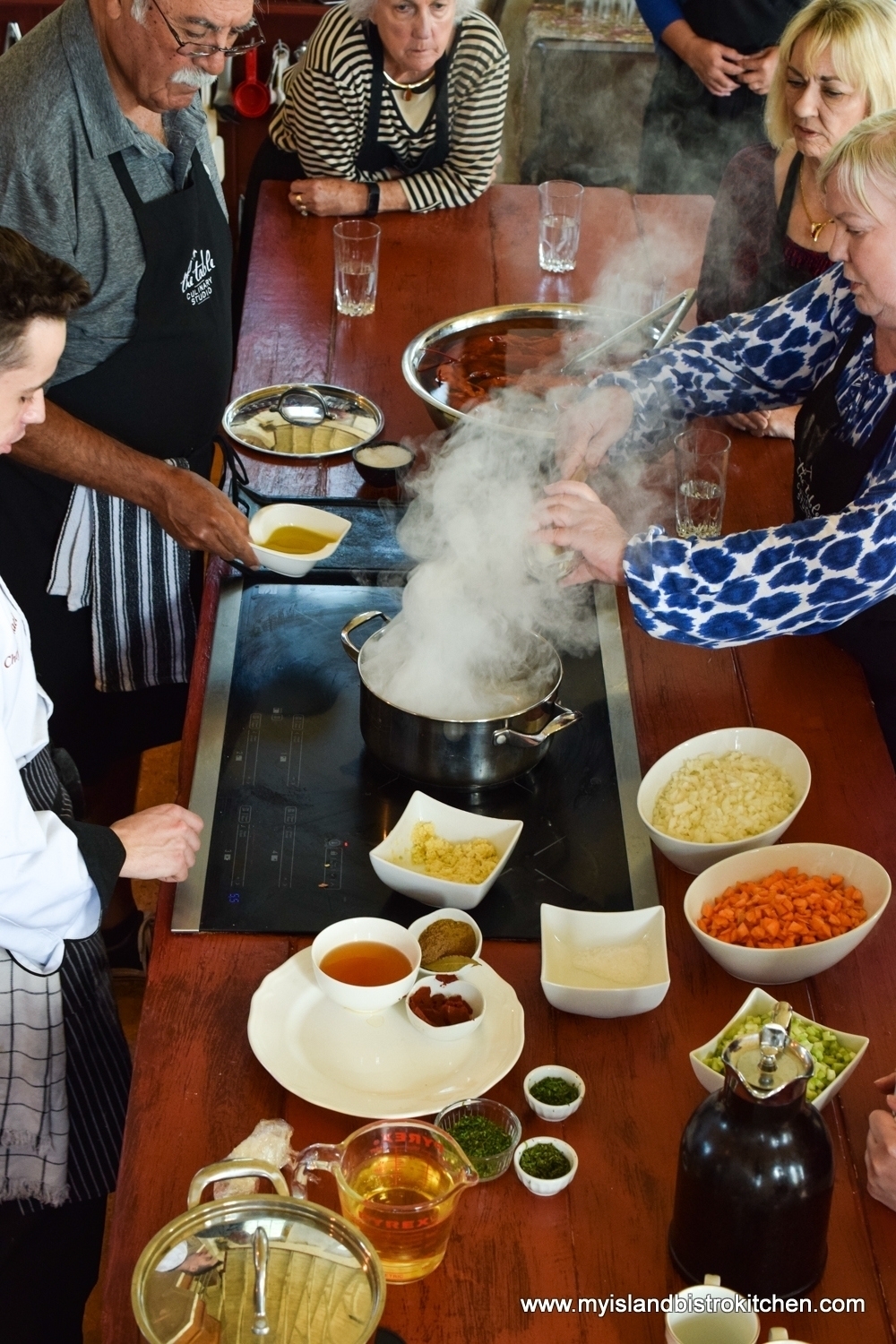
Tucked away on the Graham’s Road (Route 8), in the picturesque rural community of New London, Prince Edward Island, you will find The Table Culinary Studio that offers short (between 3.5 and 4.5 hours) cooking classes that focus primarily on cooking with fresh, local Island foods. This experience is a great way to learn about the Island food culture.
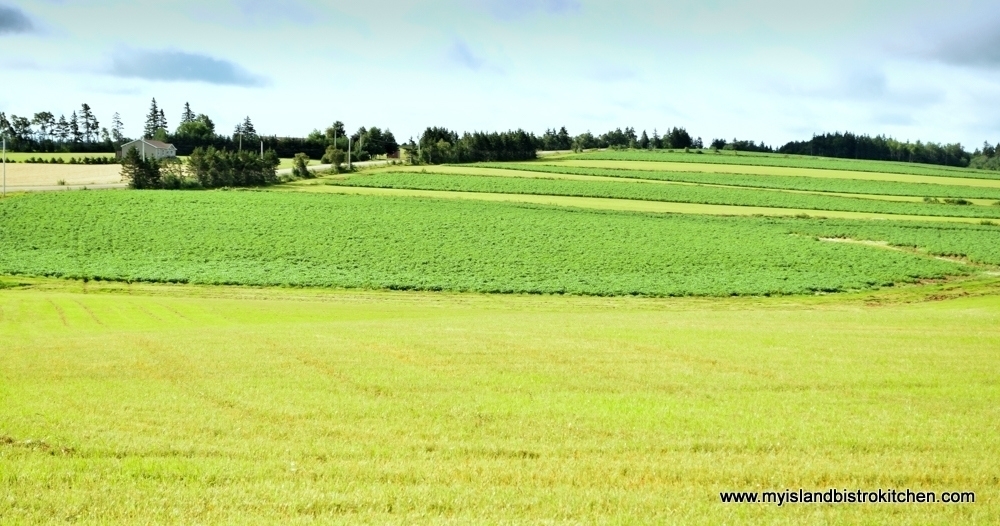
The rural setting is quintessential PEI. Fields in shades of green contrasted with the Island’s iconic red soil take visitors to the heart of some of the Island’s most fertile farm land.
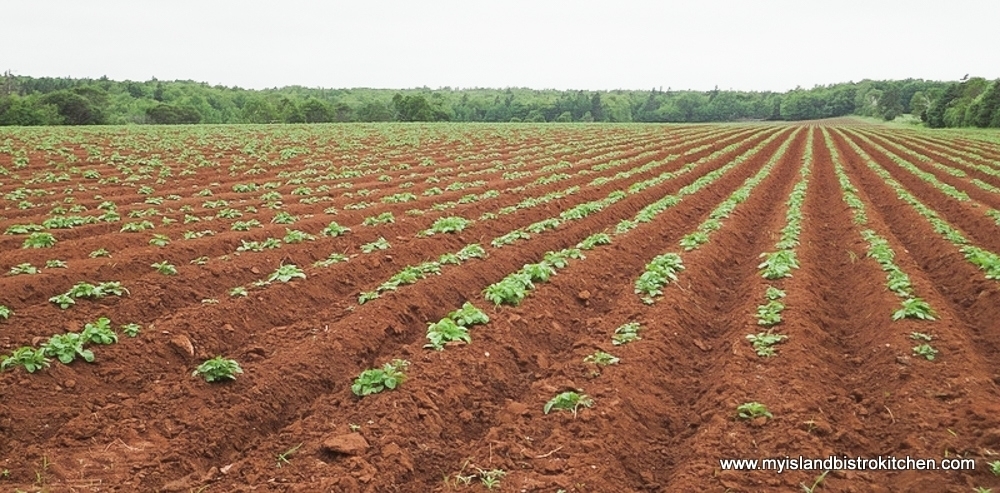
Just down the road is New London Harbour, home to a small lobster fishing fleet and the grounds for other seafood like oysters, quahogs, and mussels. Not far away, quality food can be sourced from dairy and beef farms, organic farmers, beekeepers, cheesemakers, and garlic growers. Could there be a more authentic location for a PEI culinary studio!
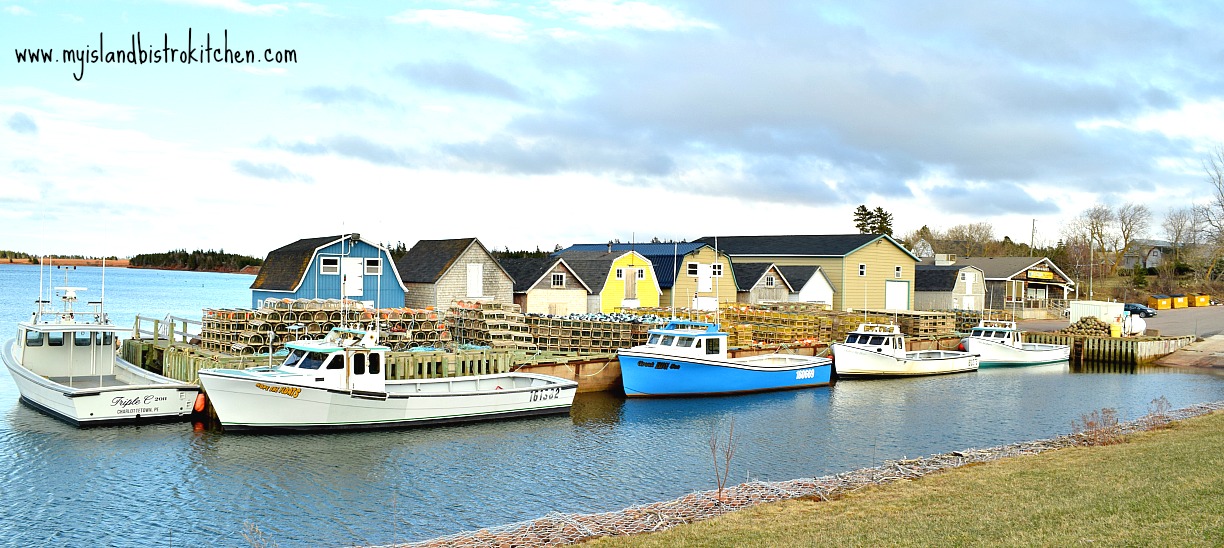
While it is no secret that PEI has lovely scenery to enjoy, spectacular beaches and golf courses, and many attractions to keep visitors busy exploring our Island, many come to the Island knowing that PEI offers great food from the land and sea.
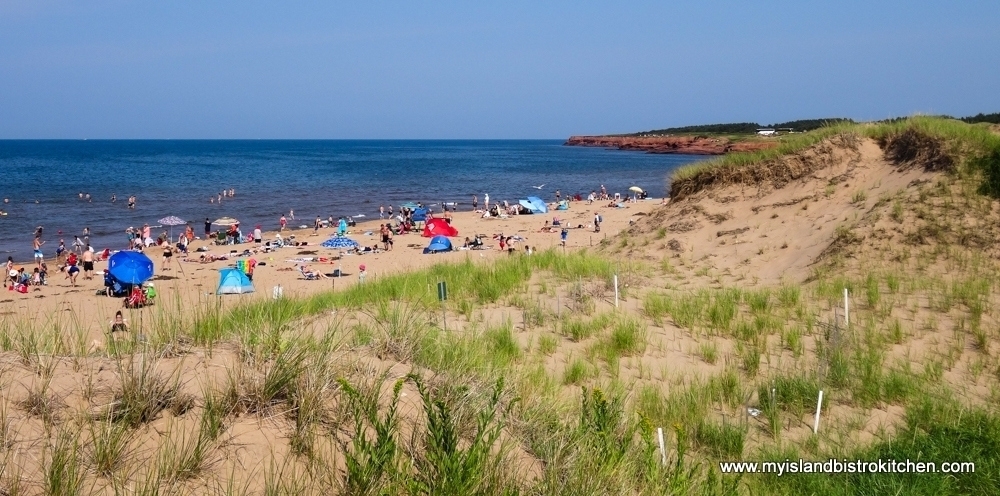
Our potatoes, oysters, mussels, and lobster, in particular, are shipped all over the world and these Island products are well known, respected, and sought after for their high quality.
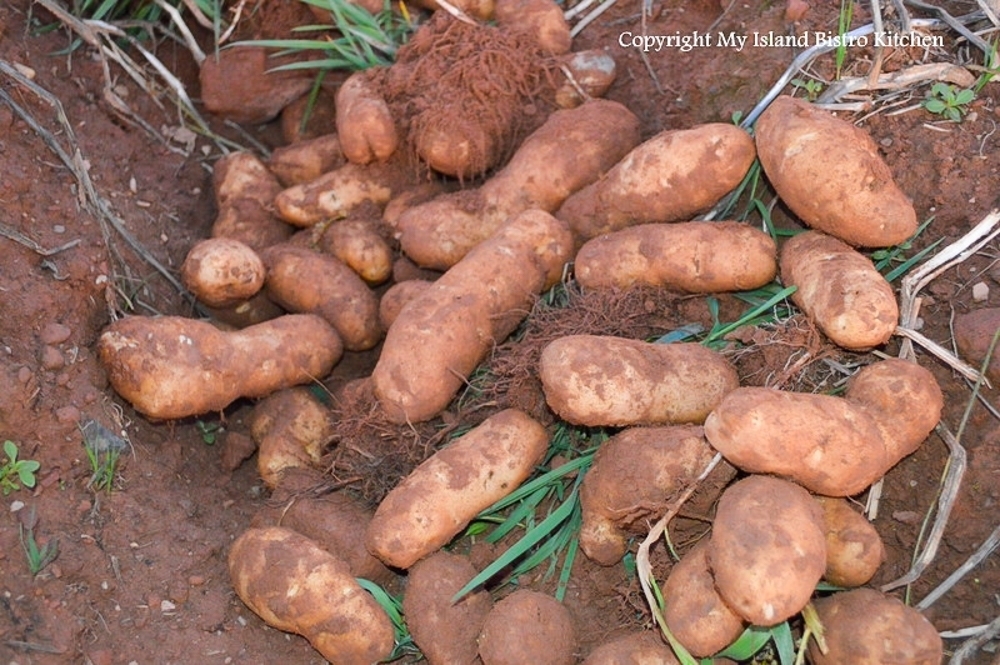
So, what better way to experience the Island foods first hand than to take a short cooking class to learn more about them and how they can be prepared.
The Table Culinary Studio (formerly Annie’s Table) has been in operation since 2012, offering an array of short cooking classes on a myriad of topics. Under new ownership in 2016, The Table, with owner/chef Derrick Hoare at the helm, continues with the tradition of engaging culinary aficionados in ways to prepare local Island foods such as lobster, oysters, mussels, scallops, beef, cheese, and so forth. The focus is very much on using fresh local ingredients that are in season and, by extension, acquainting participants with the rich Island food culture.
The Table offers a number of hands-on cooking classes that include (at the time of writing) Bounty of the Sea, Black Gold (cured garlic), Farm to Table, Marilla’s Table, Hive to Table, Let Them Eat Beef, Oyster Obsession, Say Cheese, Vivacious Vegan, Applelicious, Artisan Bread, Gluten Free Gourmet, and Helping Hands. The Table operates seasonally from May to October to coincide with the Island’s tourism season. Several of the cooking classes involve field trips to farms and other local food producers to see, first-hand, how food is grown or produced and to pick up some local ingredients to bring back to The Table to be used in the class that follows. This form of experiential tourism provides the opportunity for the learners to create wonderful memories of their vacation time in PEI, connect directly with PEI food producers, and to learn more about the Island’s food culture and the role that farming, fishing, and other food production play in the Island’s economy and way of life.
I recently participated in the “Bounty of the Sea” cooking class at The Table which is located within walking distance to the house in which famed Island authoress Lucy Maud Montgomery was born and not far by vehicle to the resort municipality of Cavendish.
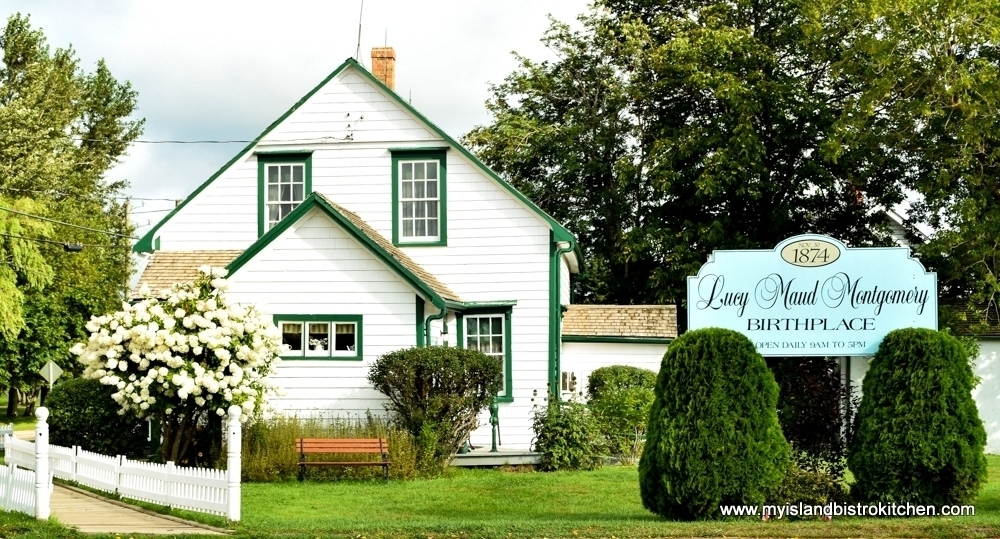
But, before I take you on the adventure with me, here is a brief description of the venue and what a cooking class is like at The Table.
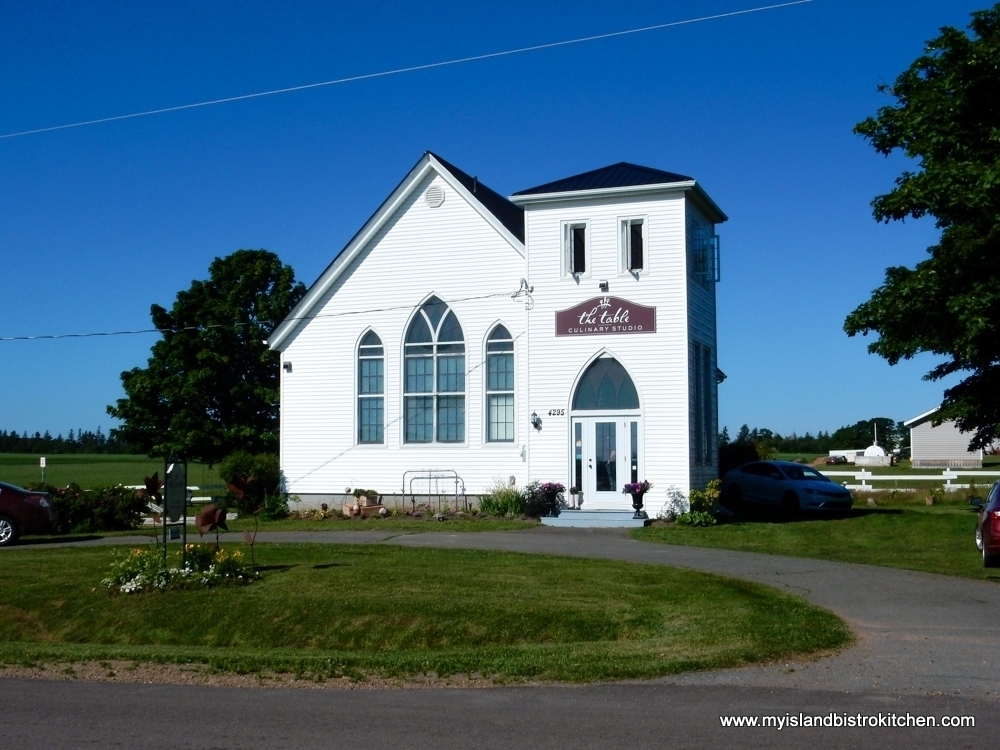
What makes this culinary studio unique is its venue. It is located in a small white repurposed country church, very typical of so many seen in several Island communities. Inside the church, the pews have been removed and, in their place, is a large harvest table where, in a few hours time, class participants will gather to enjoy the lavish spread of the morning’s cooking. The church’s altar has been elevated to a loft setting and the building is tastefully furnished.
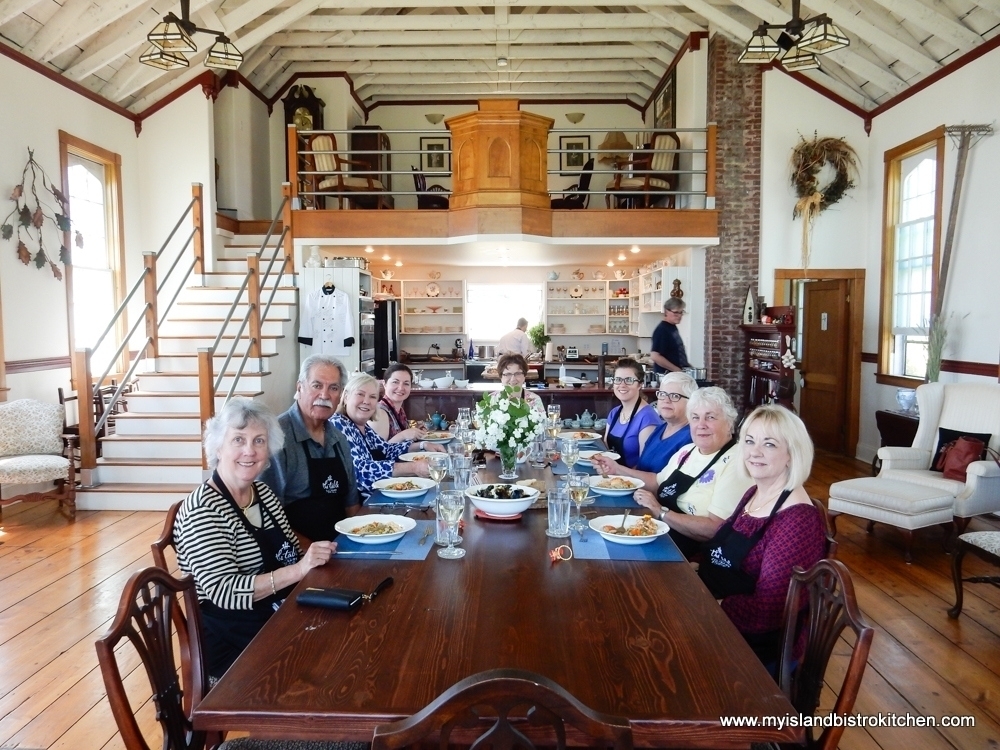
The original altar and choir loft locations have been transformed into an open teaching kitchen.
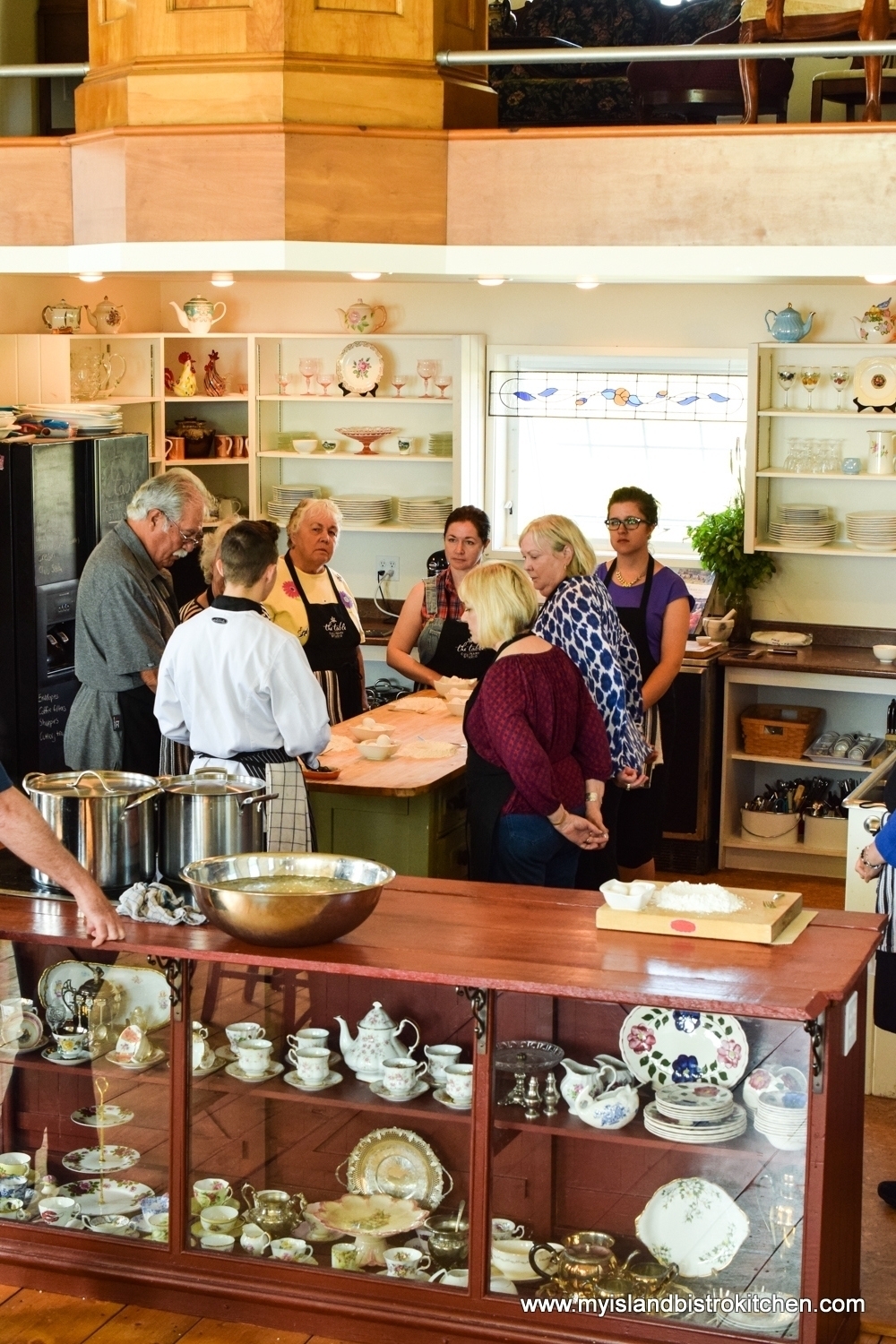
Class size is small and intimate – only a maximum of 10 participants per cooking class. This ensures that each person has a front row view as the culinary team teaches the cooking or baking techniques in the open-style kitchen. It also allows for participants to be actively engaged and participating in the cooking or baking activities.
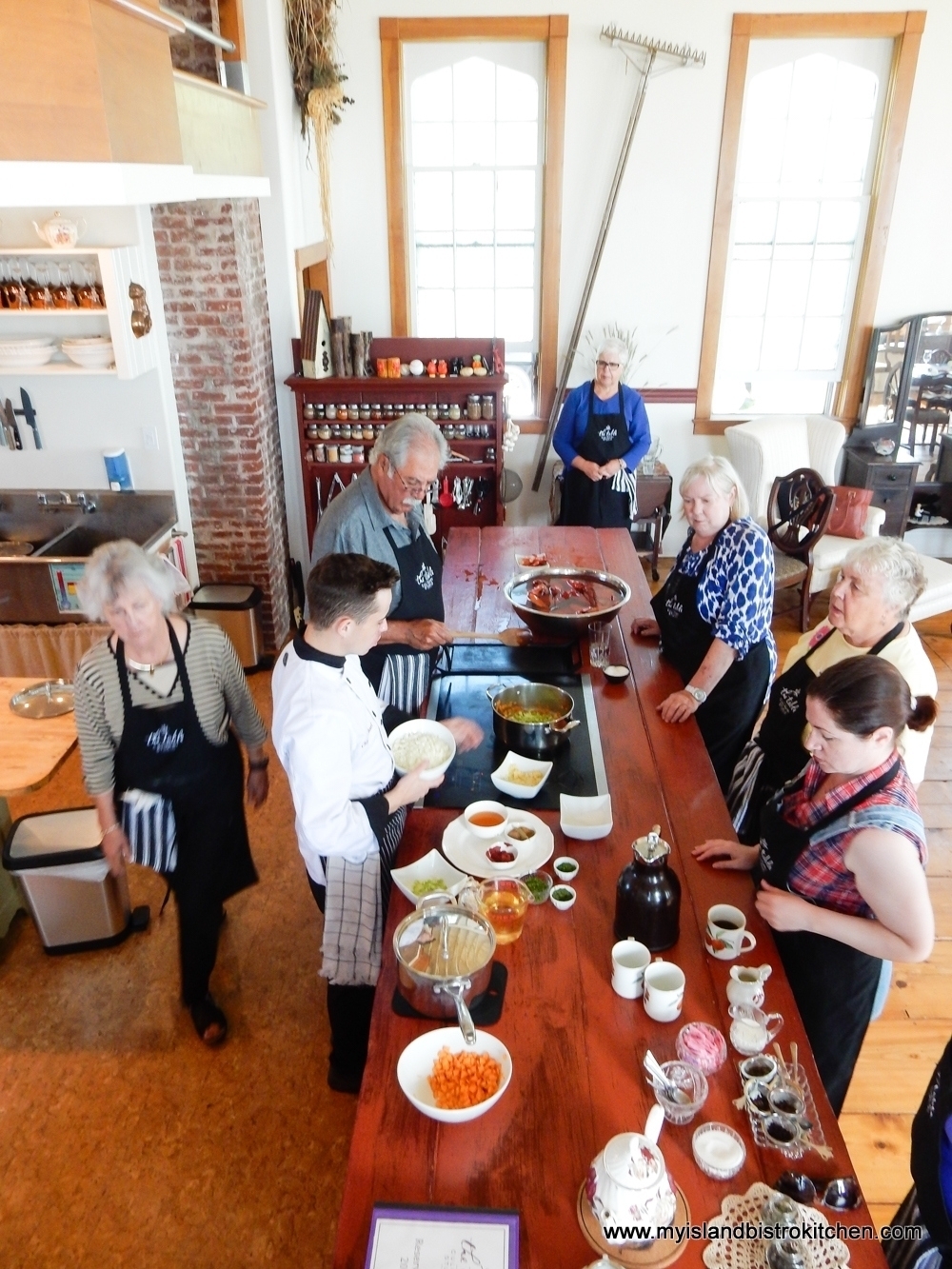
The culinary team consists of owner/chef Derrick Hoare, Executive Chef Michael Bradley, and Events Coordinator Christine Morgan. The atmosphere is unhurried and very sociable. Strangers become friends over the commonality of food. With a growing hunger for knowledge about where one’s food comes from and how it is grown, produced, or harvested, cooking classes appeal to most age demographics and skill levels. No need to worry if you are not an experienced or accomplished cook – the classes offer something for everyone, including a scrumptious meal after the class in the beautifully appointed old country church.
So, now on to my adventure as a participant in The Table’s “Bounty of the Sea” cooking class. After morning coffee upon arrival, everyone got suited up with their aprons and side towels.
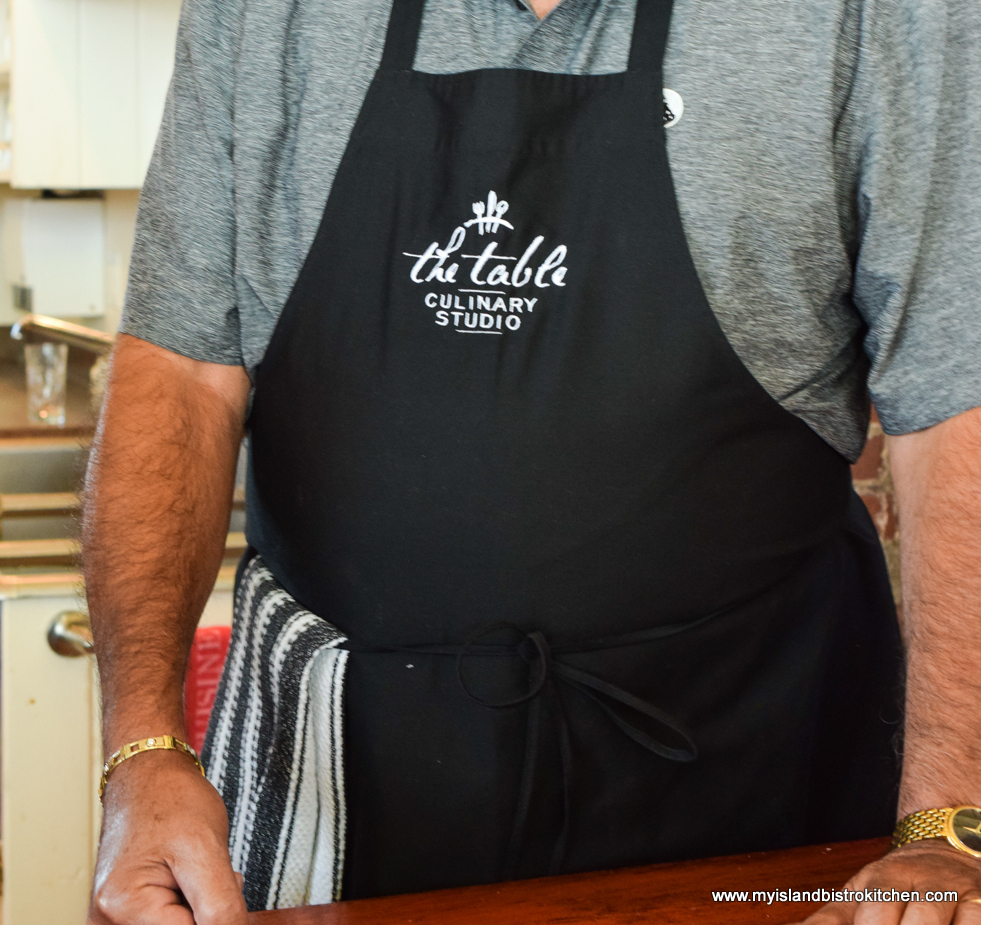
The class began with Chef Derrick giving a brief talk on lobster fishing on PEI, recounting his own experiences going out on a fishing boat to learn, first-hand, about lobster fishing on the Island. Chef Michael then gave a short biology lesson on how to identify the gender of a lobster.
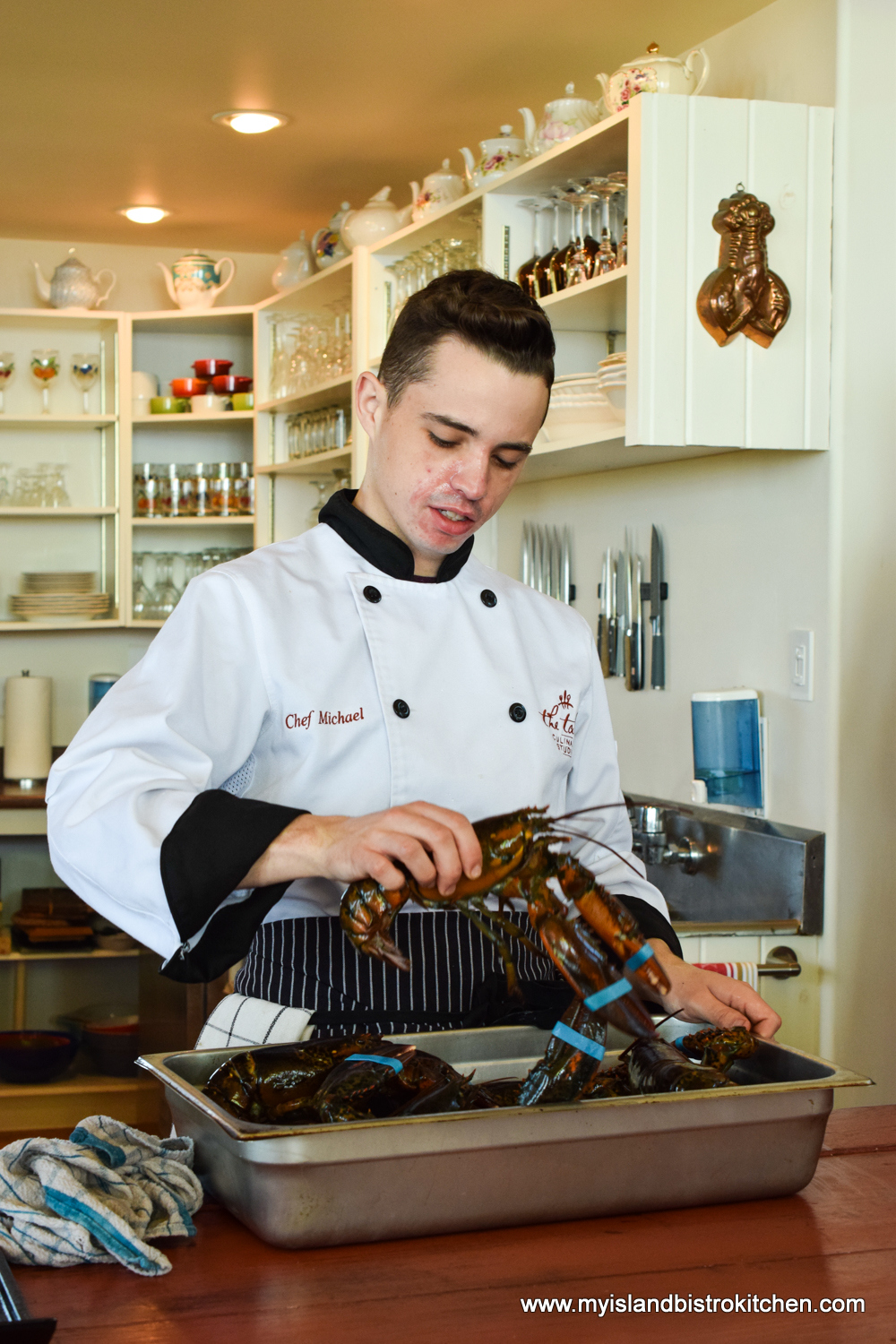
It’s a good thing those lobsters were banded because, if you find yourself in the unfortunate situation of having a finger caught in the claws of one, you are likely to end up with a broken finger – they’re strong!
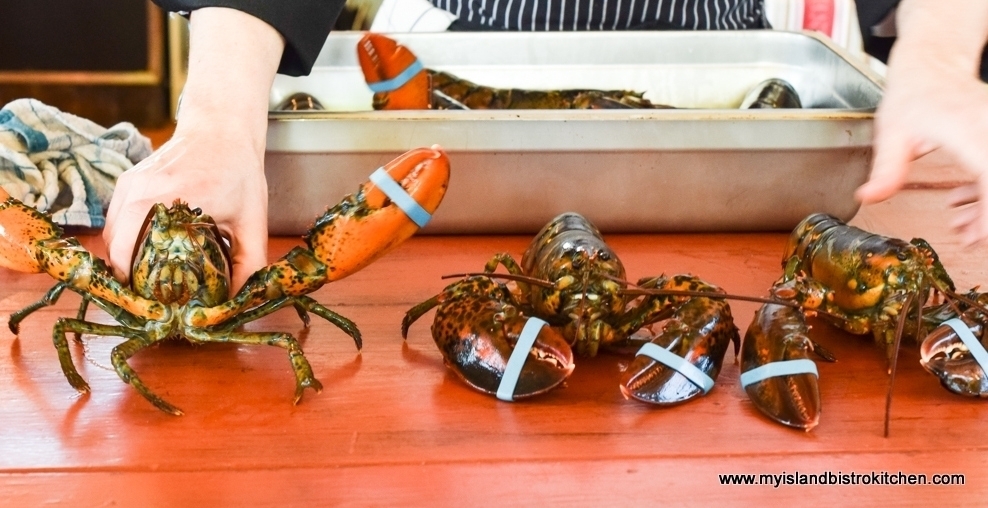
Everyone was given a lobster and instructed on how to carefully de-band them before placing them in hot water to be cooked.
Chef Derrick kept a watchful eye on the lobsters so they were removed from the pot at just the right time.
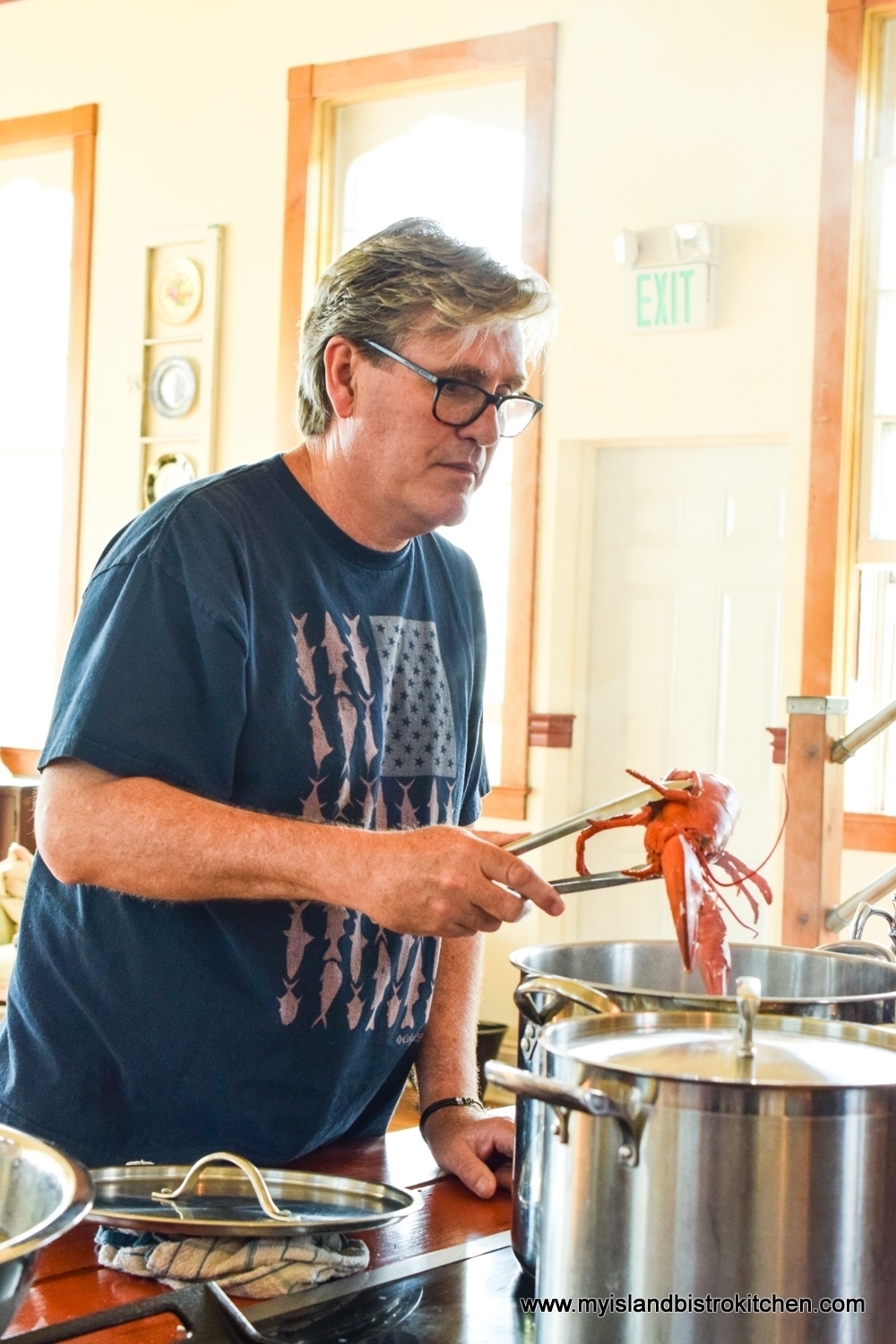
Next came the lesson on how to crack open a lobster.
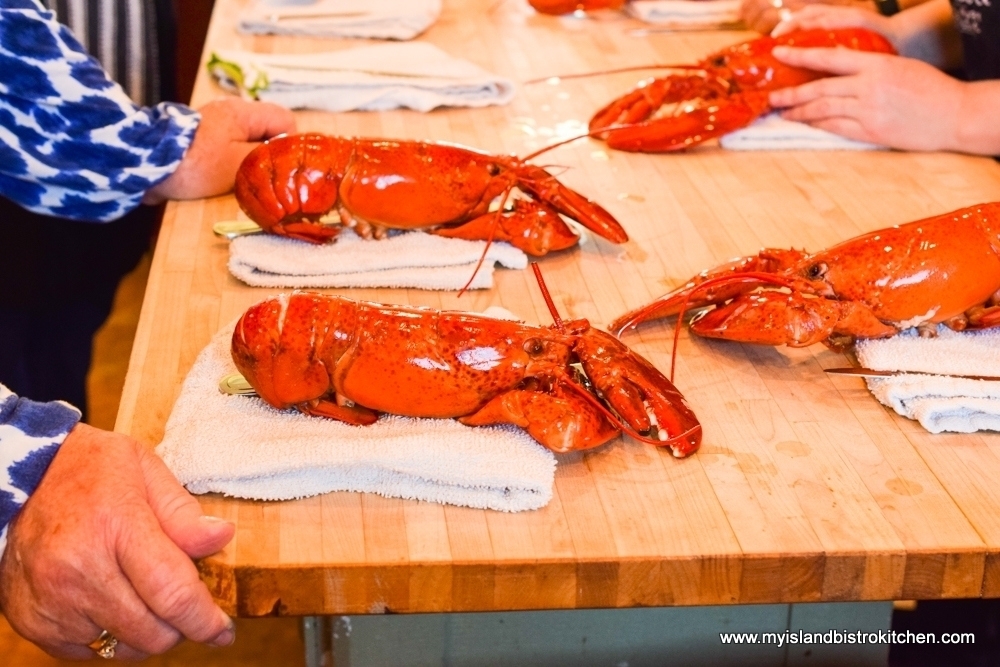
Chef Michael capably gave instructions as each student cracked open a lobster to reveal the succulent meat inside.
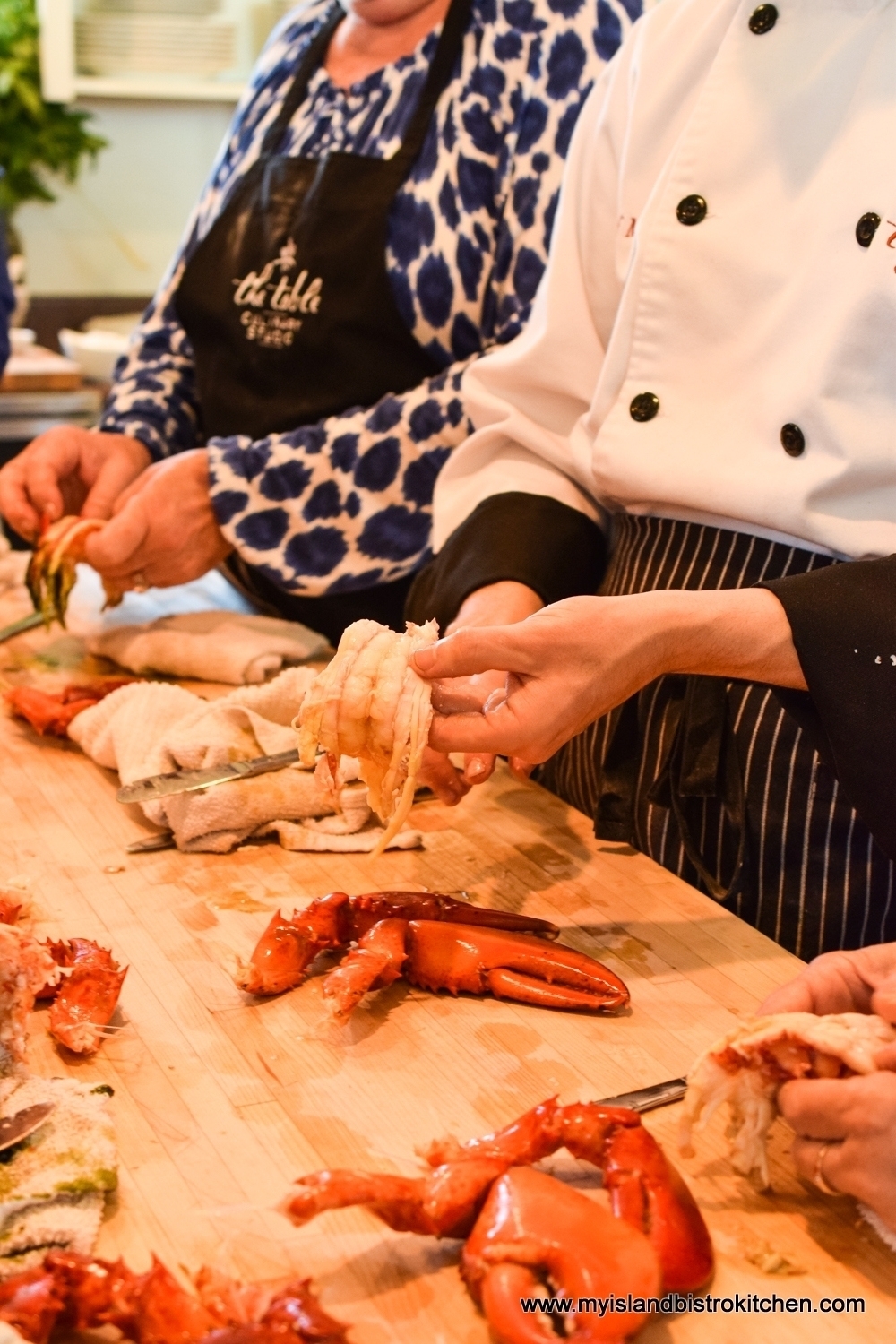
Yes, a basic table knife will do the trick!
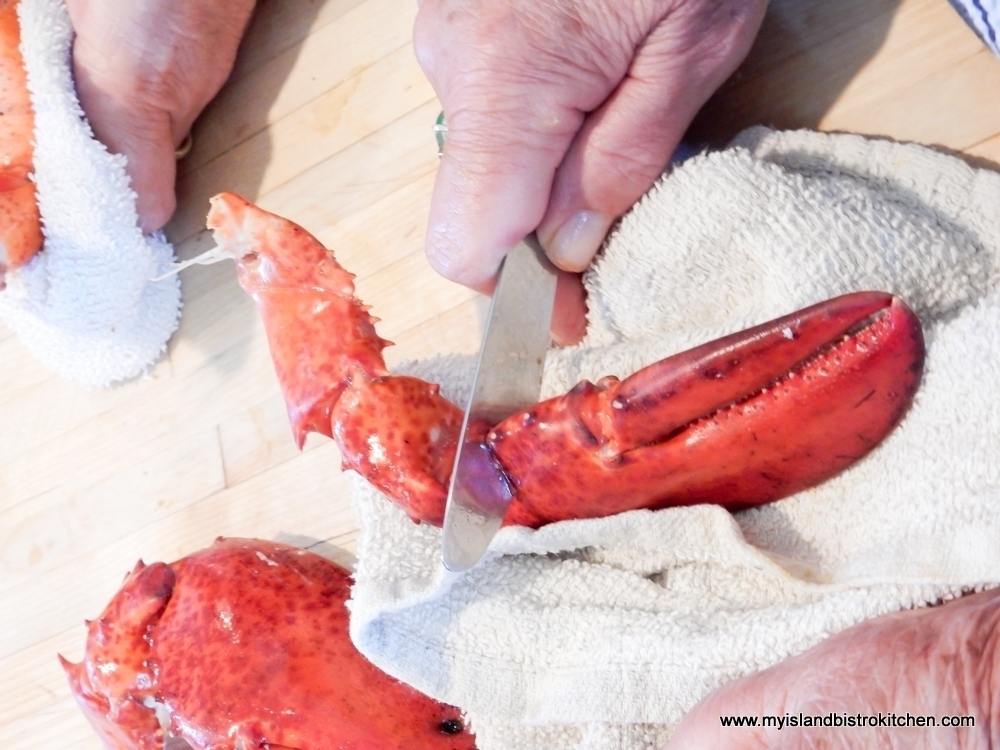
Having never made homemade pasta before, I was particularly interested in the procedure.
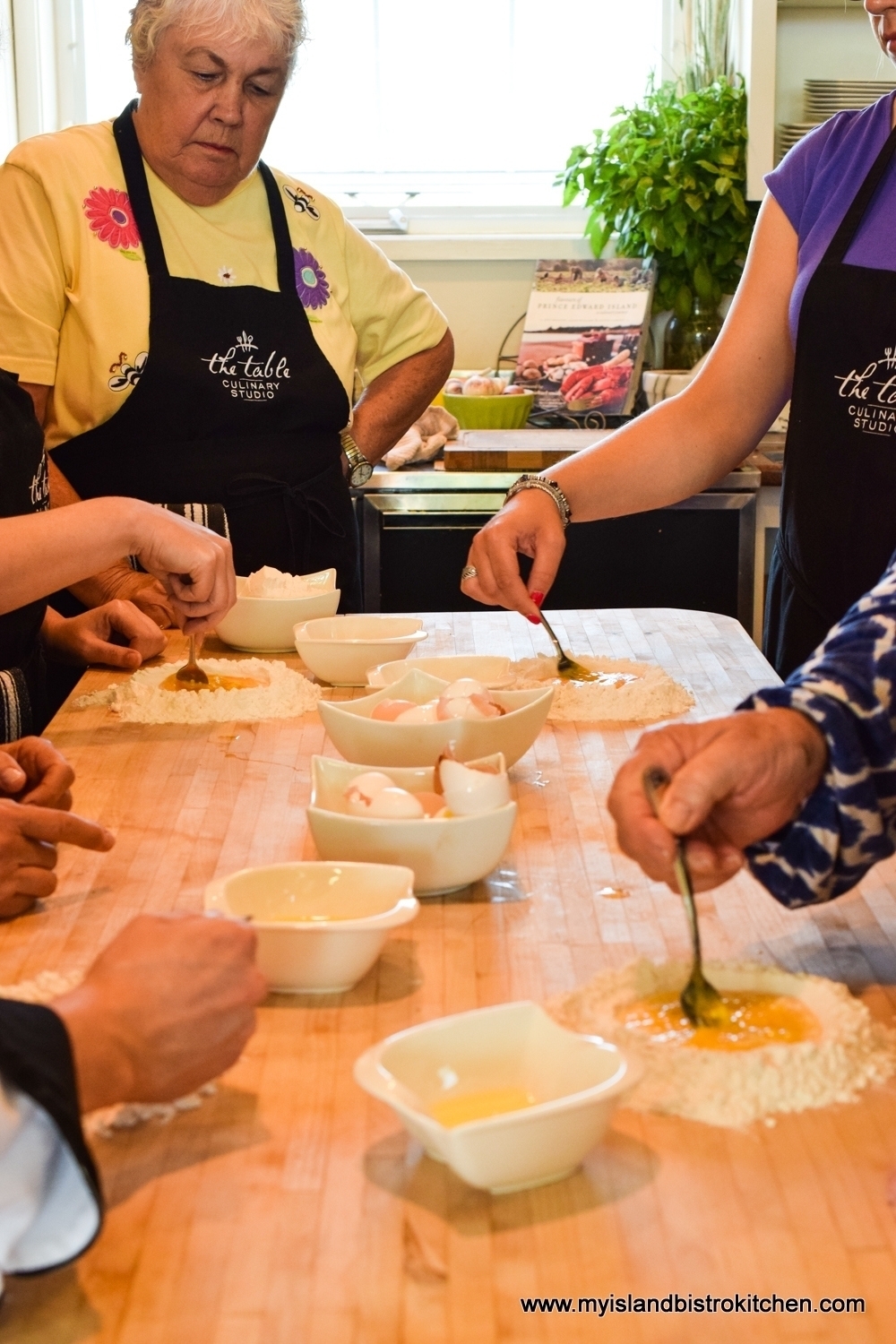
The Table is very accommodating to class participants who have dietary restrictions. On this day, there were two participants who were gluten-intolerant so a separate station on an adjacent workspace was set up for them to make the gluten-free pasta and Chef Michael alternated between the two groups giving information and instruction on pasta making.
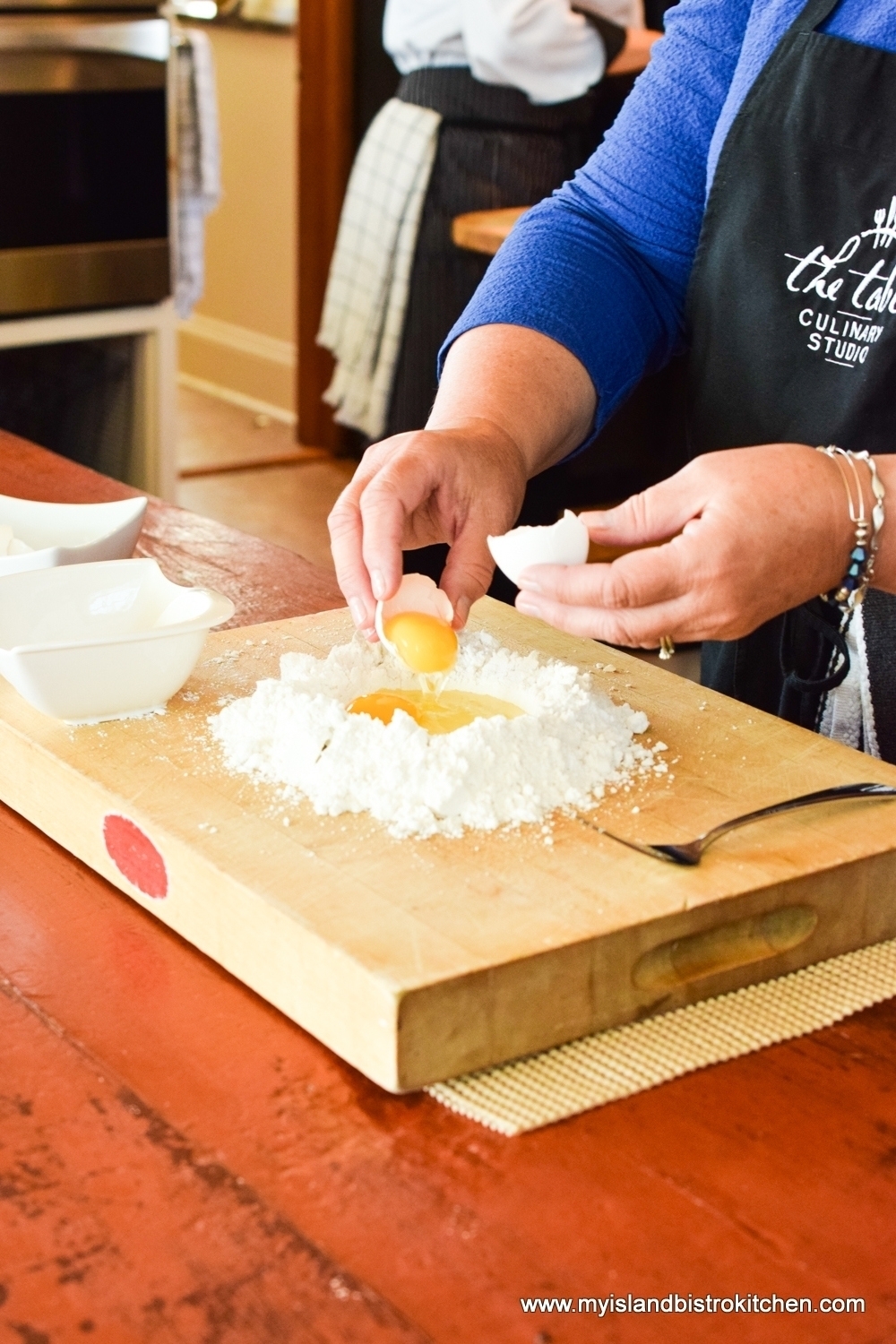
Black garlic from nearby Eureka Garlic, not far from Kensington, was used in the pasta to give a unique flavour. If you have never tasted black garlic, it’s not nearly as garlicky as you might think – I personally think it tastes like a cross between a fig and a prune. You can check out my story here on Eureka Garlic. The chopped black garlic was kneaded into the pasta dough.
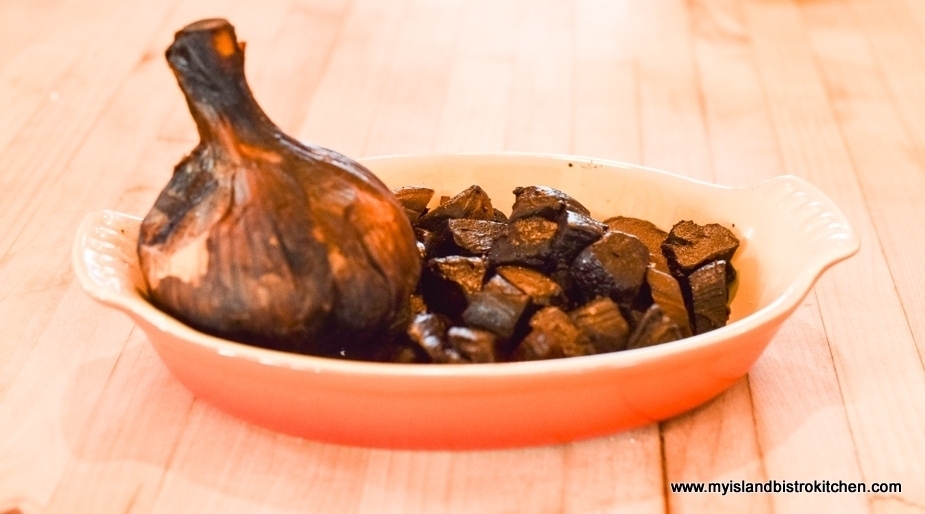
The pasta dough was cut and gathered into circles ready to be dropped into the cooking pot.
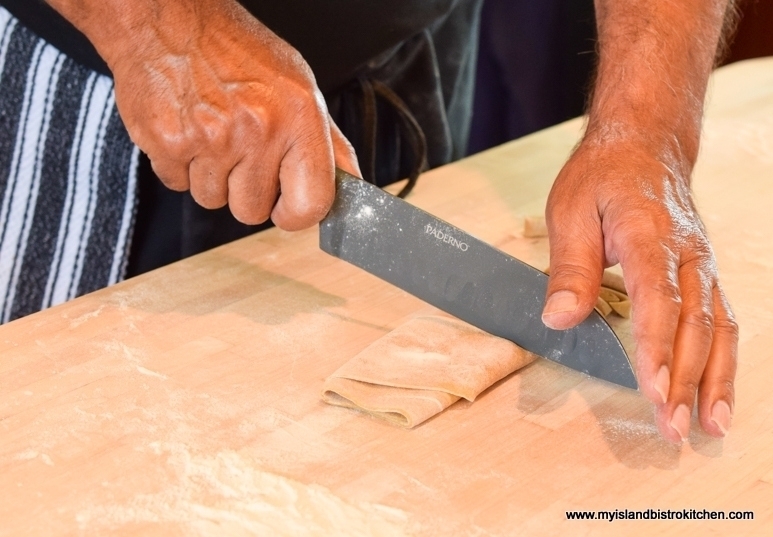

With the pasta made, we took a brief break from the food prep to listen to Christine explain how mussels are grown and harvested on PEI.
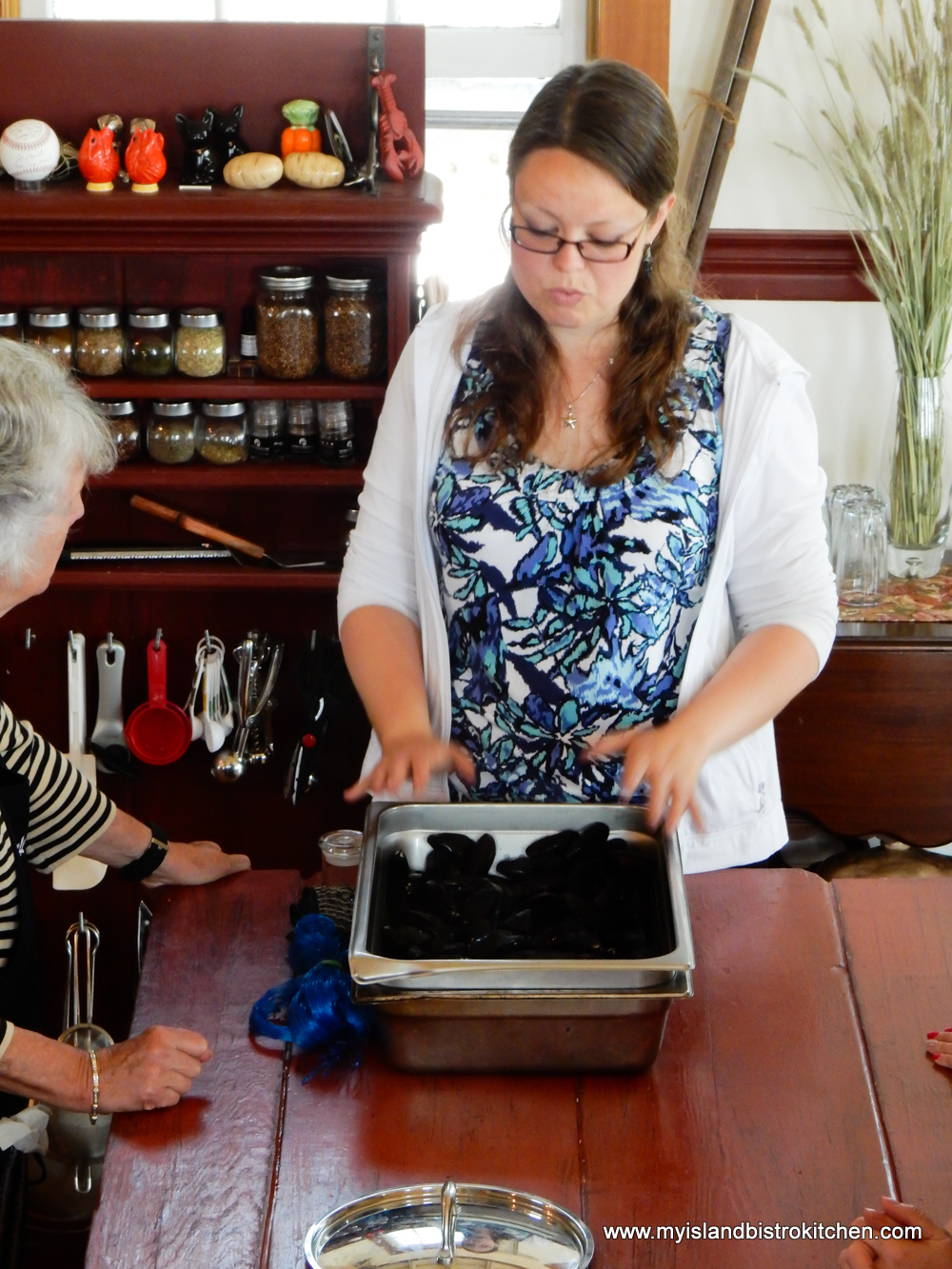
PEI mussels are world famous and they are shipped all over the world. Mussels are a common food to serve at many events, year-round, on PEI. They are easy to prepare and ever-so-tasty dipped in melted butter!
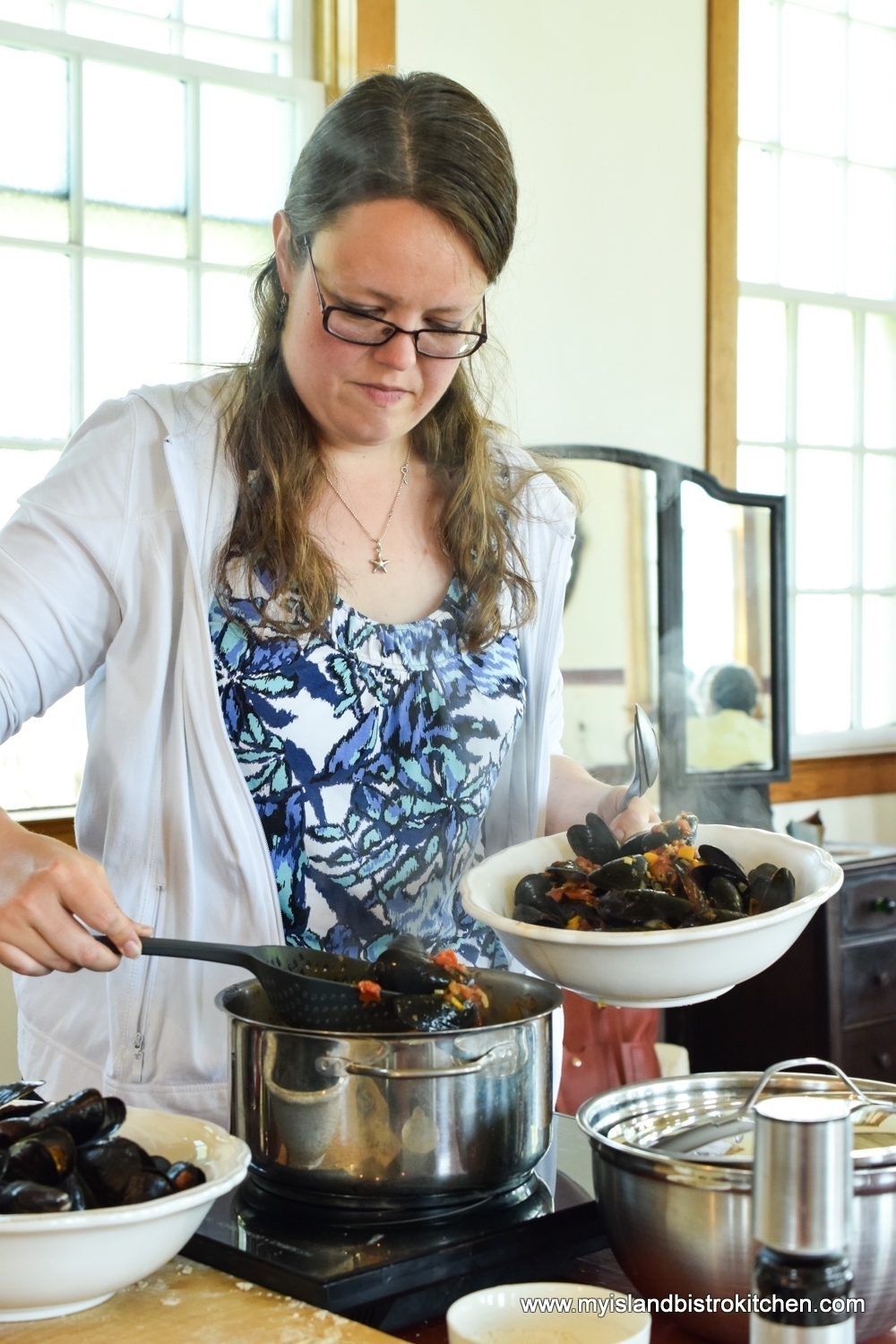
Chef Michael then guided the group in making Lobster Bisque. Once the Mirepoix started cooking, you can only imagine how tantalizing the scent was as it wafted through the old church building.
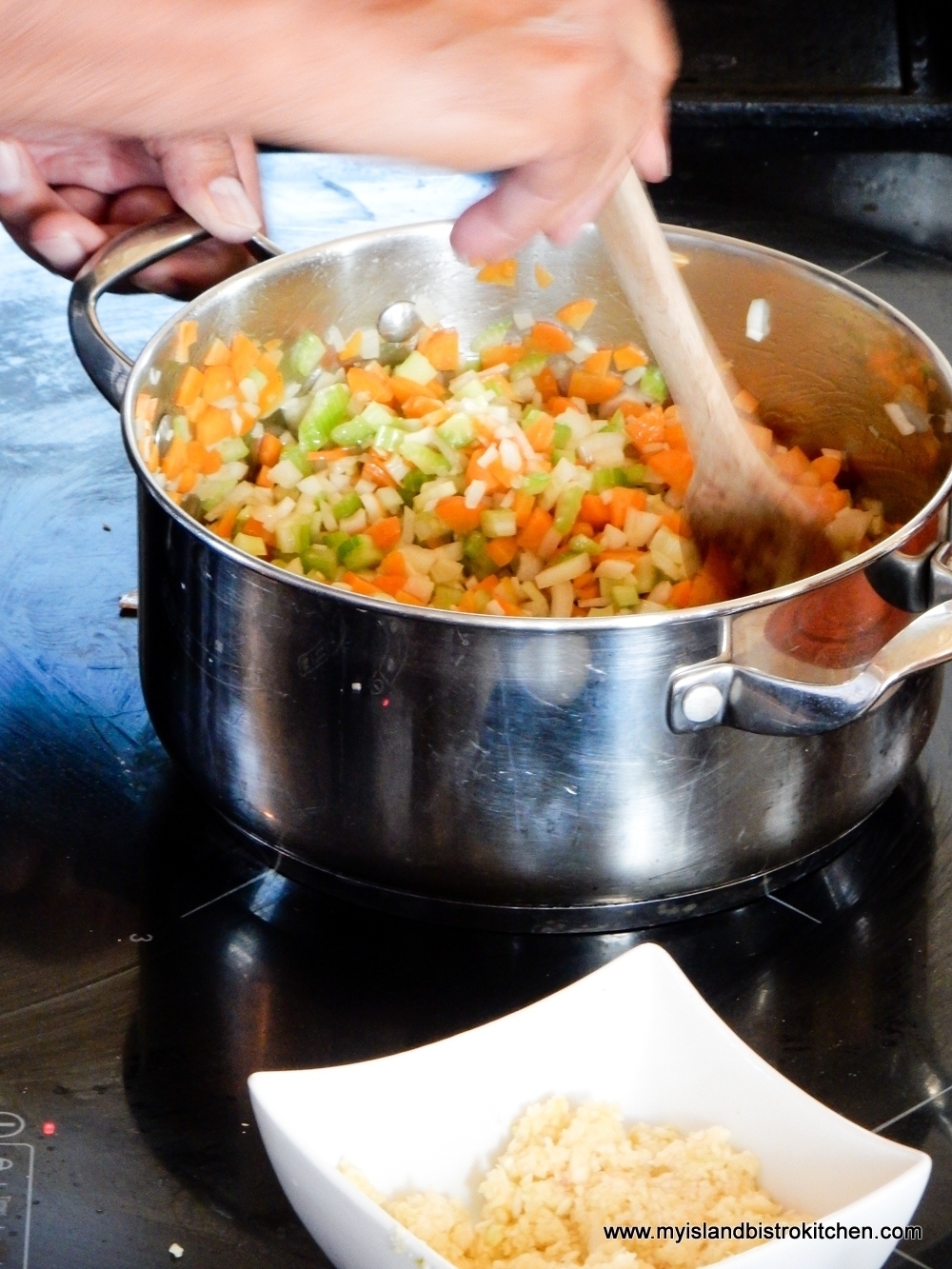
Ohhhh, that lobster is going to make a dandy lunch – can’t you just taste it!

The third seafood that we learned to cook was scallops, those tasty little morsels!
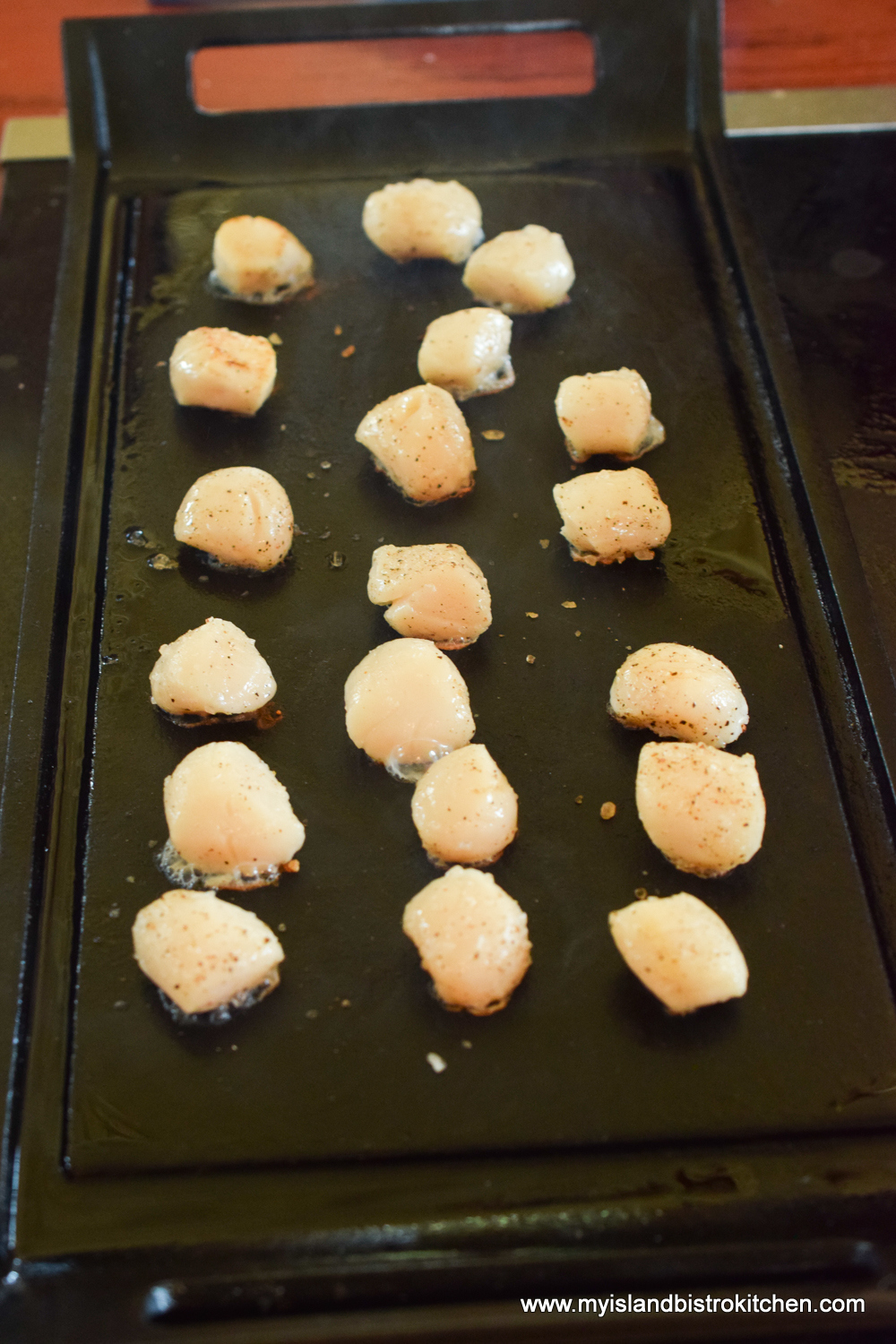
The morning went super fast and, before we knew it, it was time for lunch to be served by the culinary team.
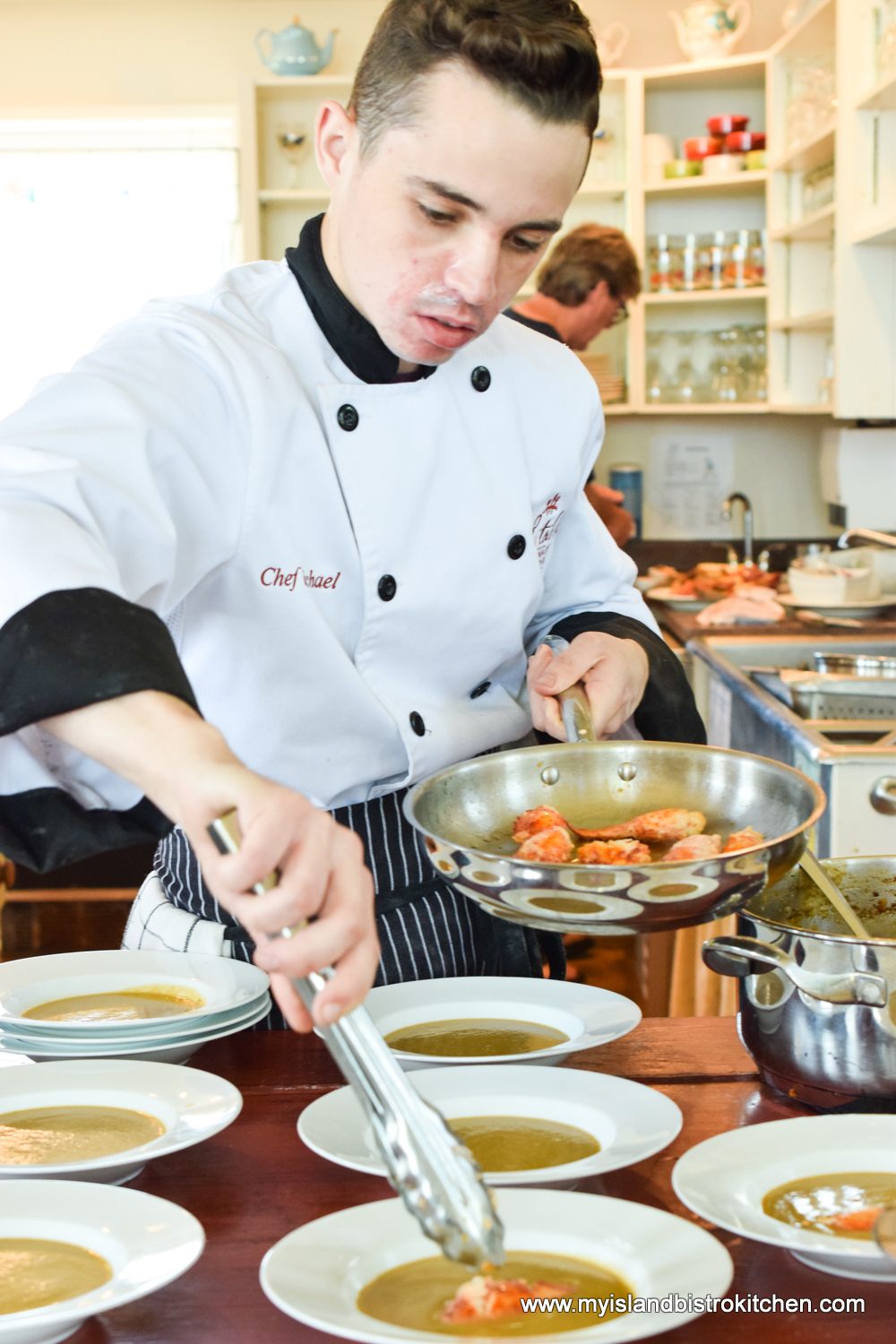
The table was beautifully set (those of you who follow my food blog regularly know how I love well-set tables). The napkin at each place setting had either a small lobster trap or lobster napkin ring.
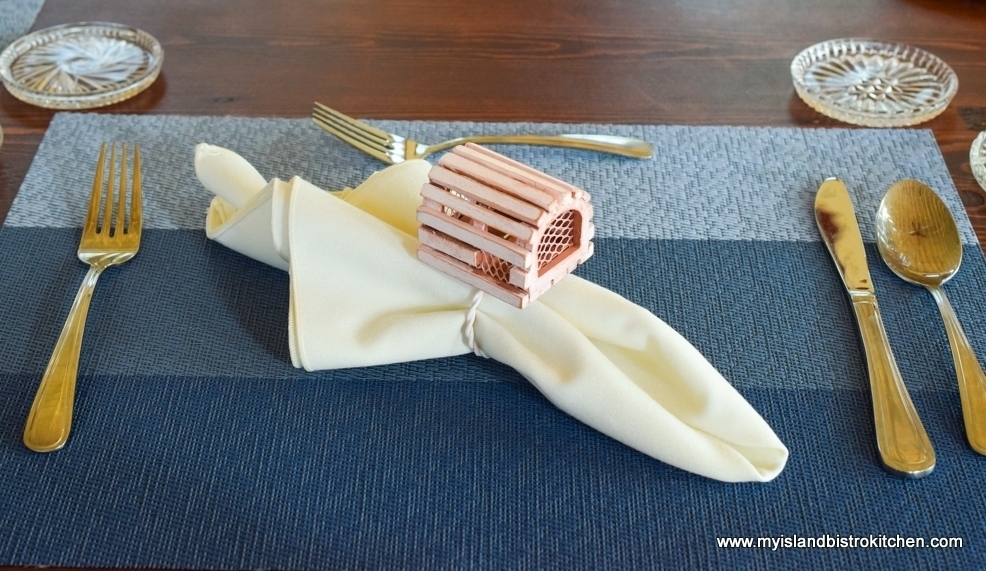
These napkin rings tied in well with the theme of the morning’s class – “Bounty of the Sea”.

How inviting does this look! Wouldn’t you love to sit in at this table!
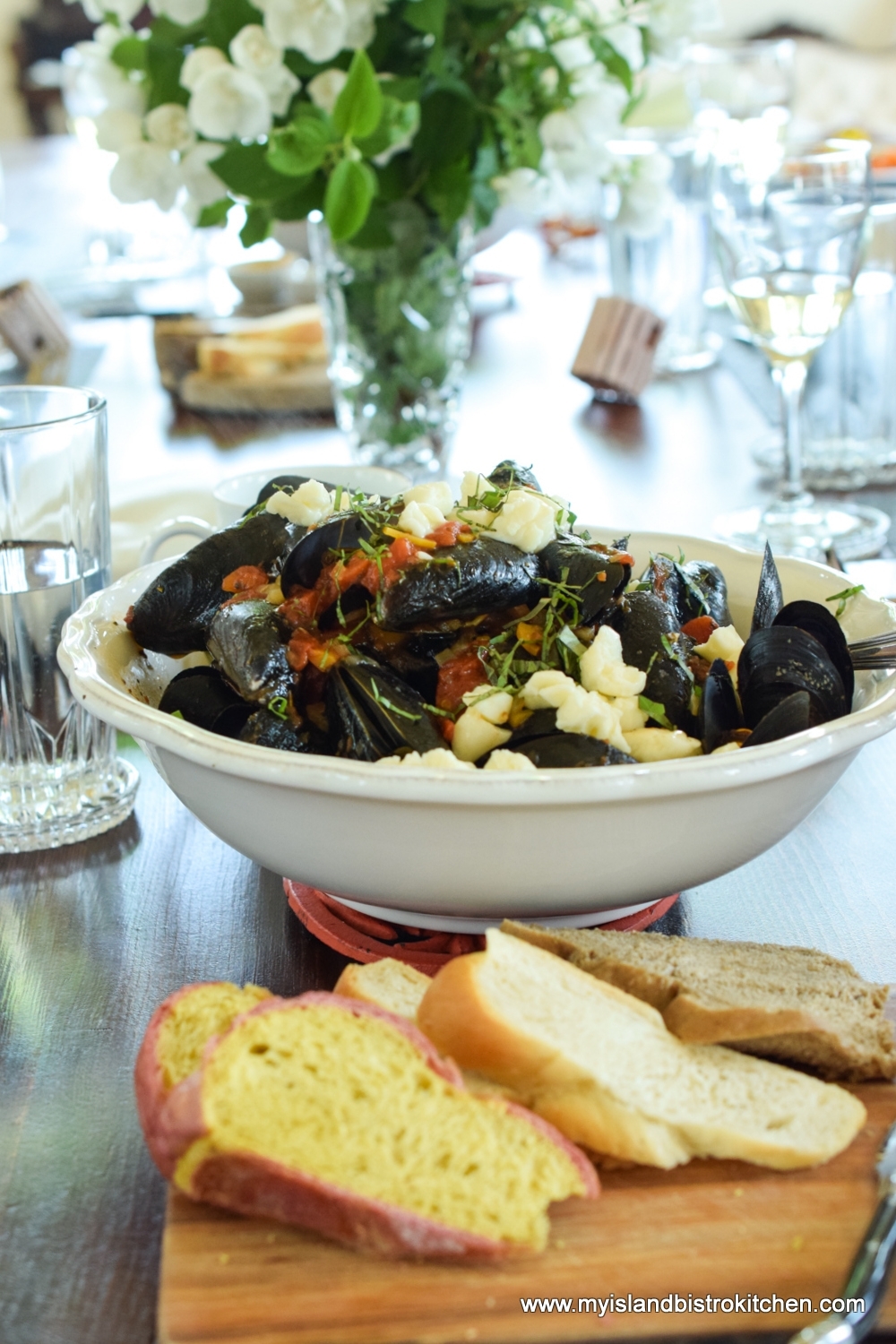
Fresh homemade sourdough bread was on the table.
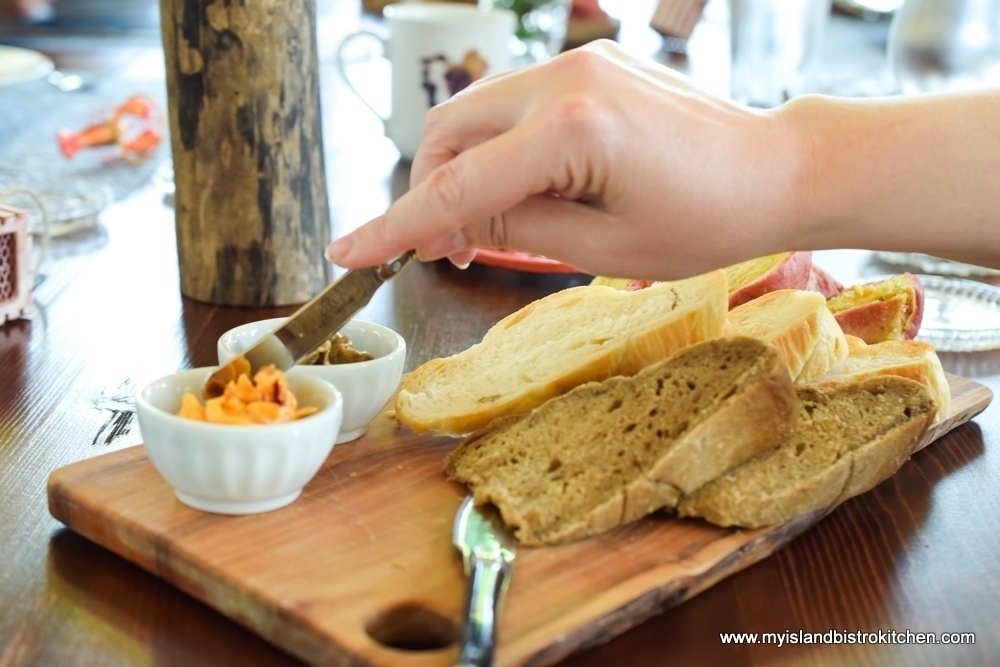
The landing at the top of the spiral staircase in the church provided a great vantage point for photography.
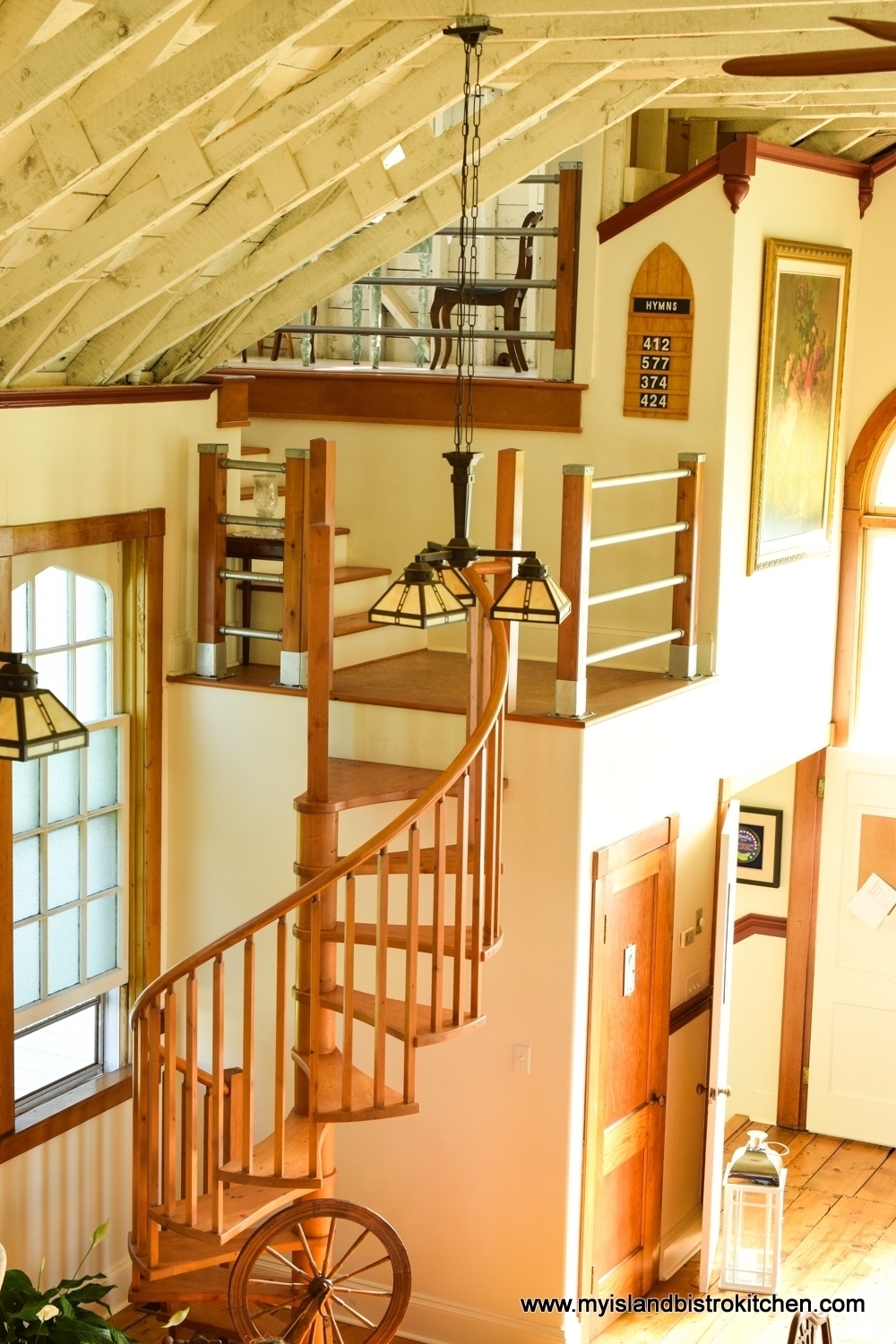
The group assembled at the big harvest table which is the focal point in the middle of the studio. This 12’ table was hand-crafted from old attic boards extracted from the house which The Table’s former owner restored just up the road at New London corner.

How great does this lobster bisque look with that succulent lobster claw! It tasted even better!
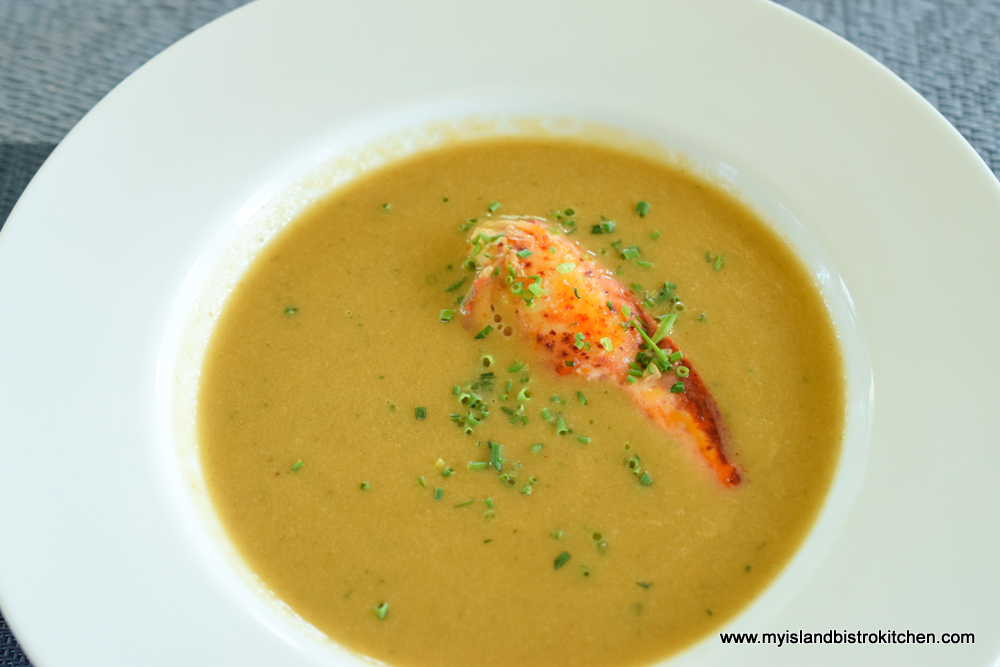
We were very anxious to taste the homemade pasta and it did not disappoint! The pasta in the photo below is gluten-free.
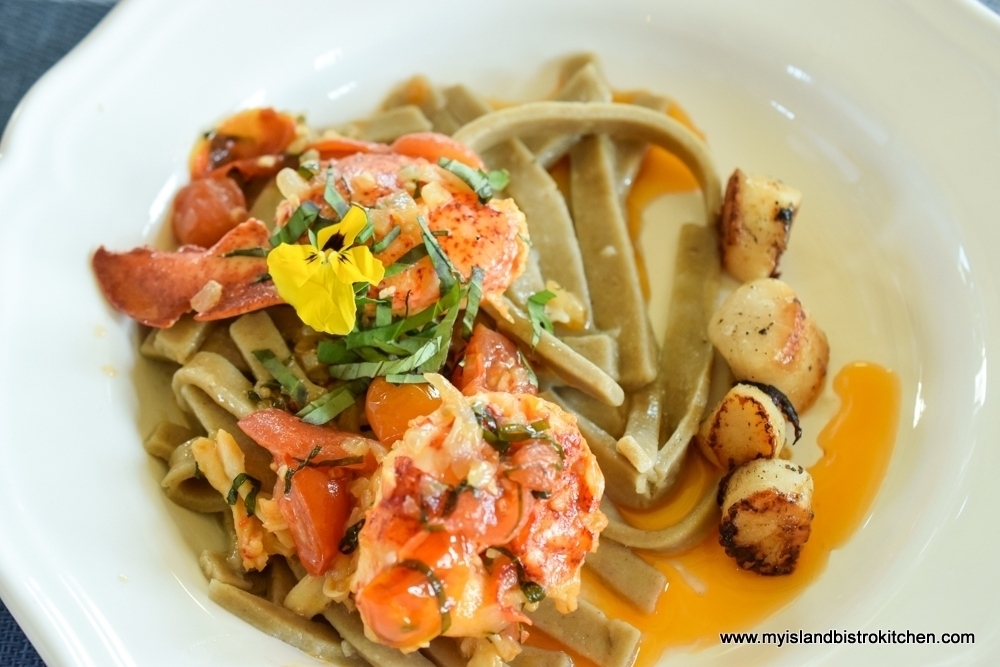
This was accompanied by big bowls of PEI mussels with squeaky cheese topping melting down through the mussels. If you are a mussel lover, these are hard to resist!
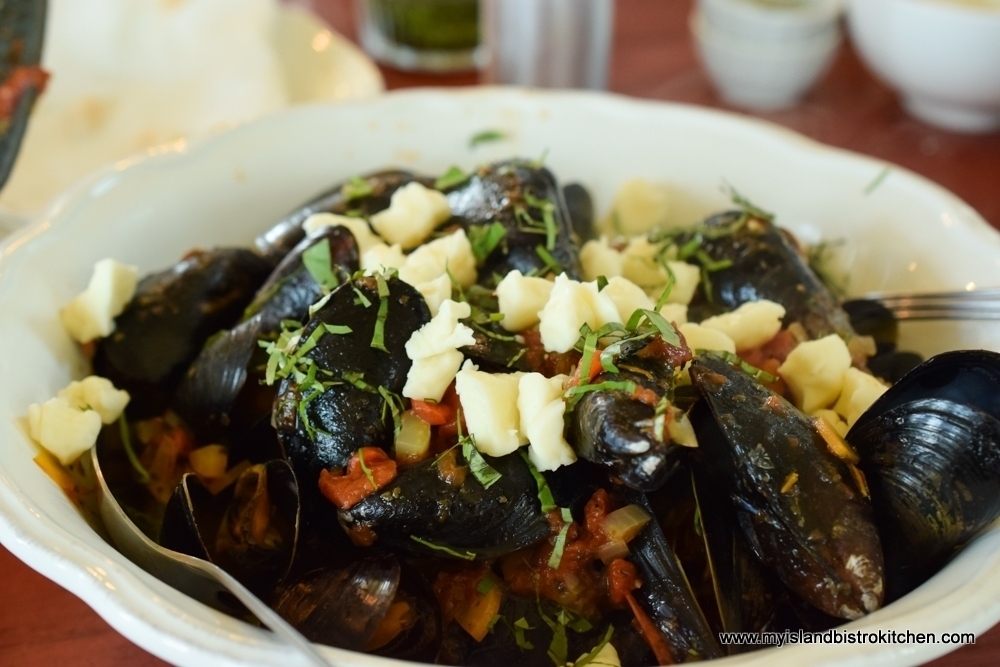
And as if we weren’t stuffed enough, out came dessert. The dessert in the photo below is a chocolate beet cake.
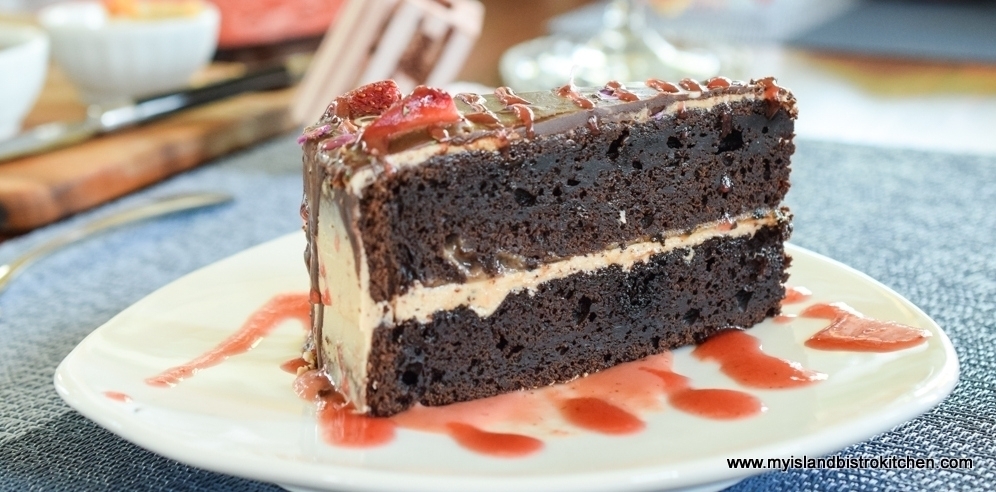
And, for the gluten-free dessert, it was a deconstructed blueberry pie which I can attest was simply yummy!
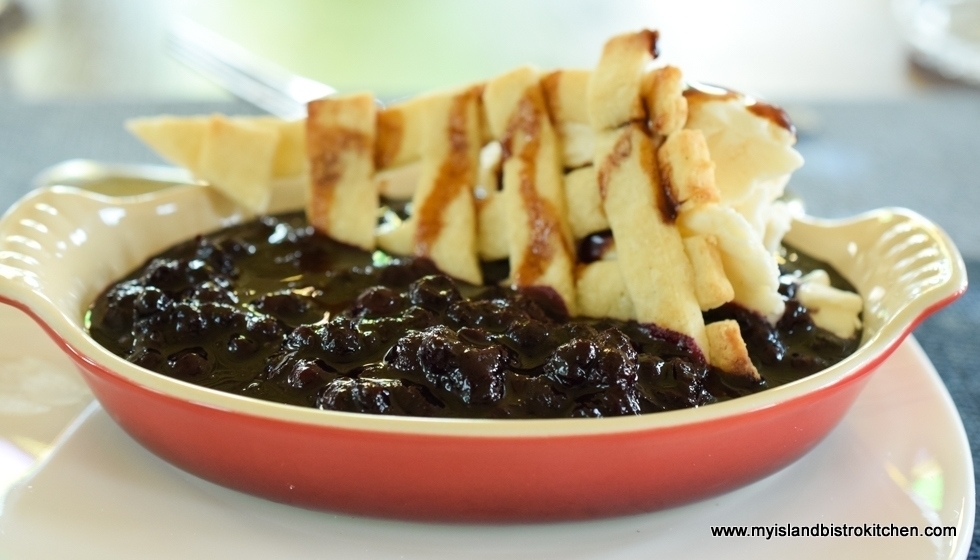
The Table is set with the right ingredients – small class size, fresh local Island foods, quality instruction, hands-on cooking, a shared meal, and a charming venue with a history of its own. If you are looking for an authentic and affordable cooking experience to allow you to more deeply engage with the local food scene and pick up some cooking tips and skills, check out course offerings at The Table. With the short half-day classes, visitors can have the best of both worlds – a cooking experience to learn more about local PEI foods in the morning followed by a delicious lunch and then the rest of the day free to explore other Island adventures and sights. For more information on cooking classes and prices, visit The Table Culinary Studio website at: http://www.thetablepei.ca/classes
The Table also offers fine dining in the evening (reservations required). Click here to read my recent story on The Table’s North Shore Surf and Turf Dinner.
Pin Me To Pinterest!
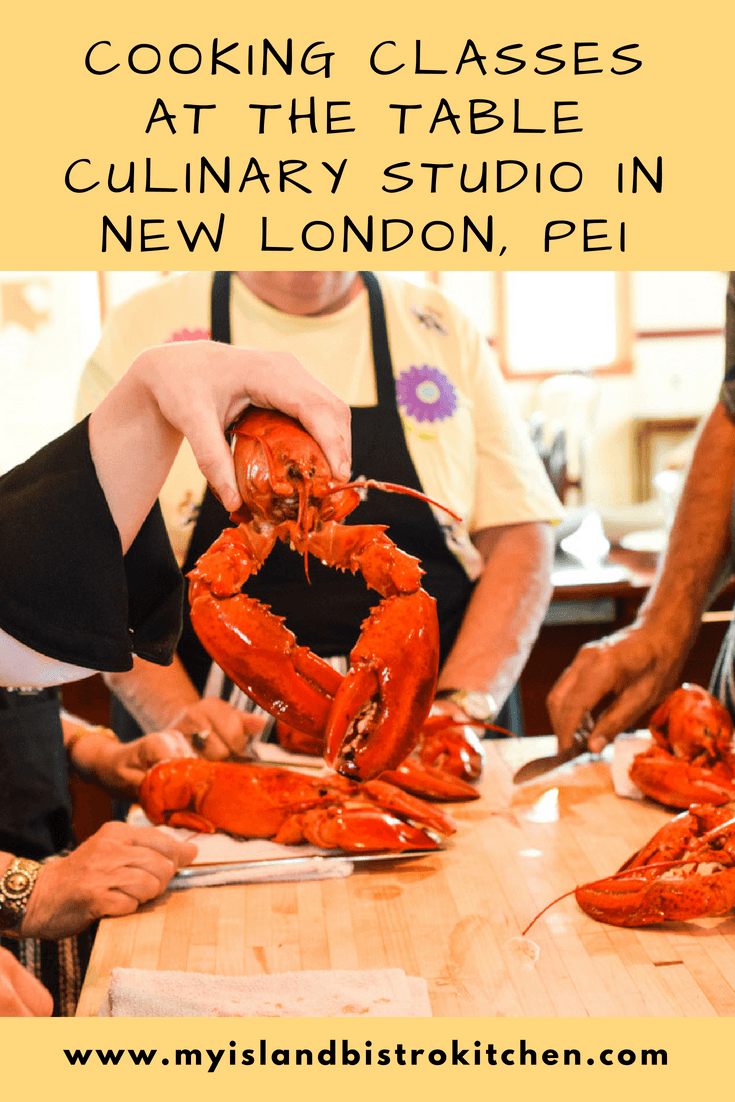
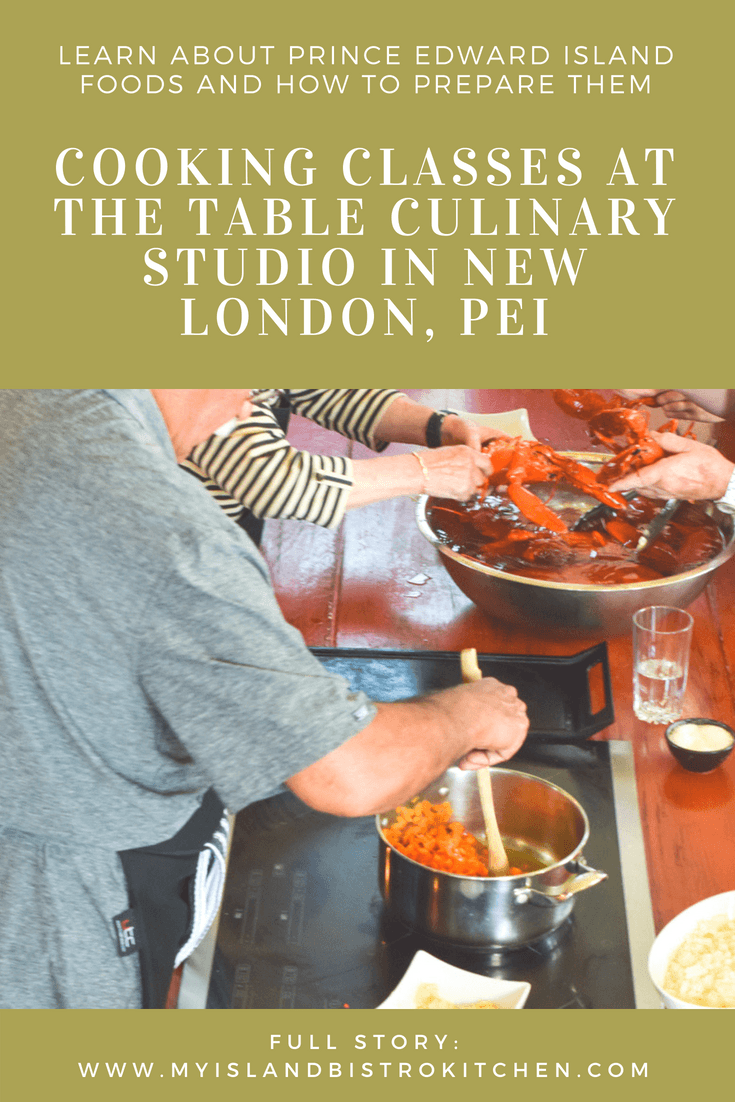
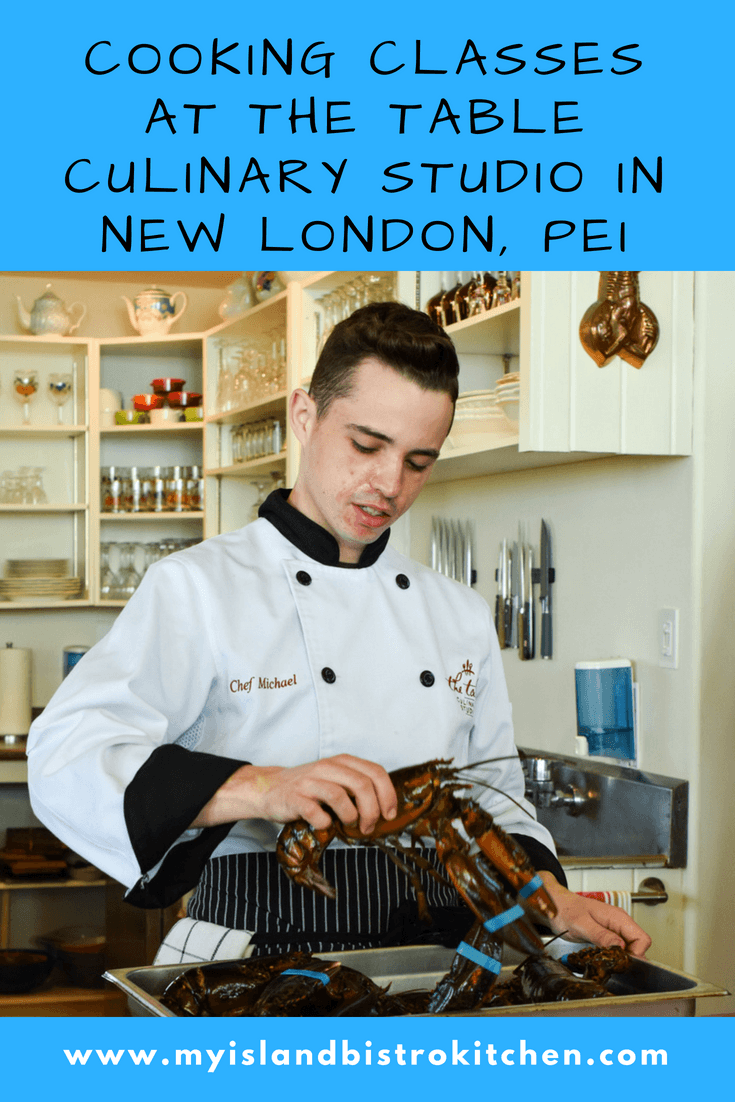
Connect with My Island Bistro Kitchen through the following social media channels:
Facebook – “My Island Bistro Kitchen”
Twitter – “PEIBistro”
Instagram – “peibistro”
My thanks to The Table Culinary Studio for the opportunity to experience their “Bounty of the Sea” cooking class and for the fine hospitality. My participation in the class was complimentary for the purpose of conducting a review of the “Bounty of the Sea” cooking class. However, this in no way influenced my opinions of the class experience. All opinions expressed in this review are purely my own.




